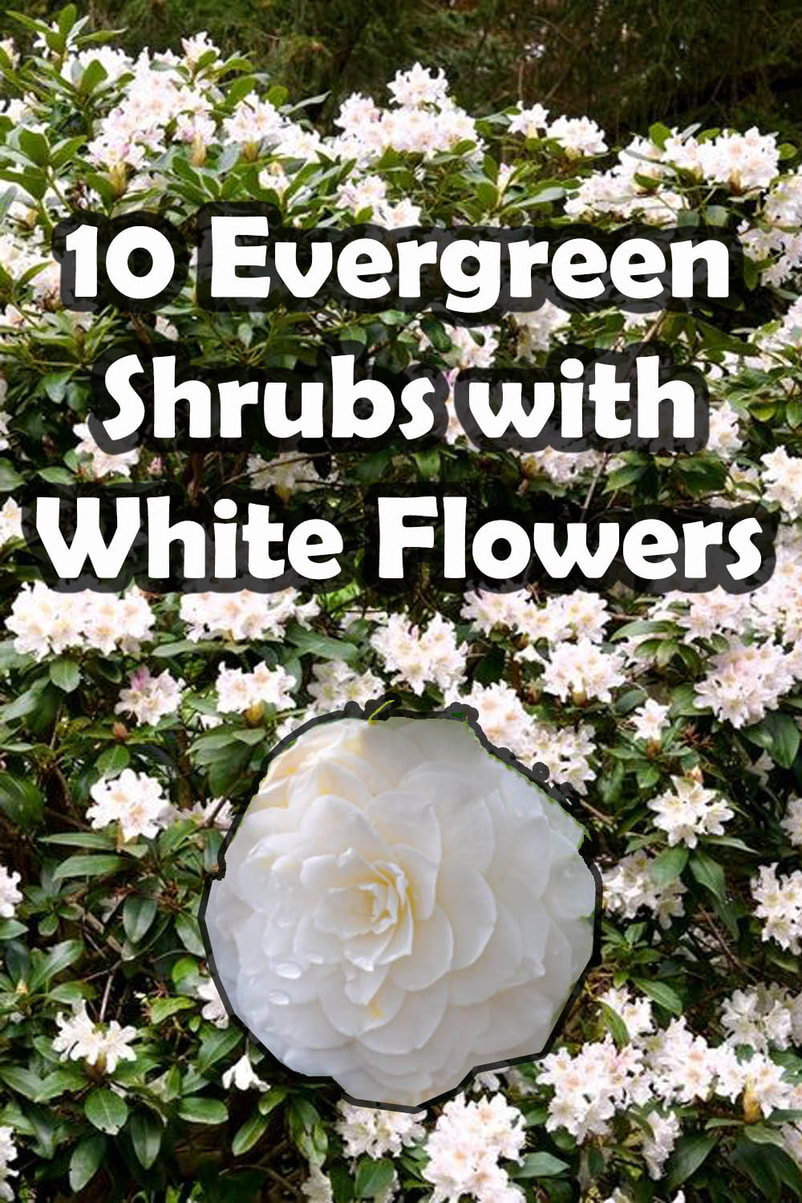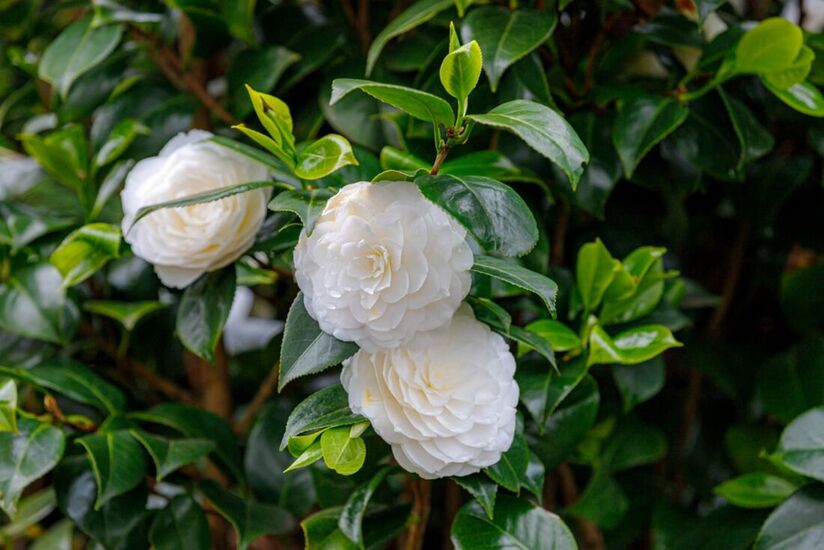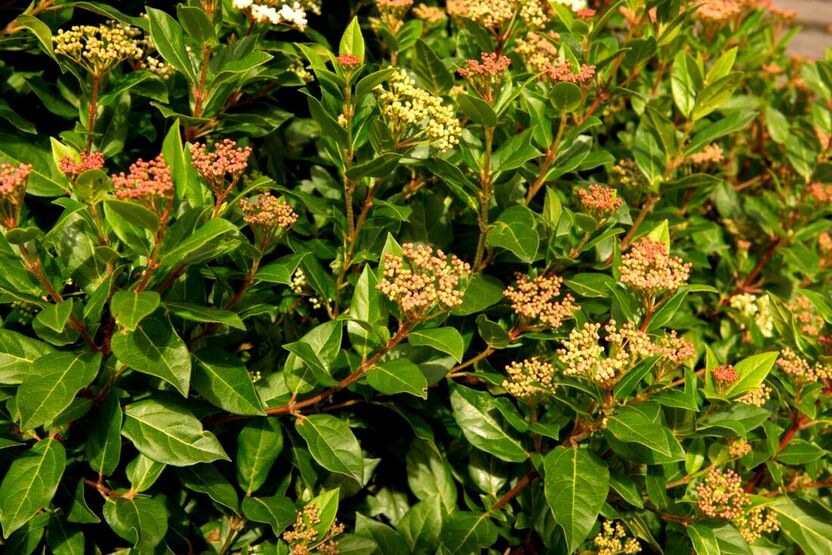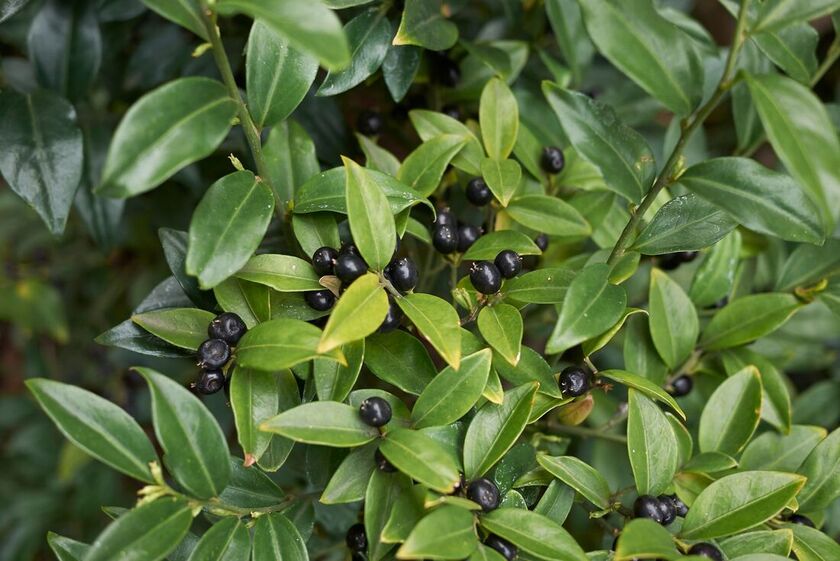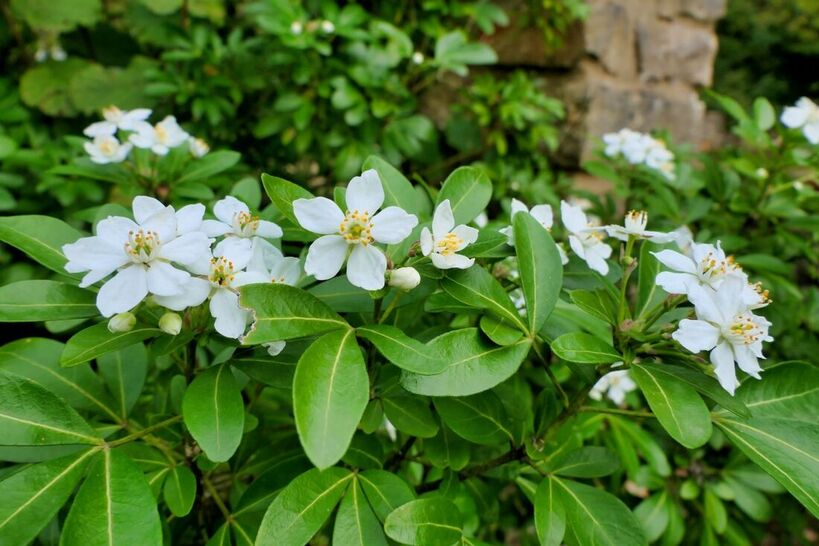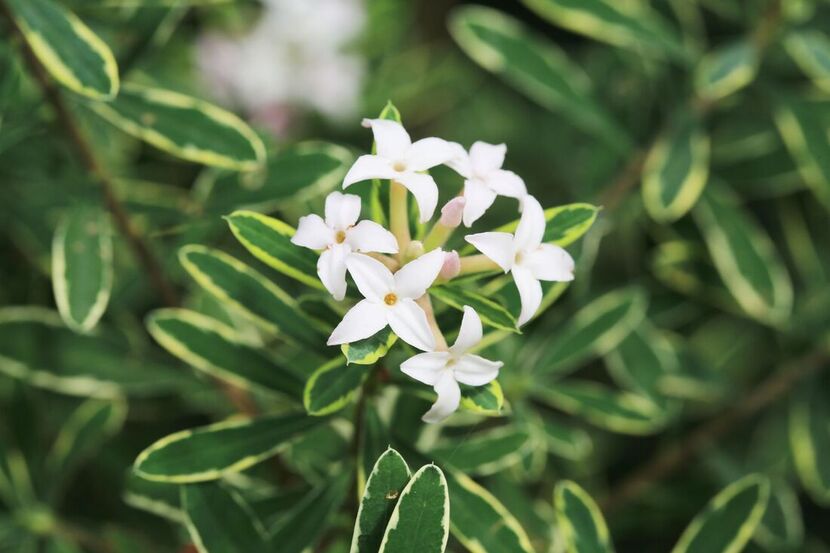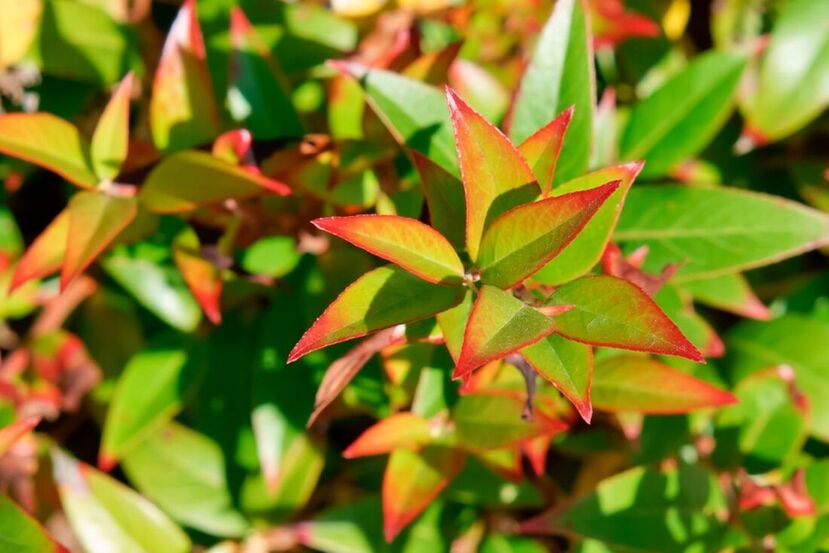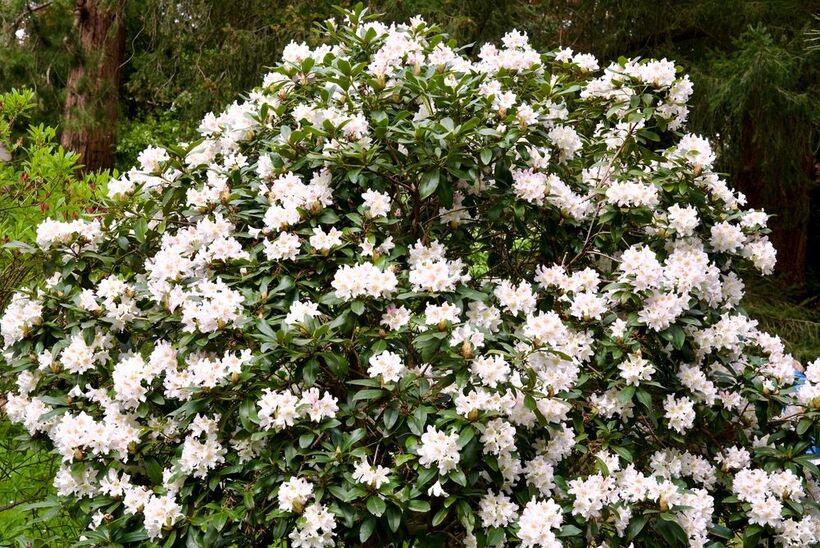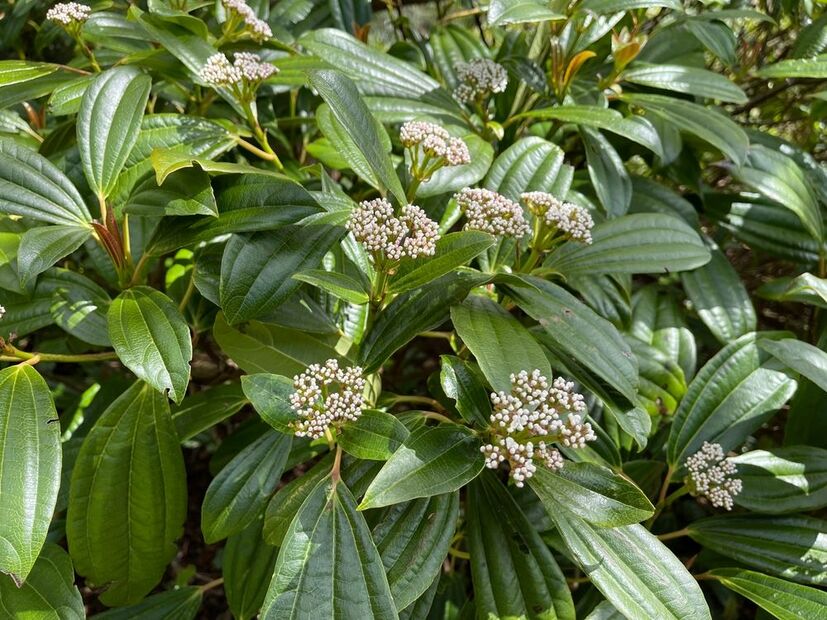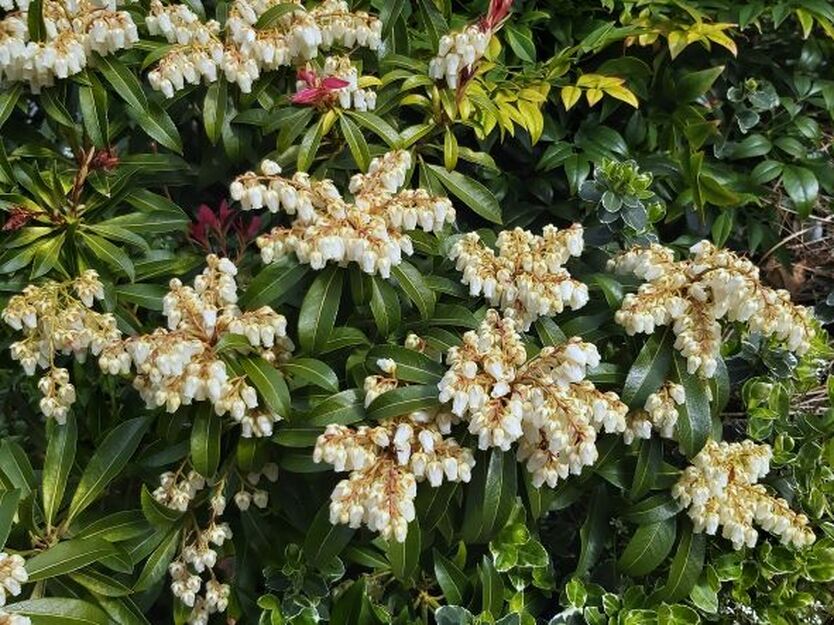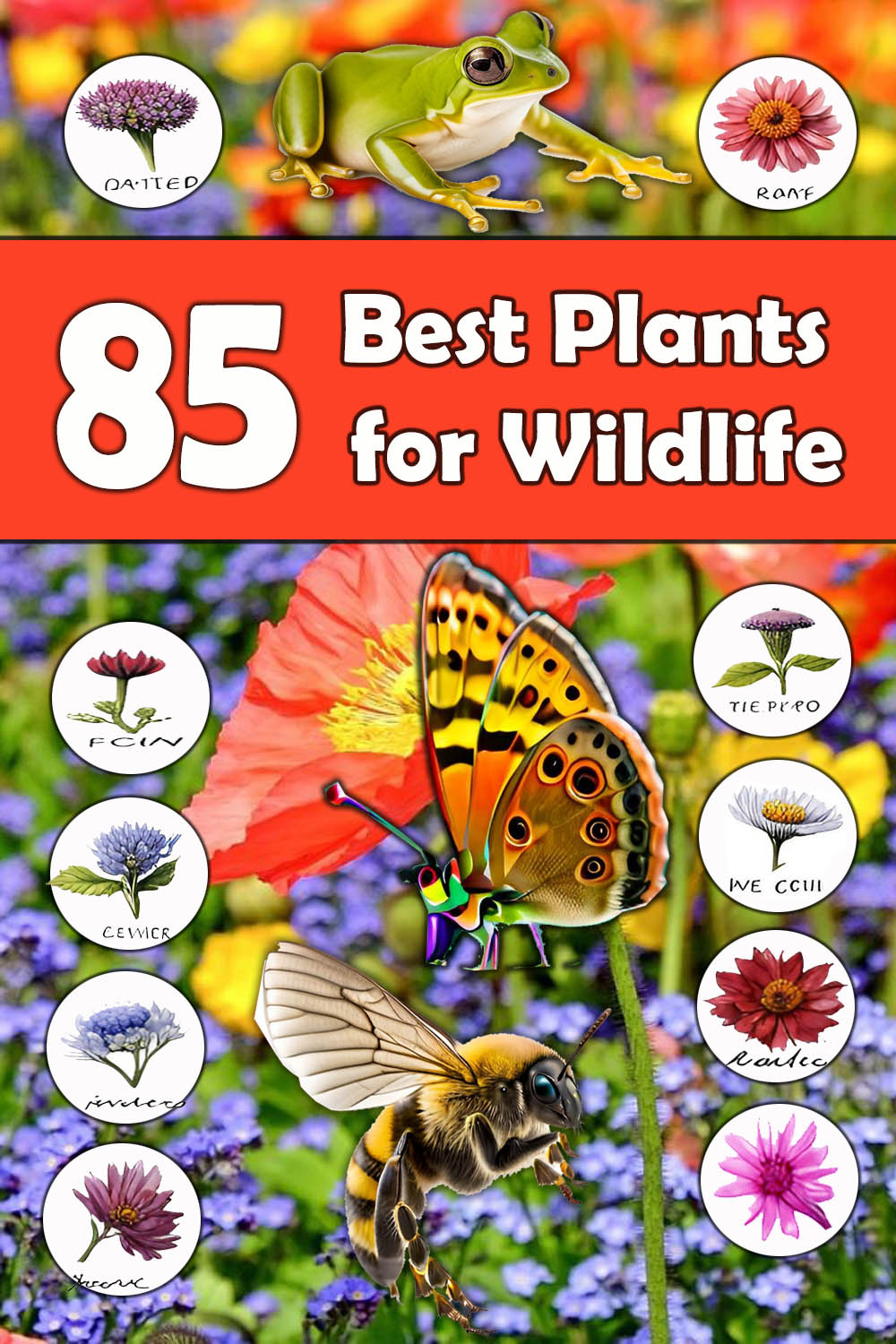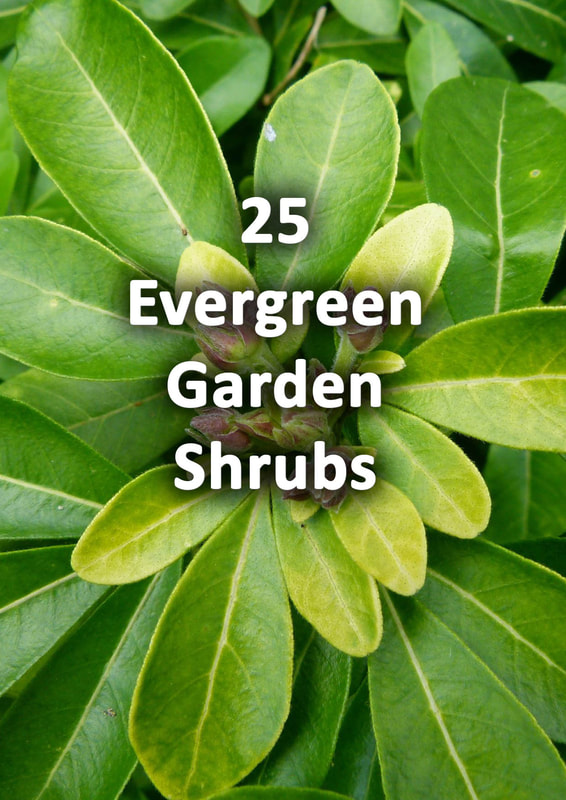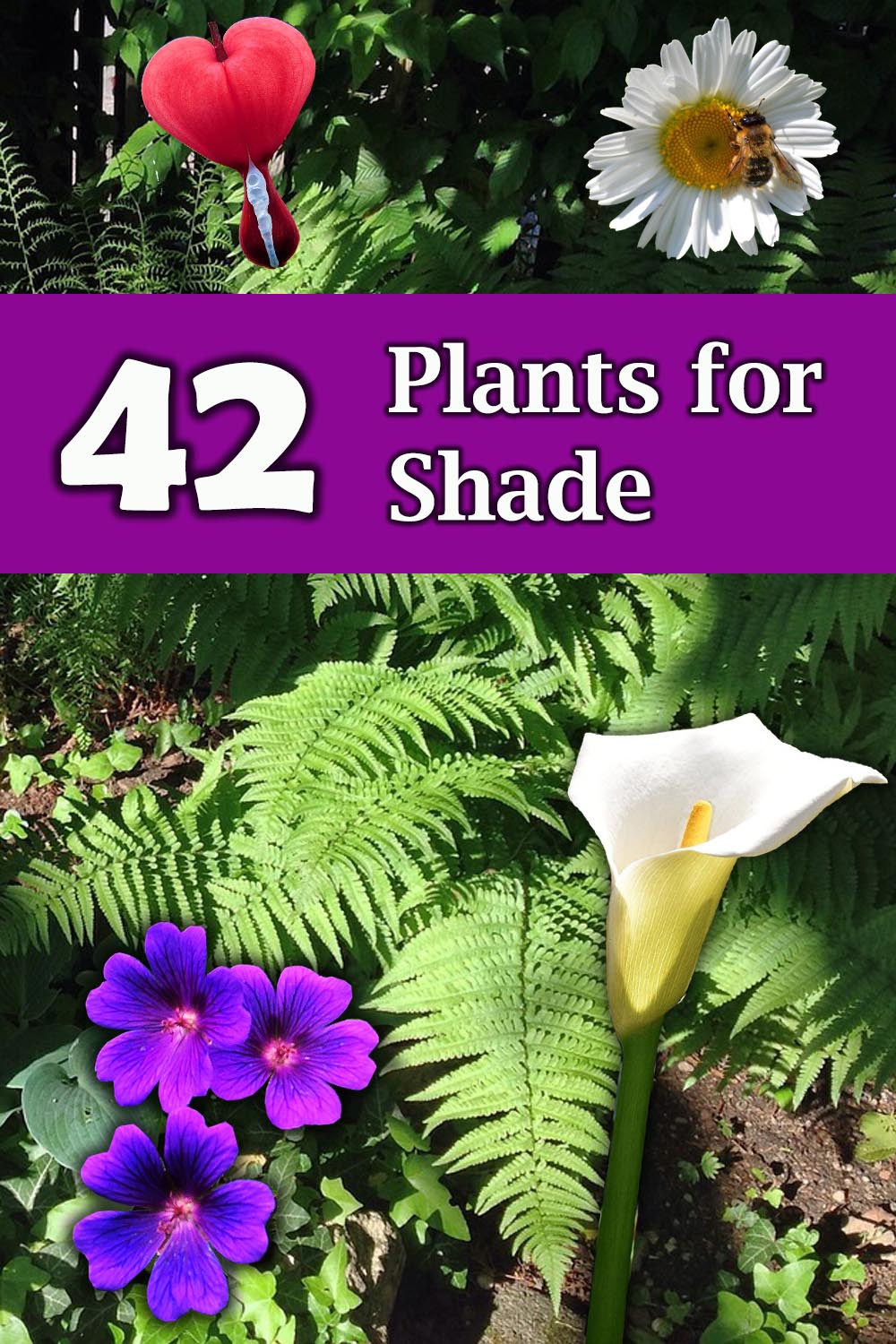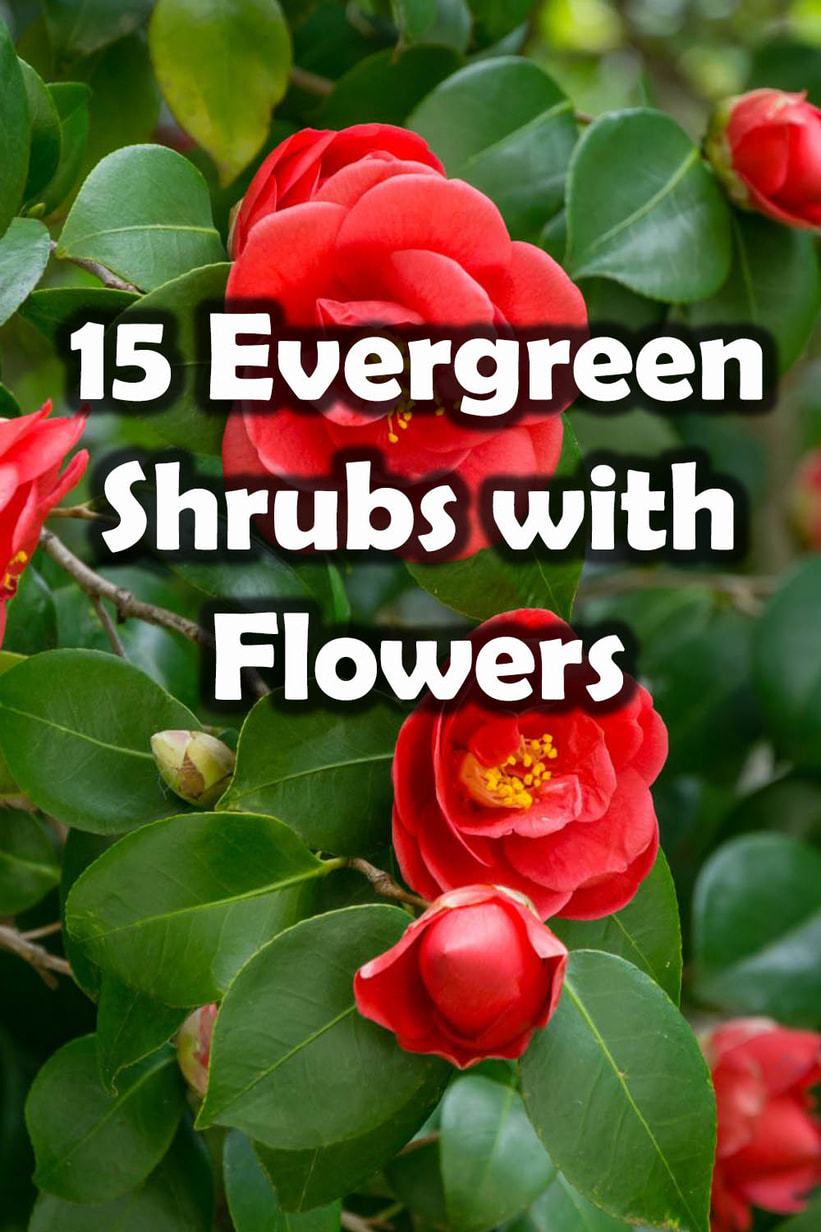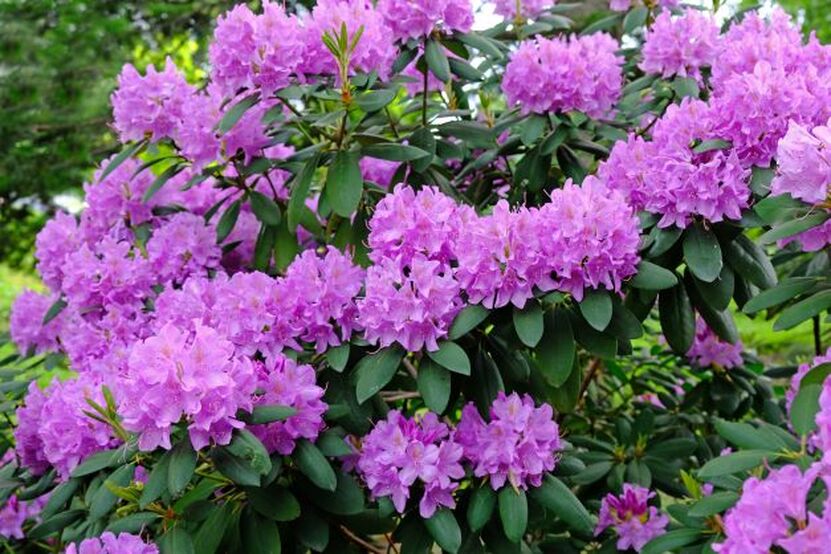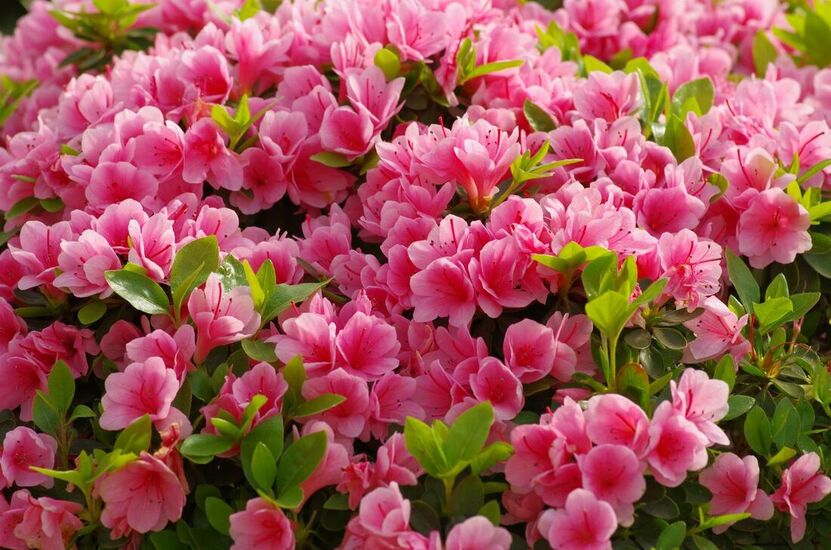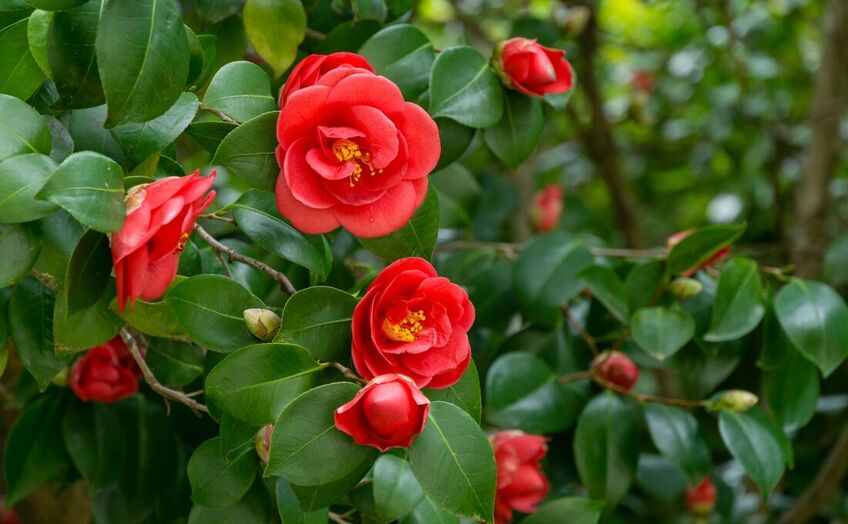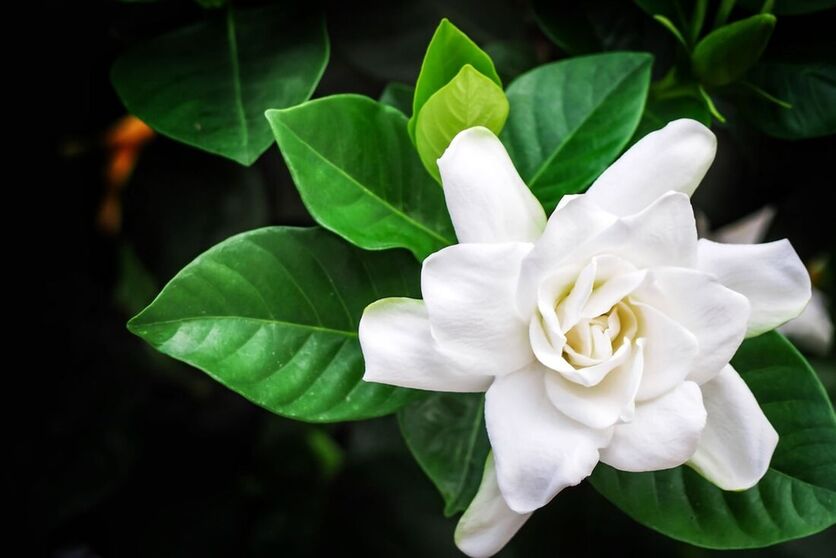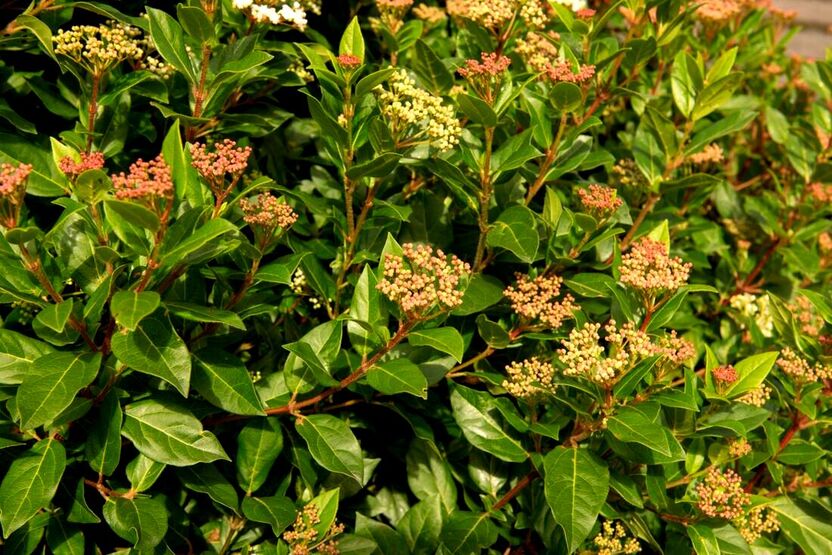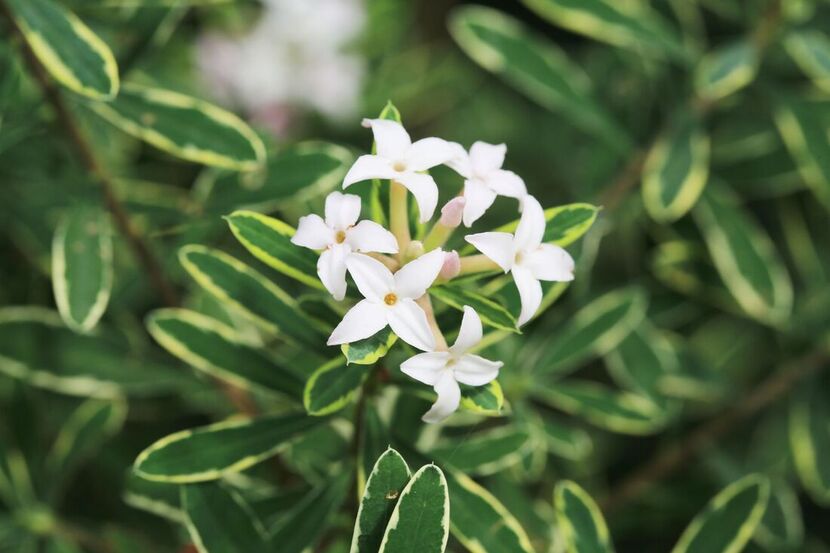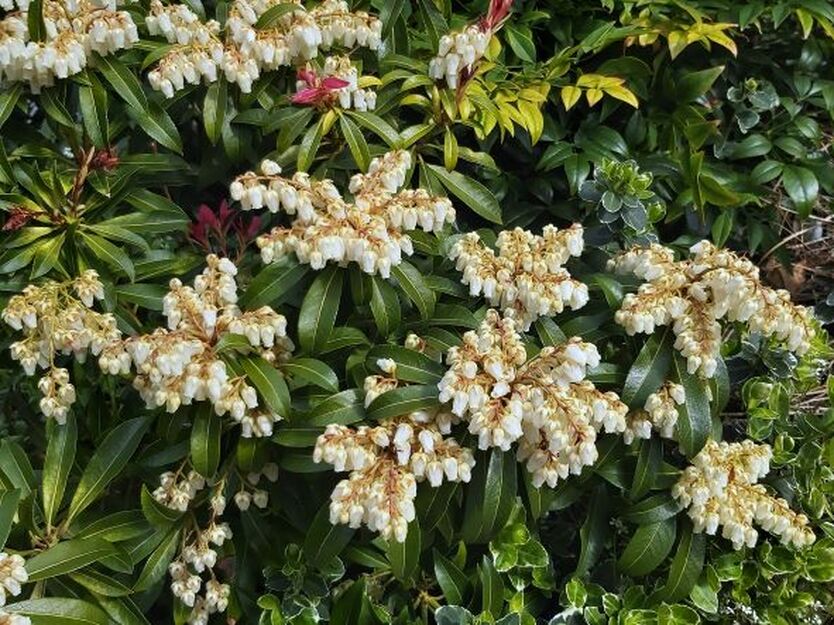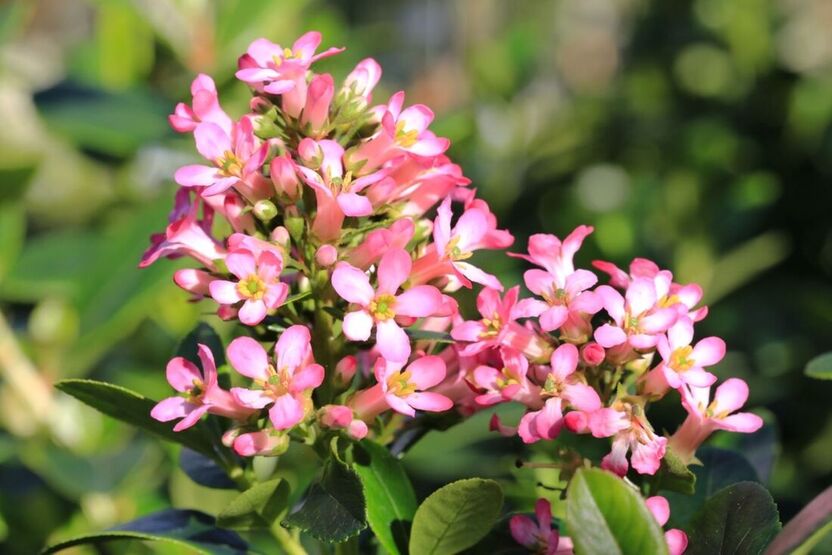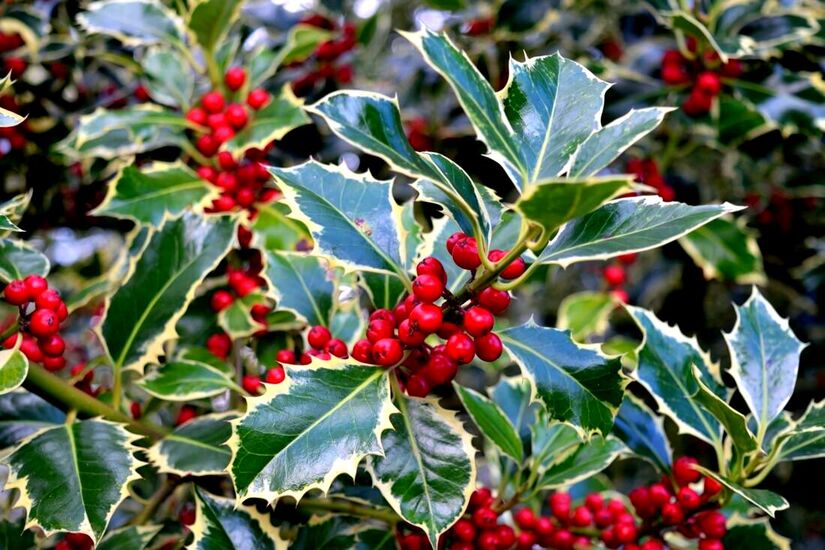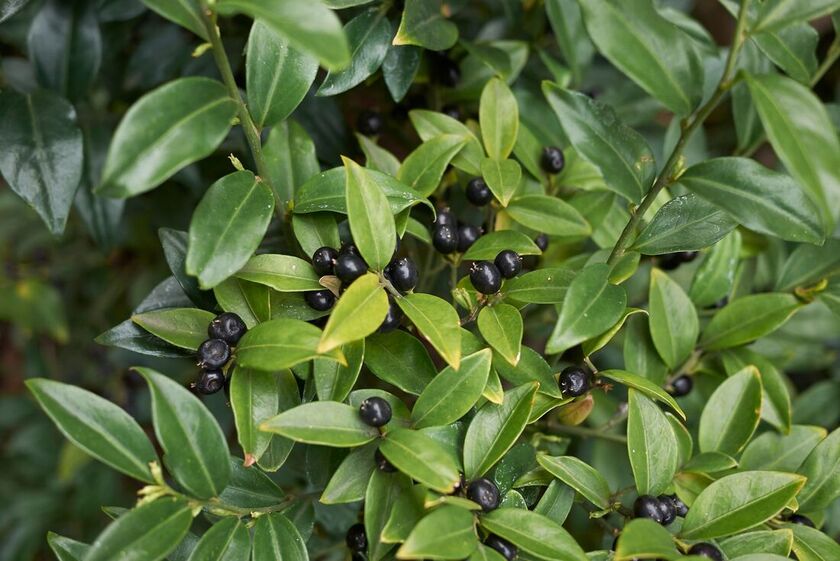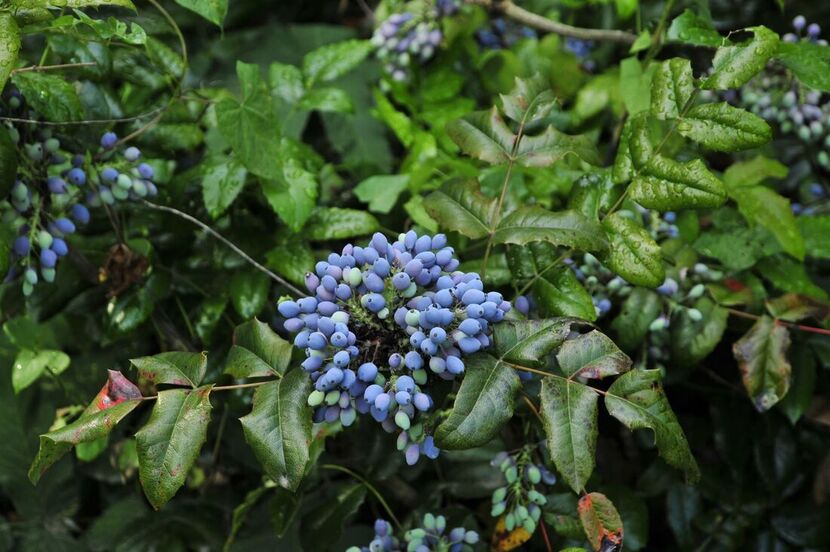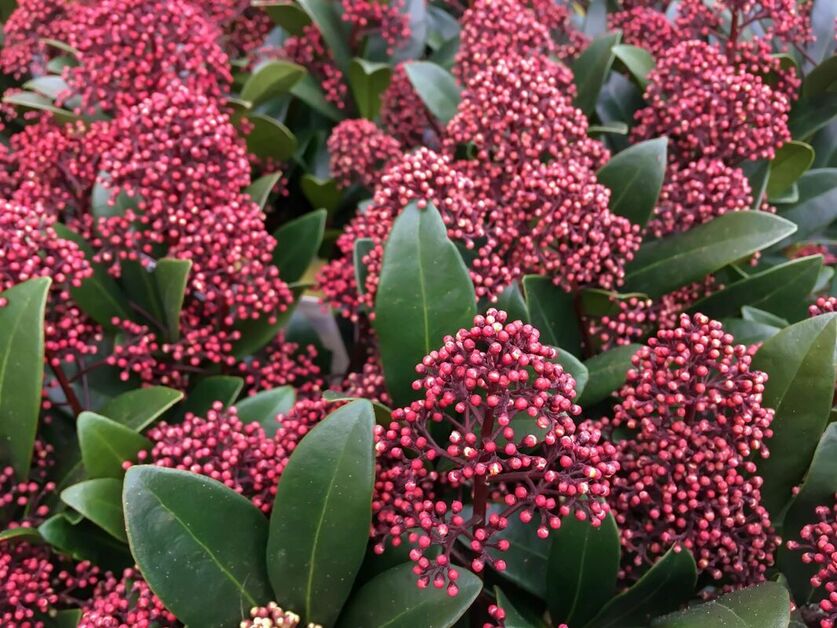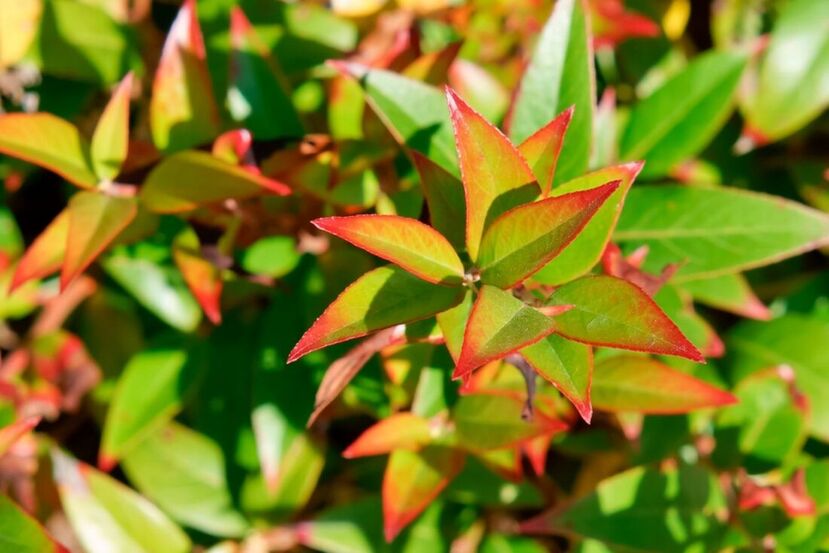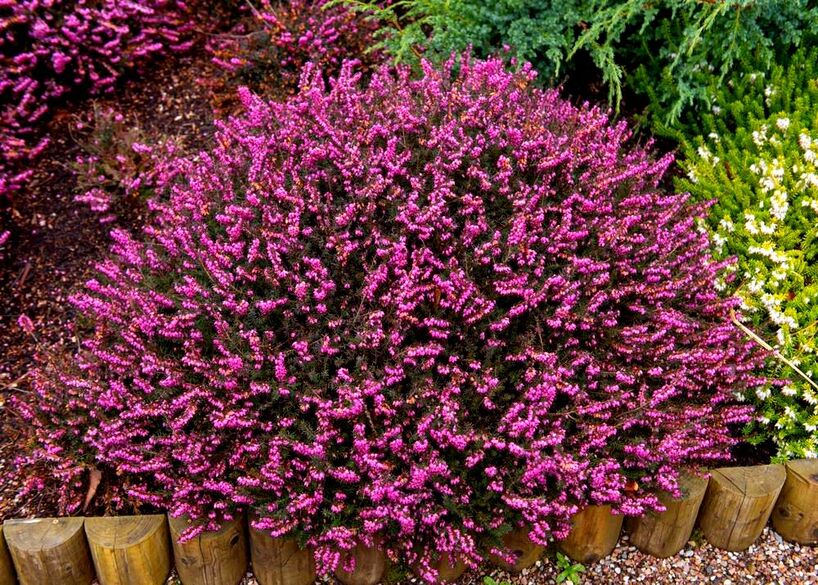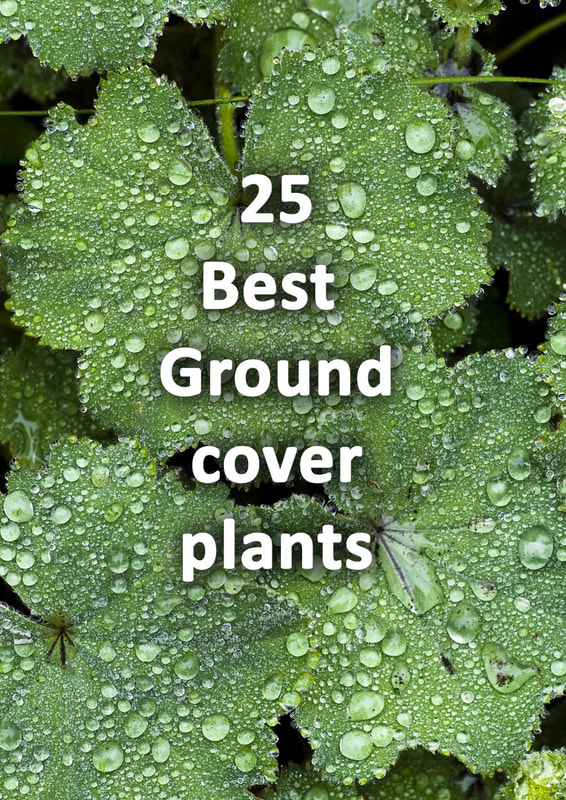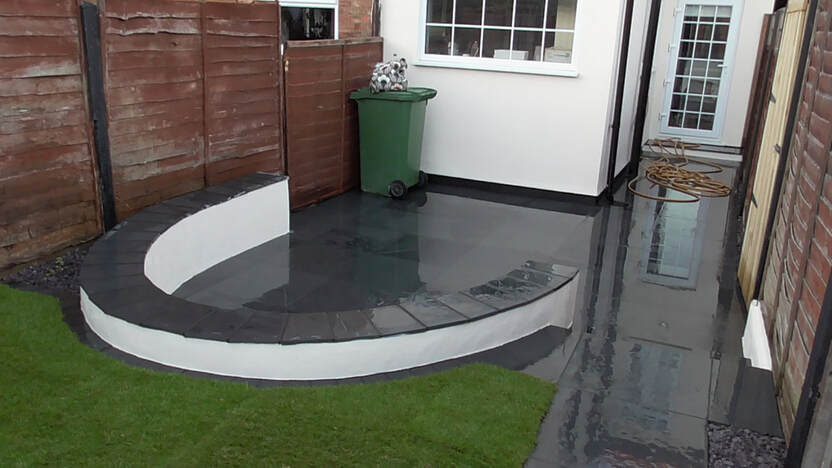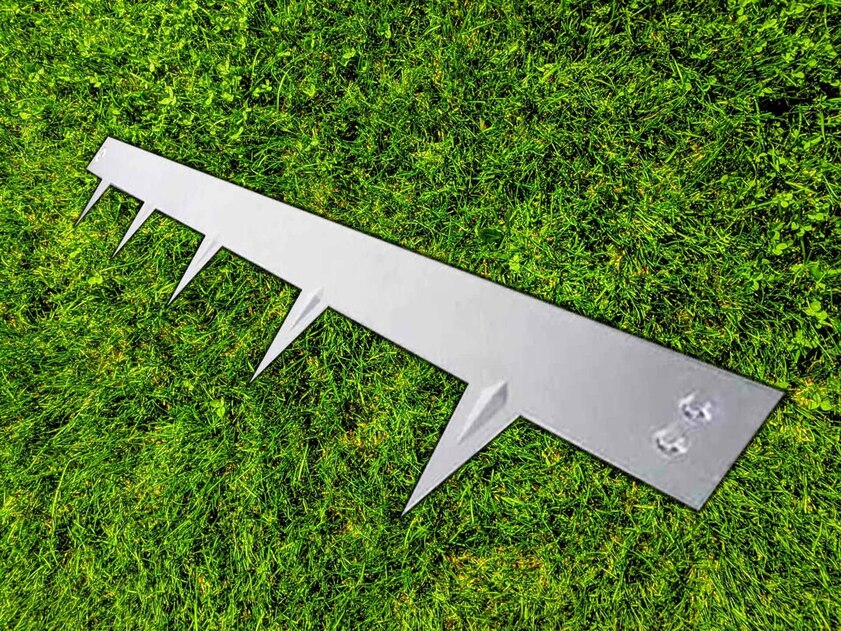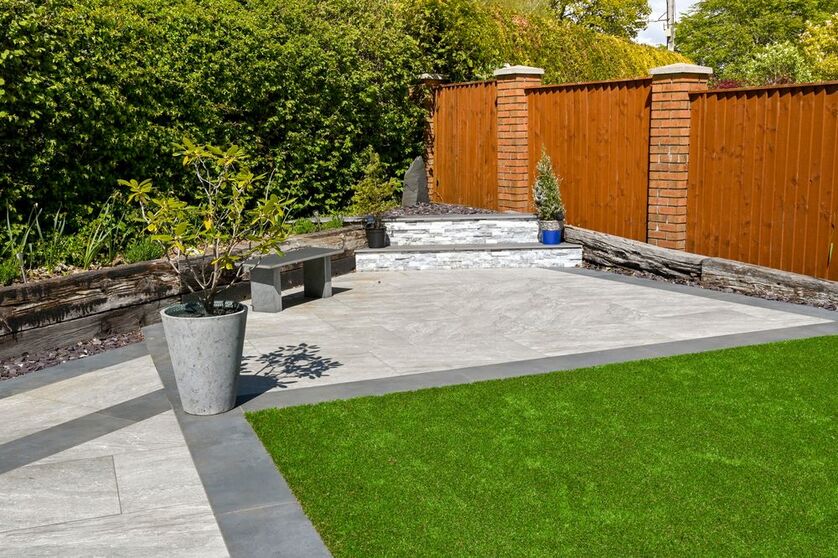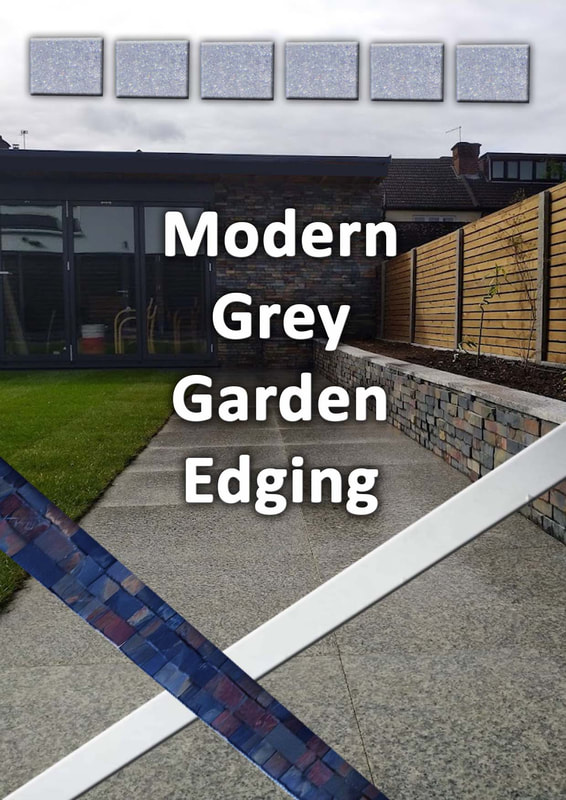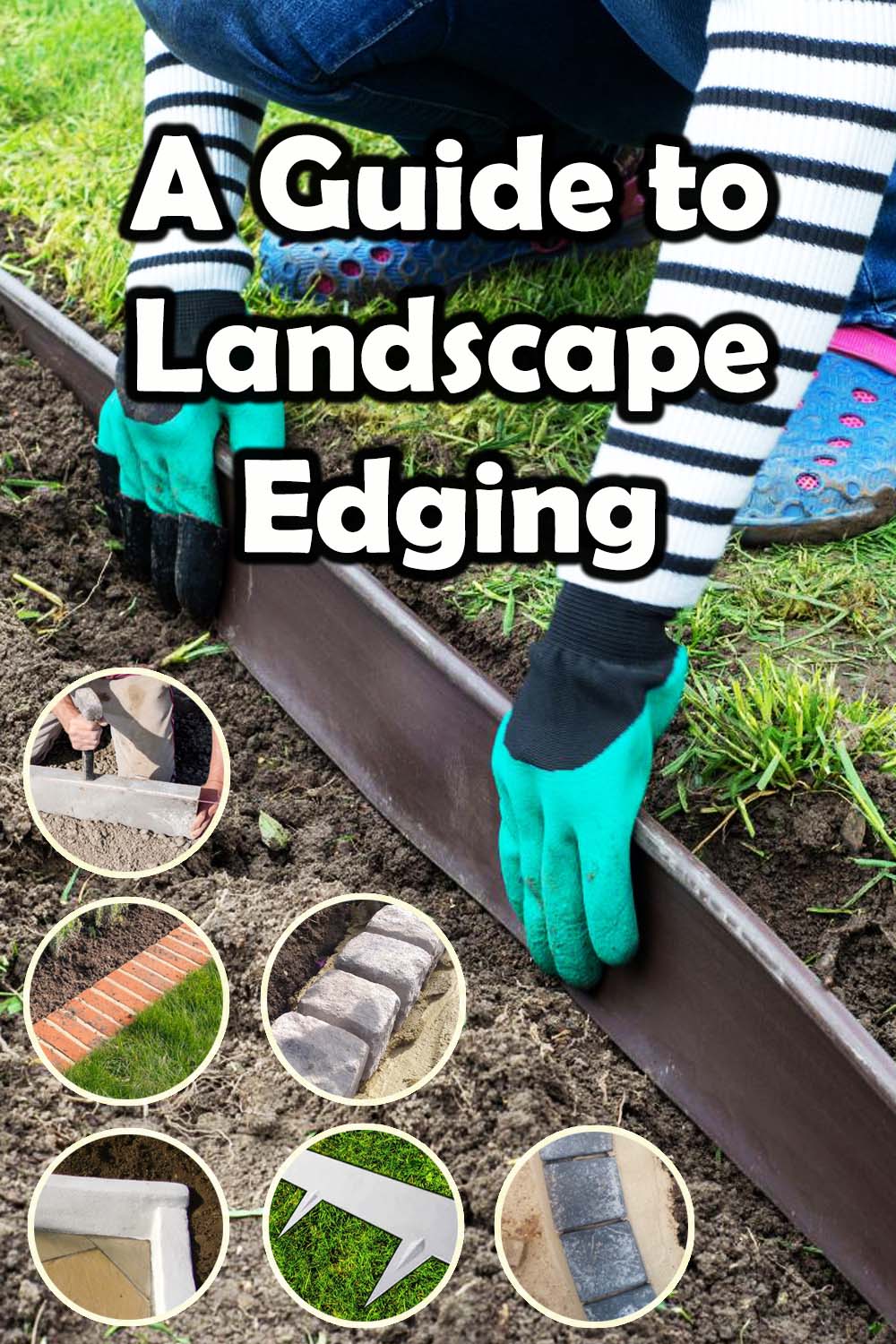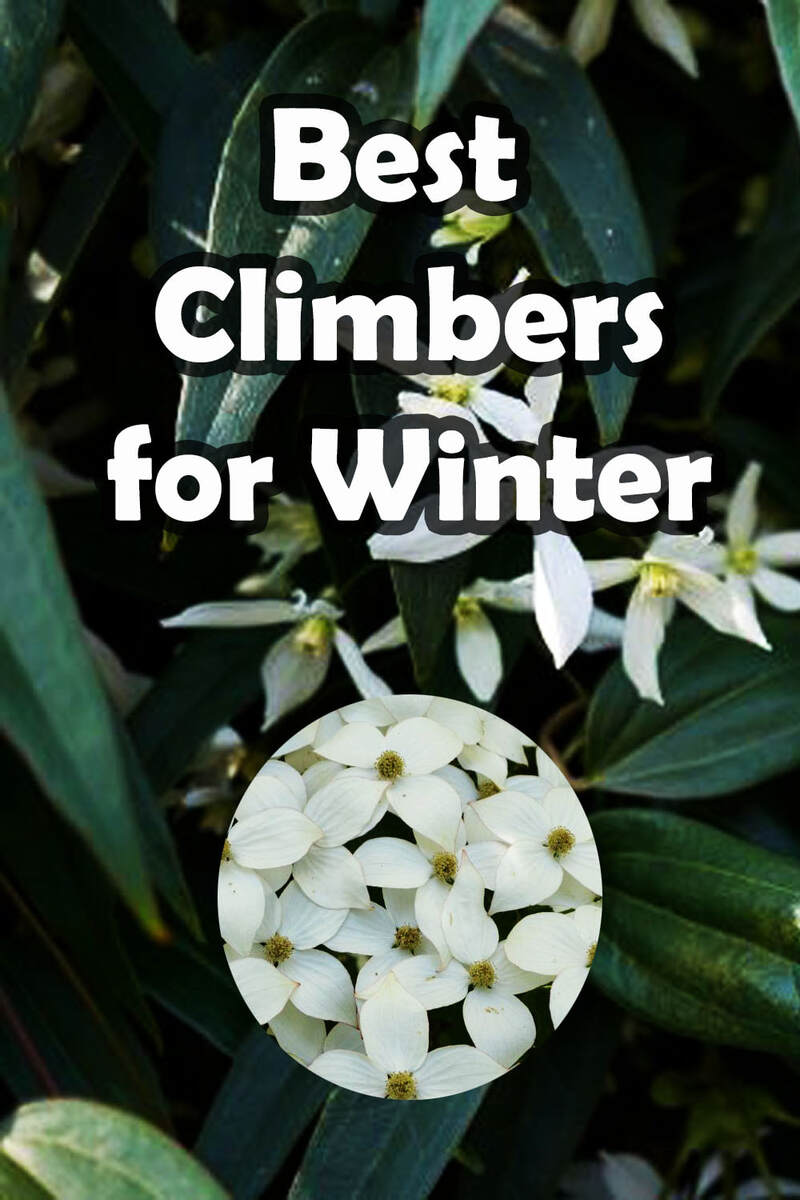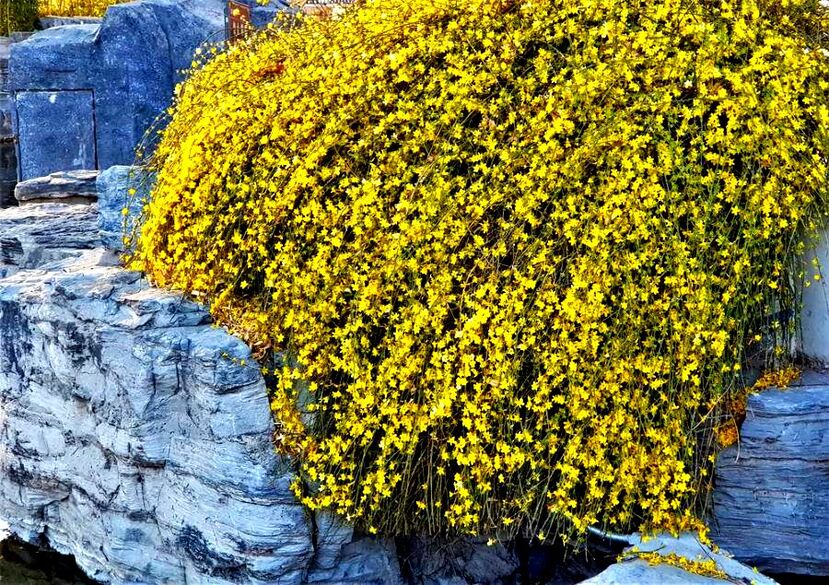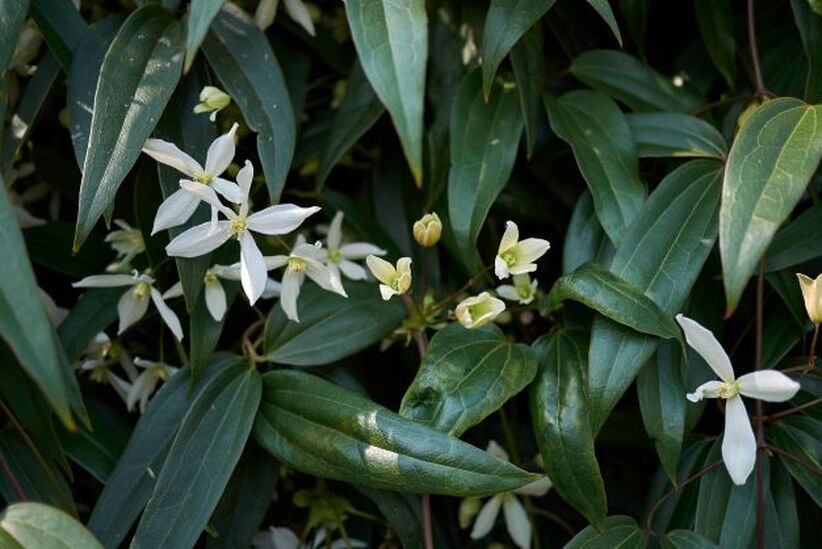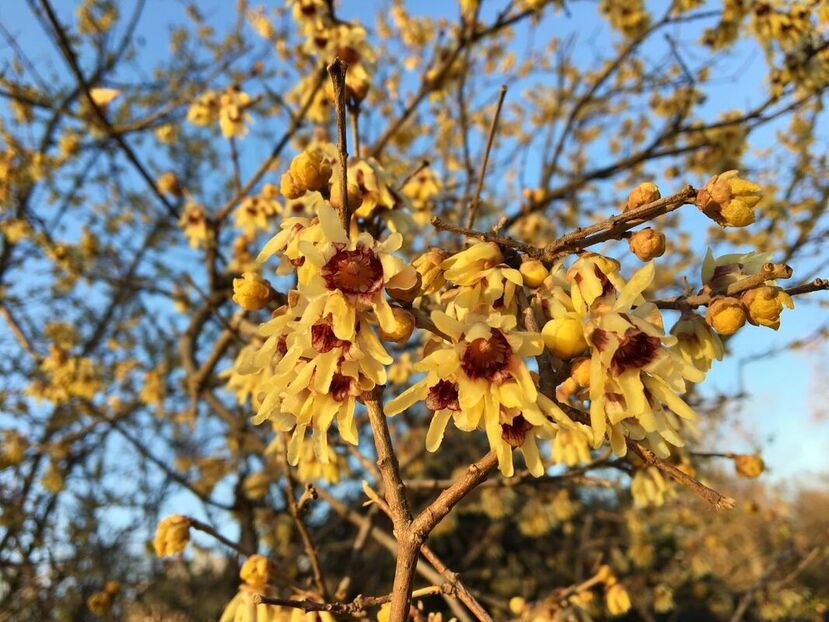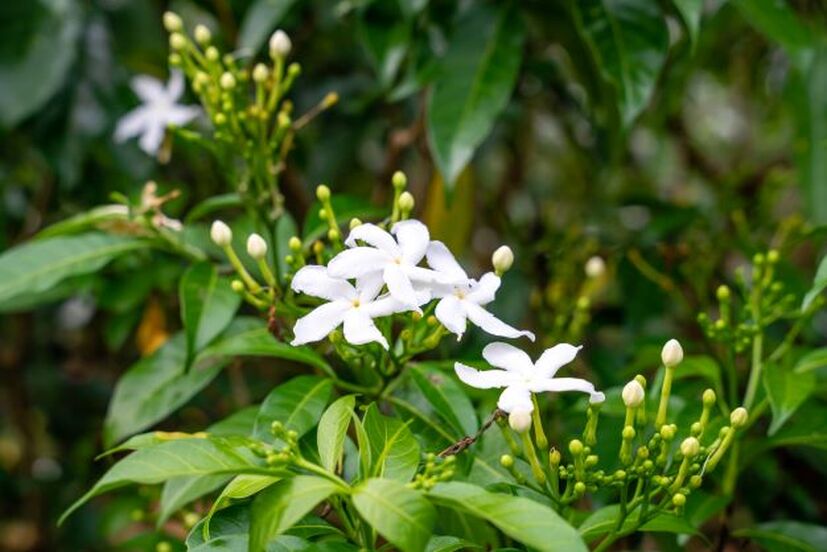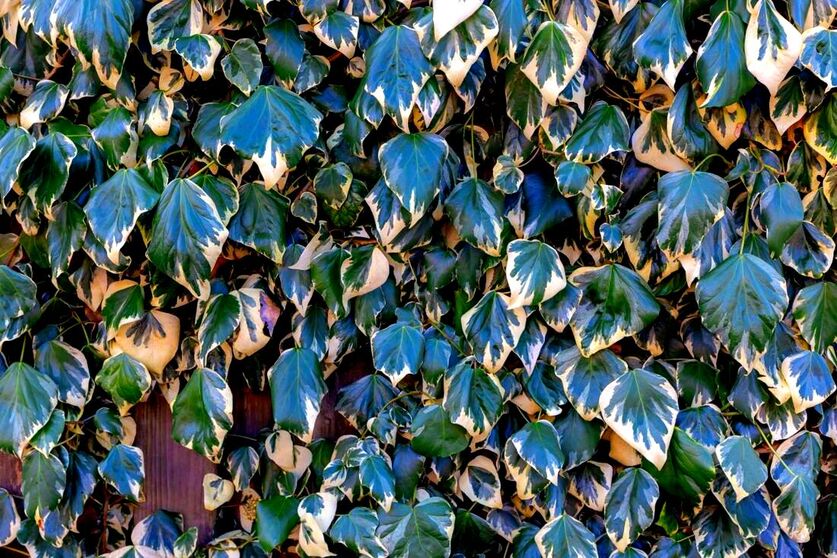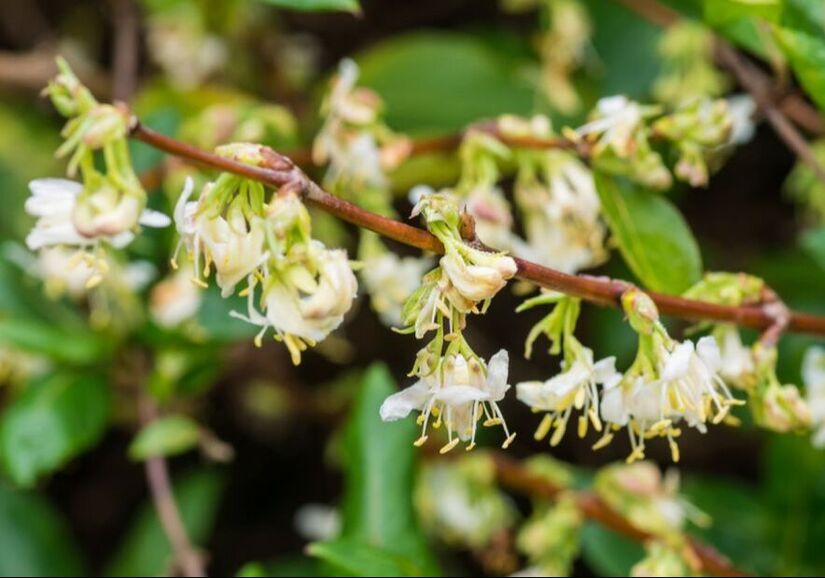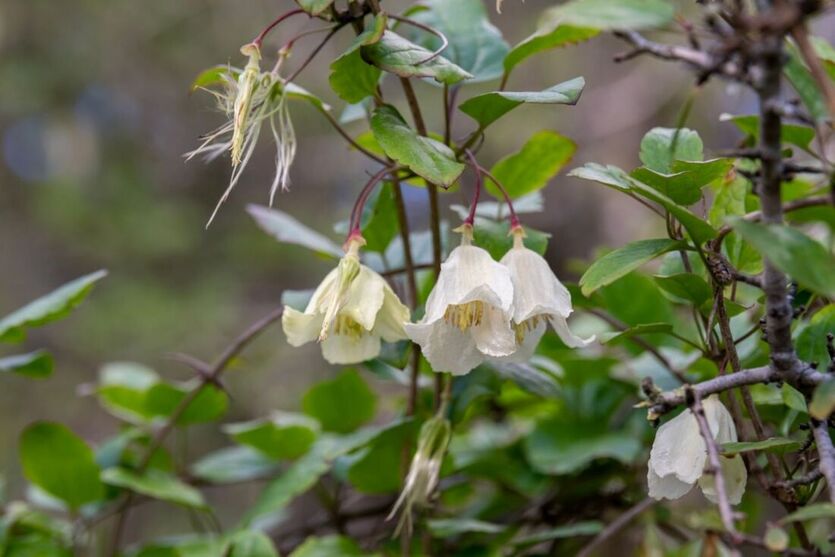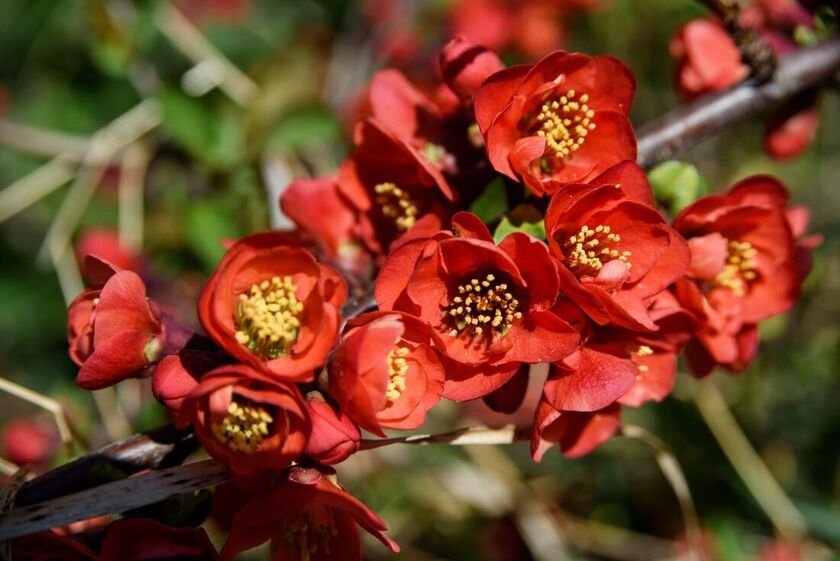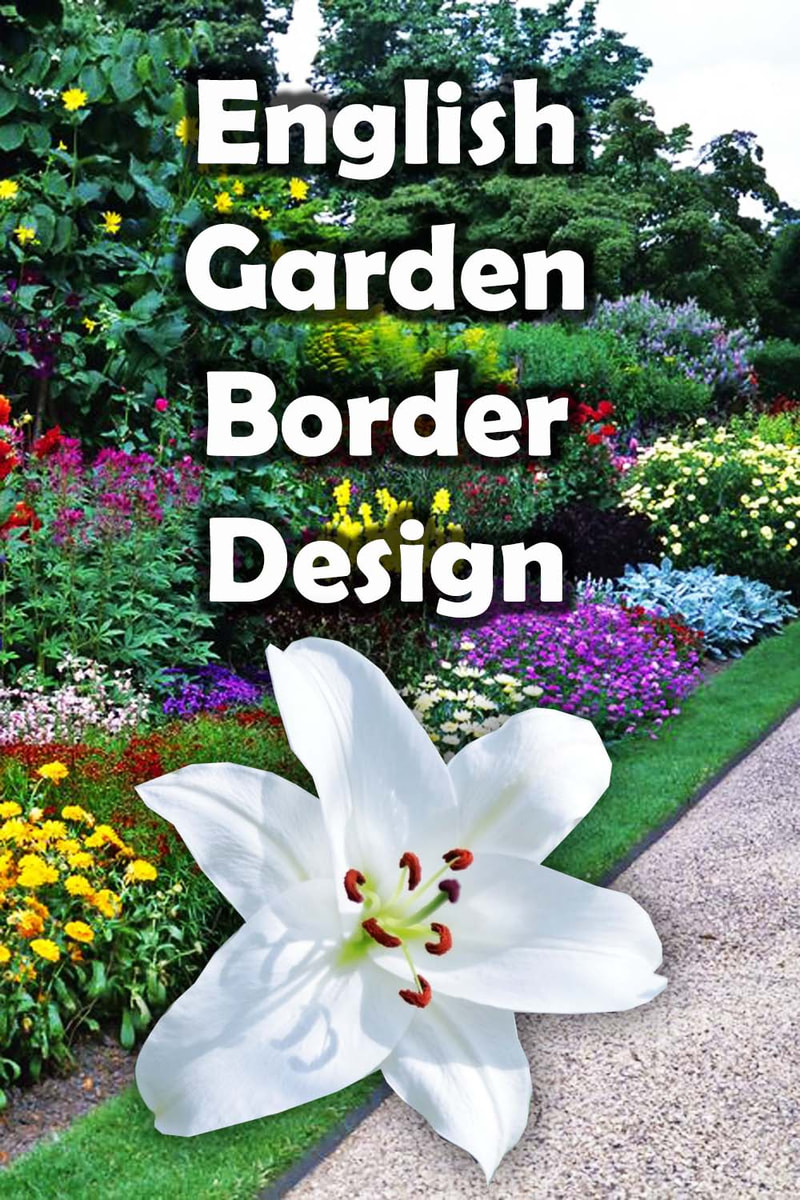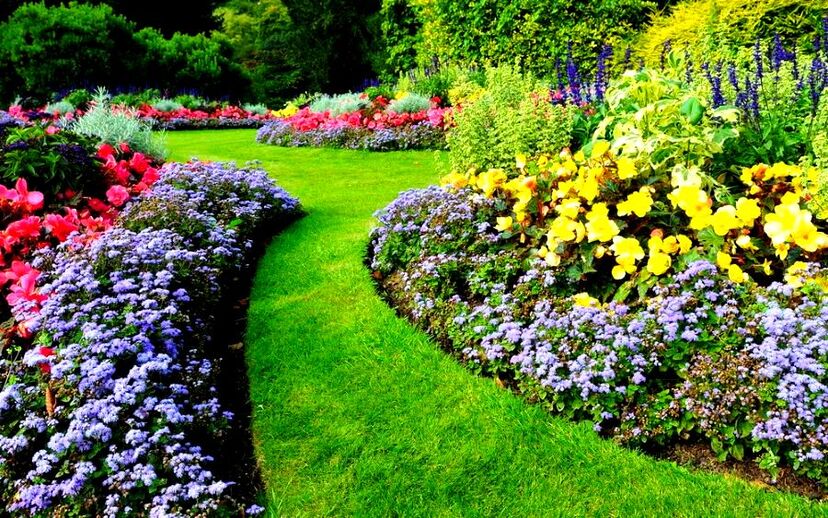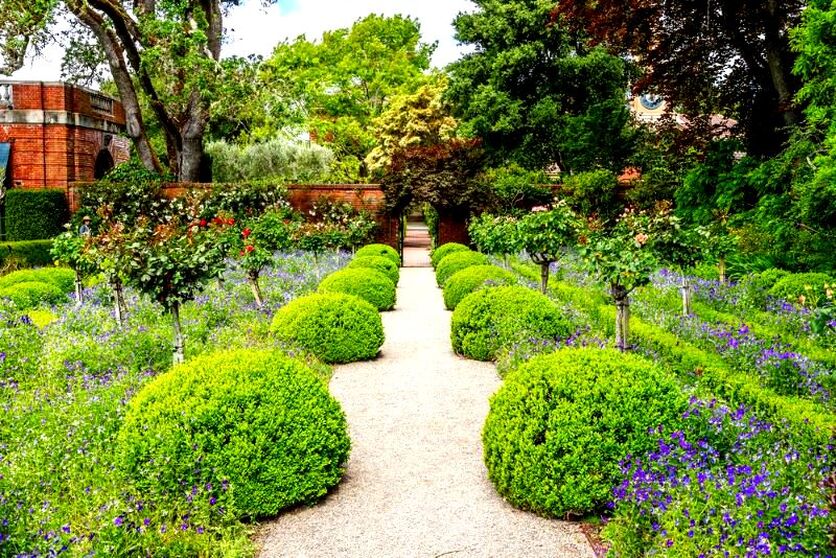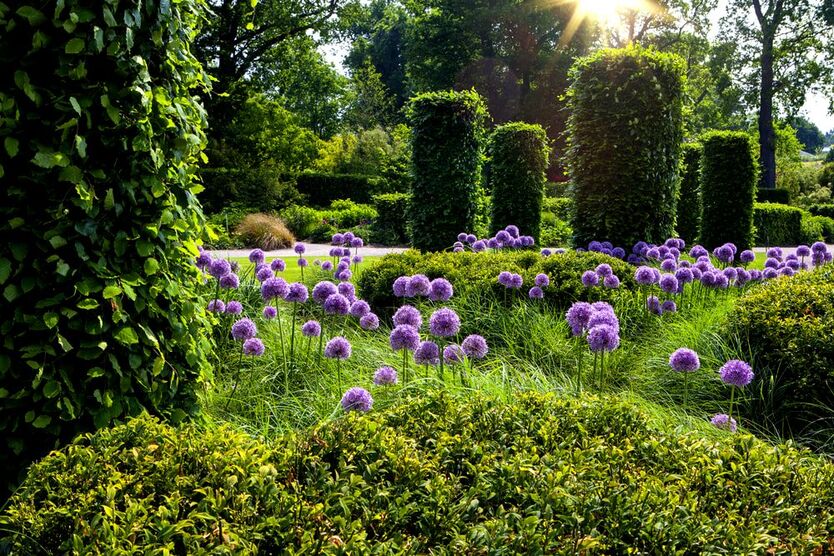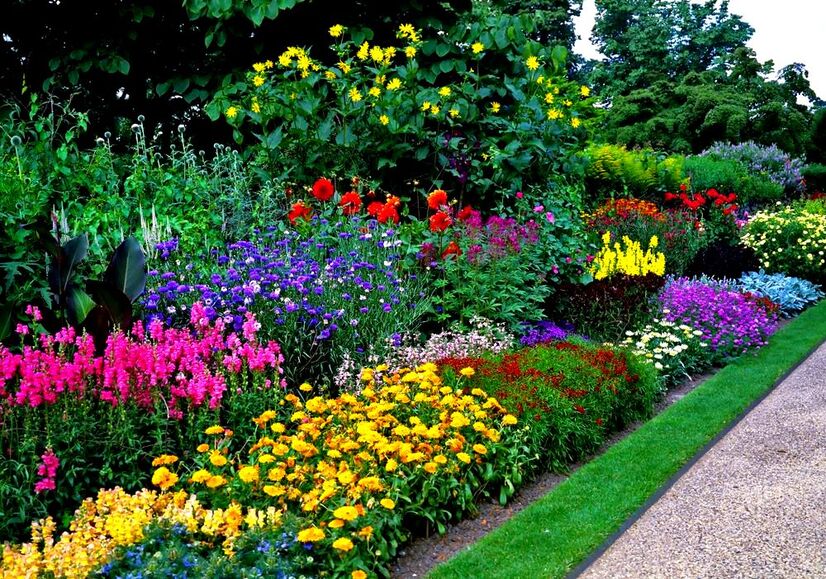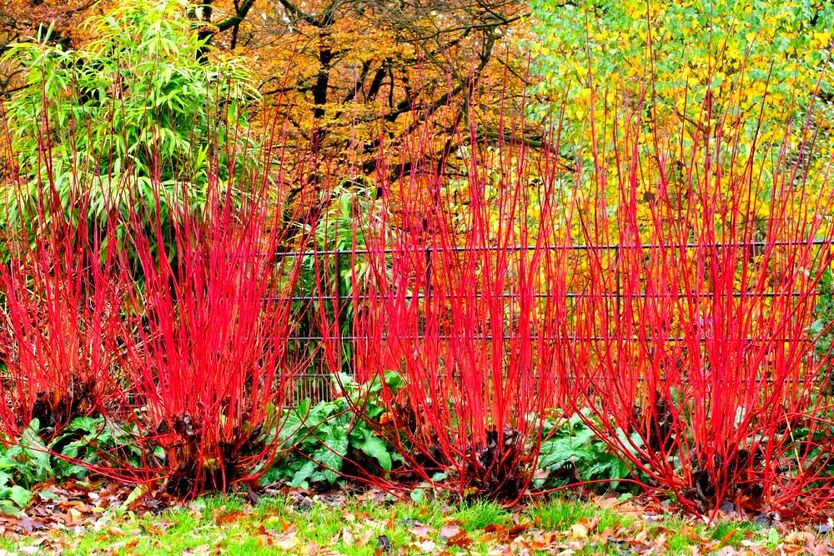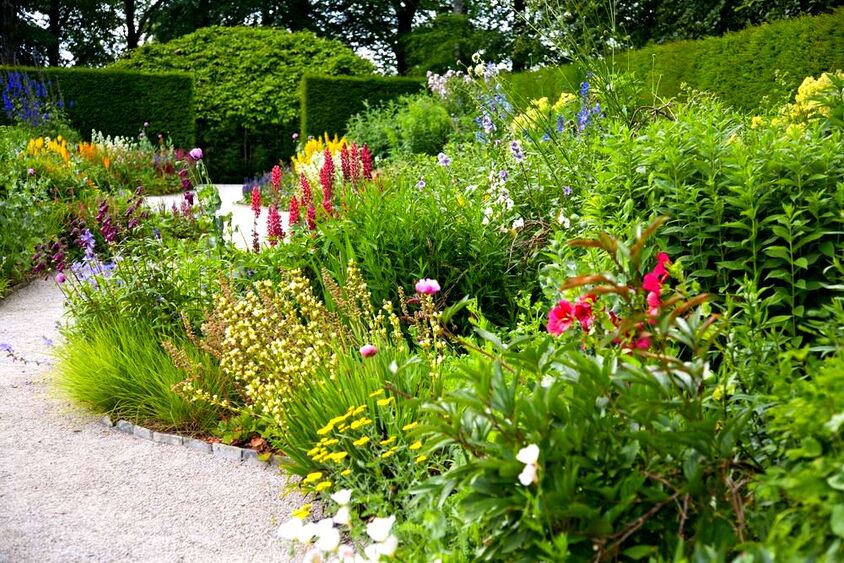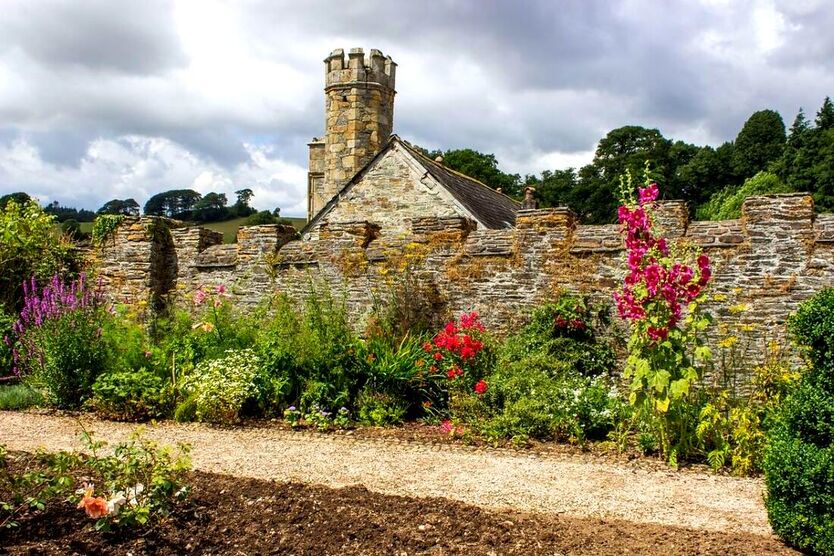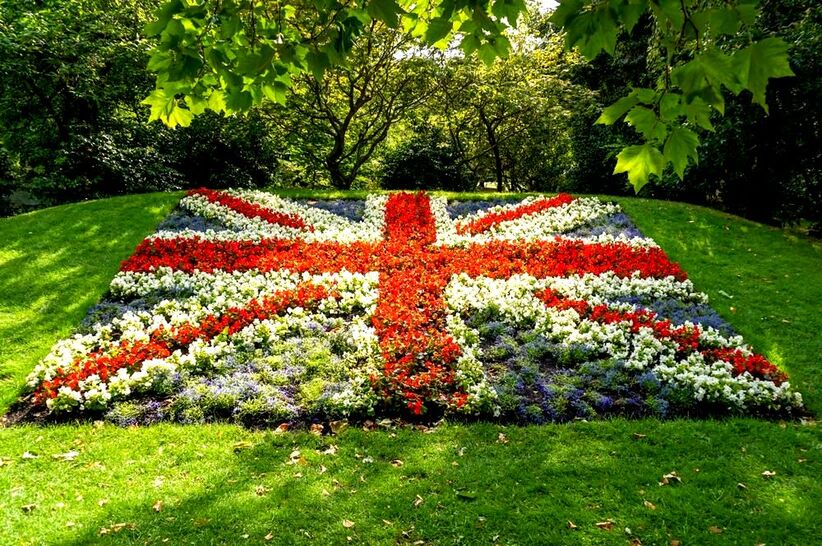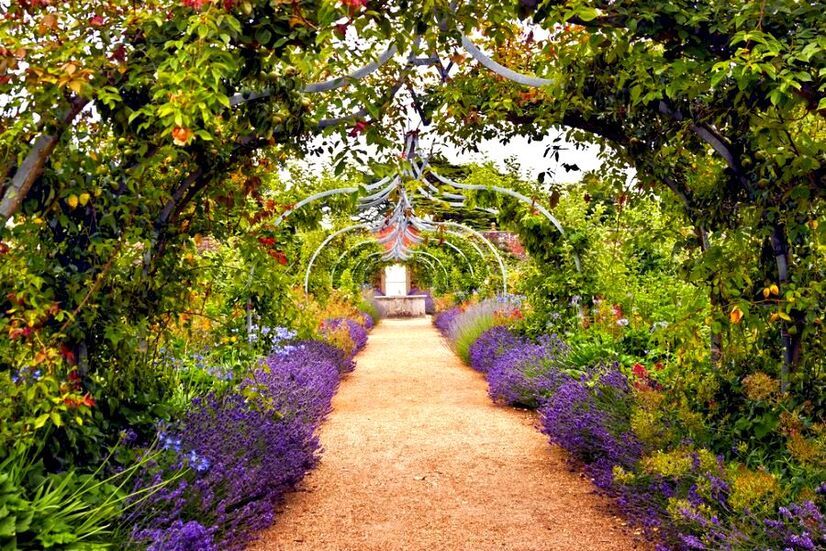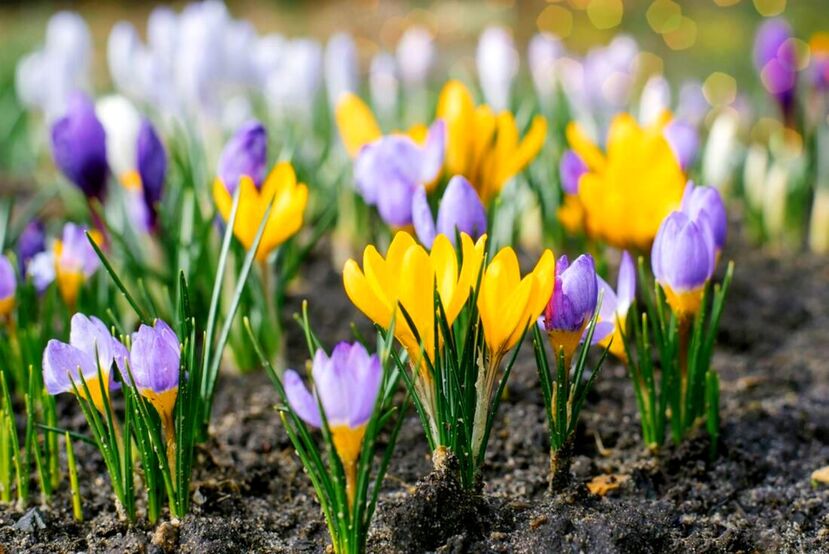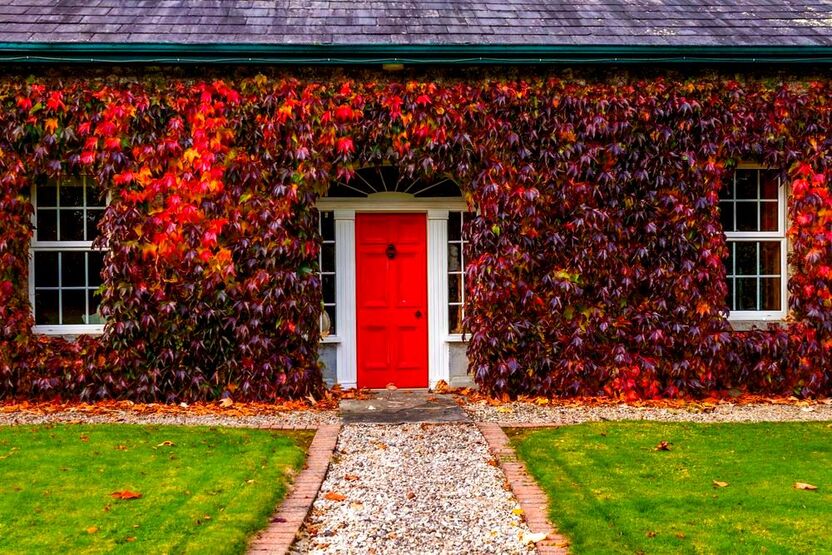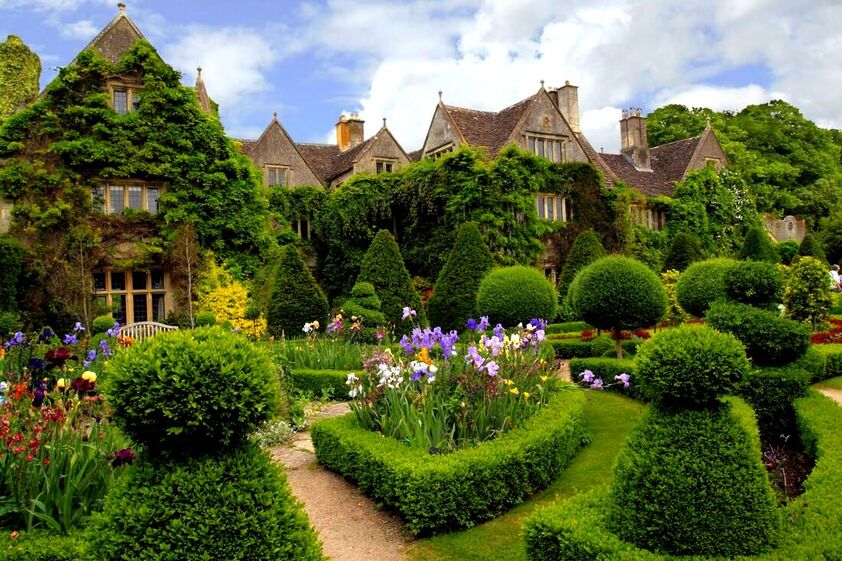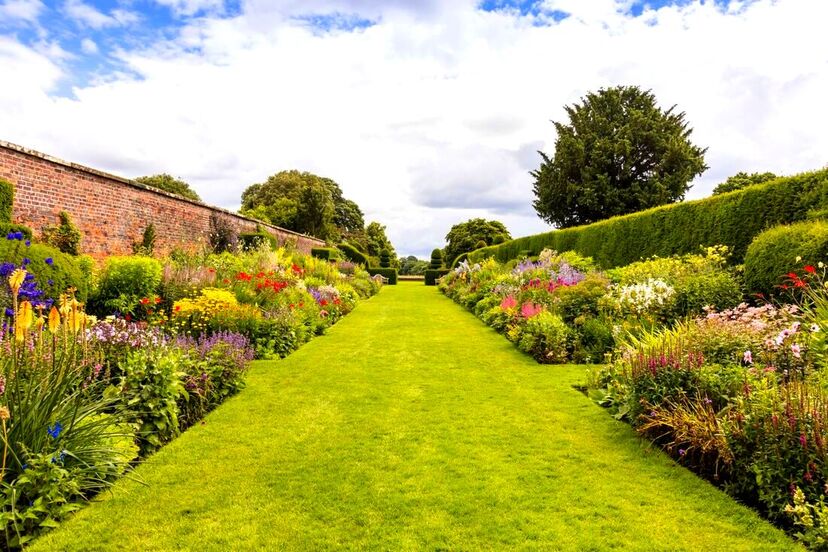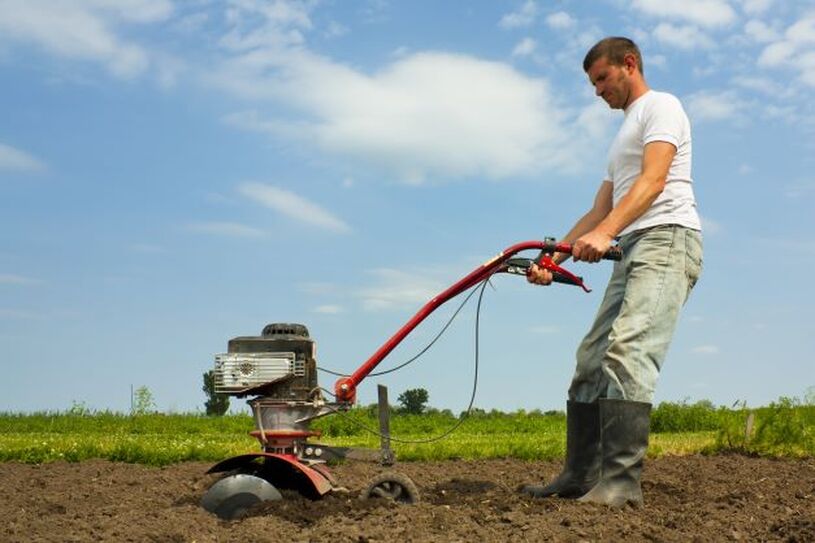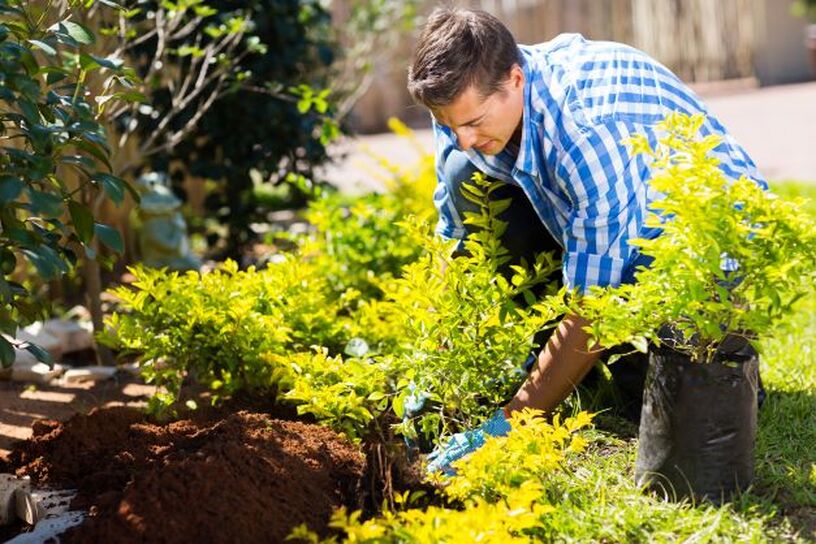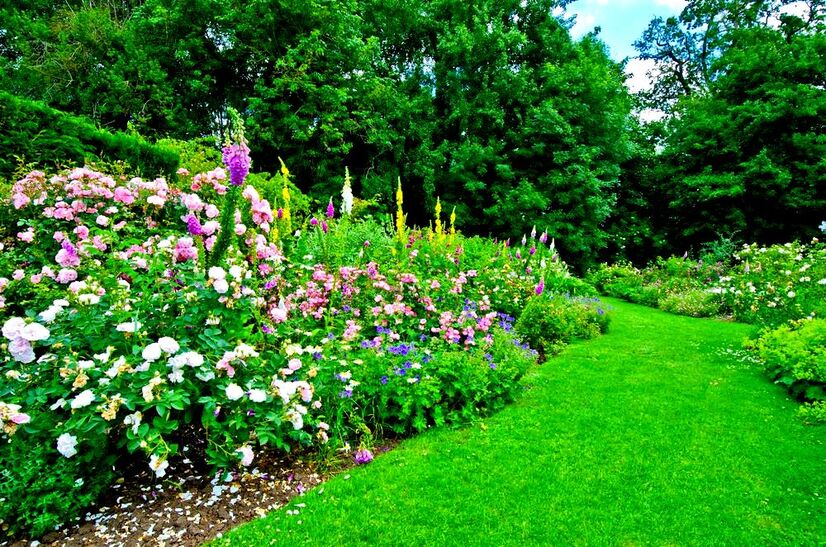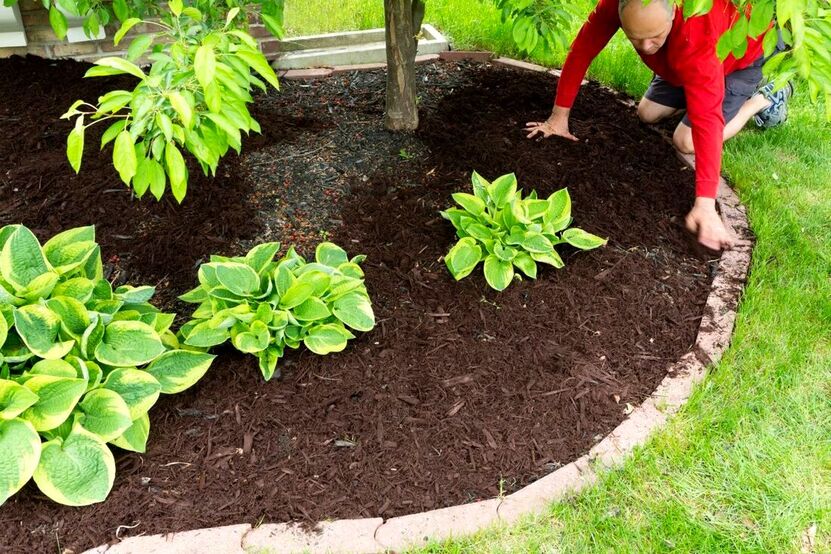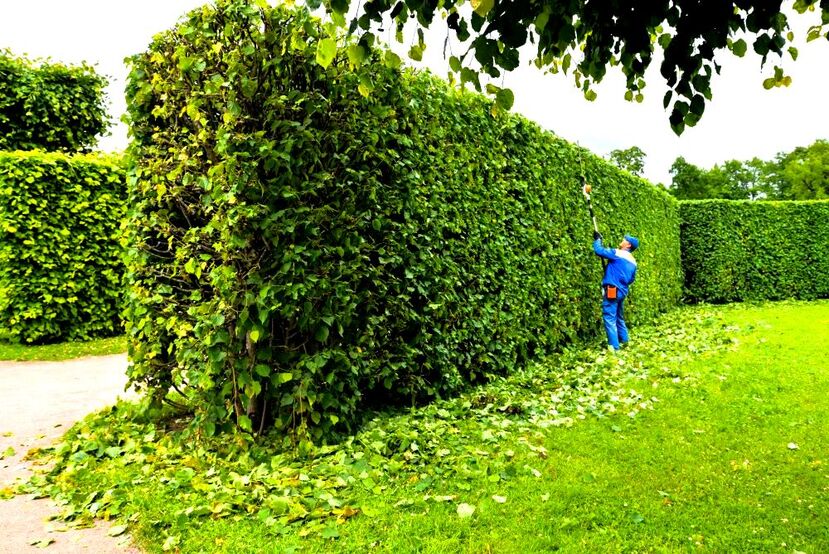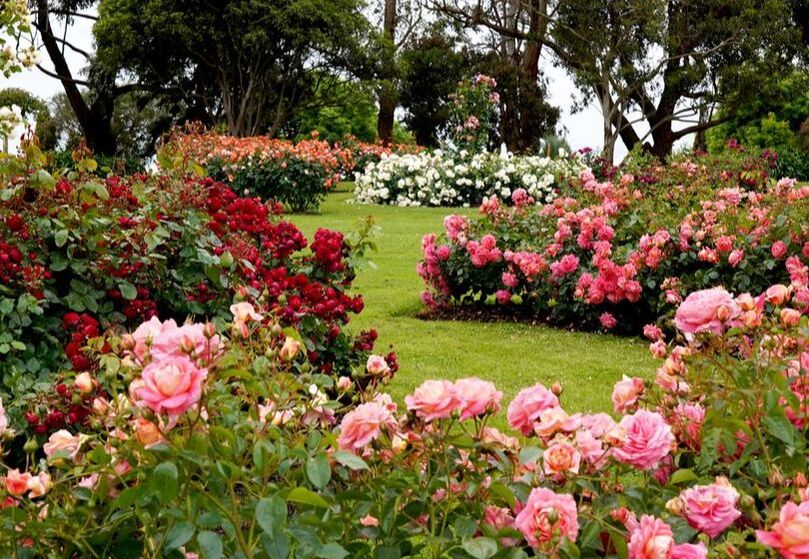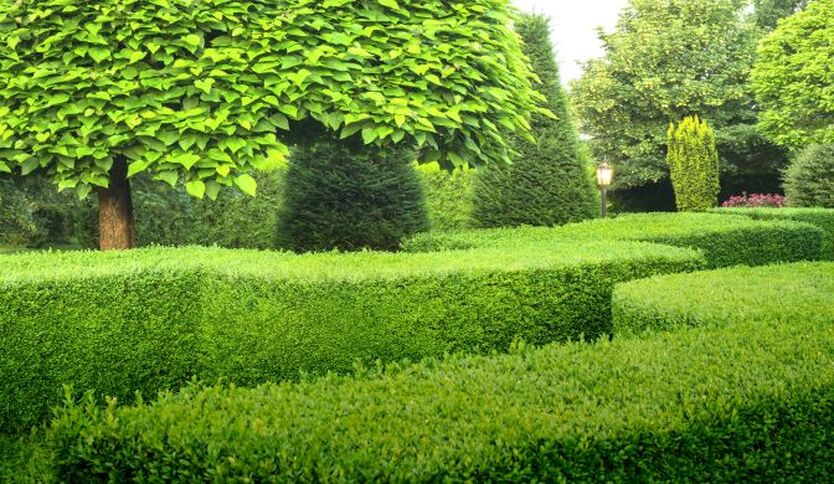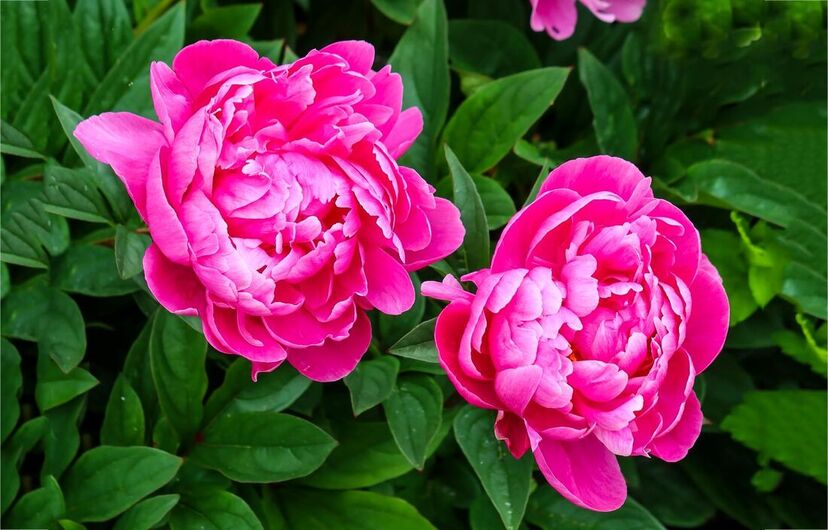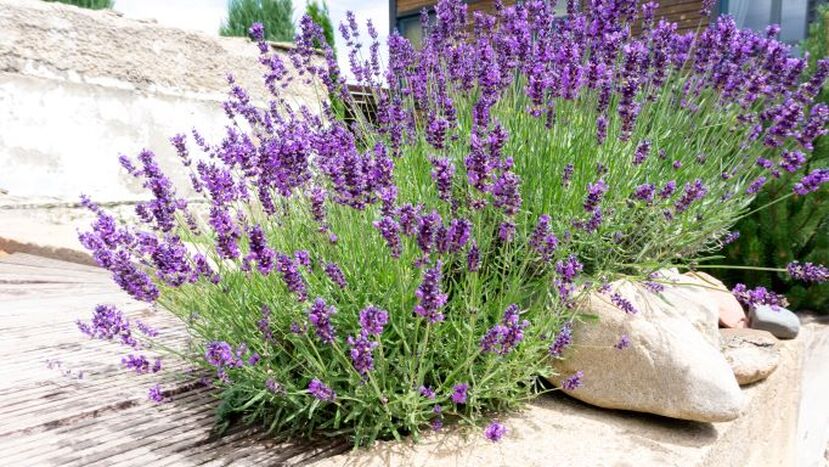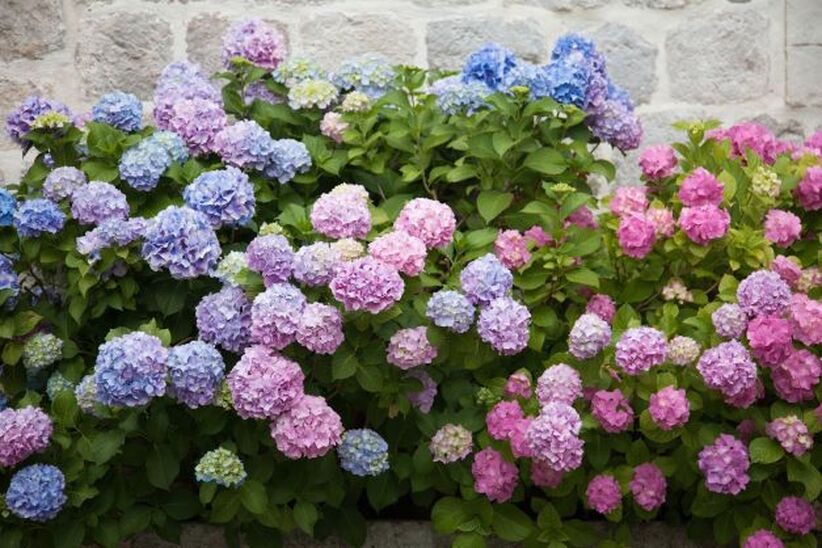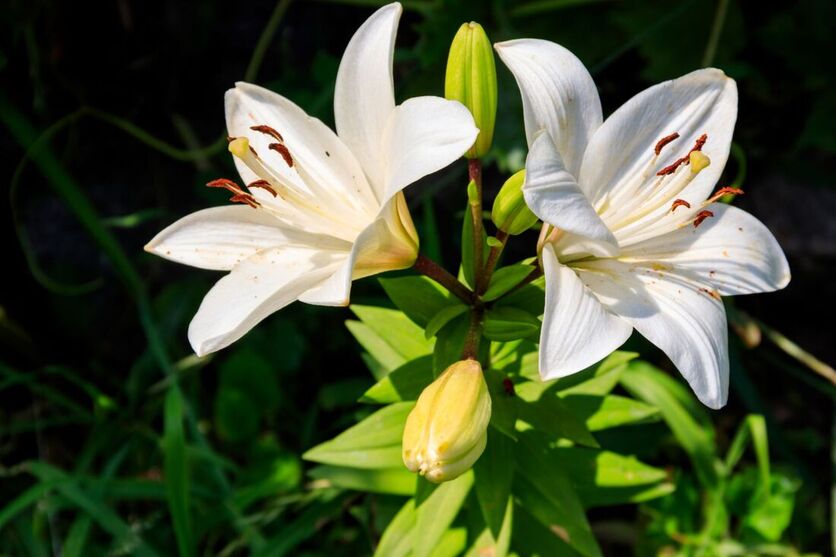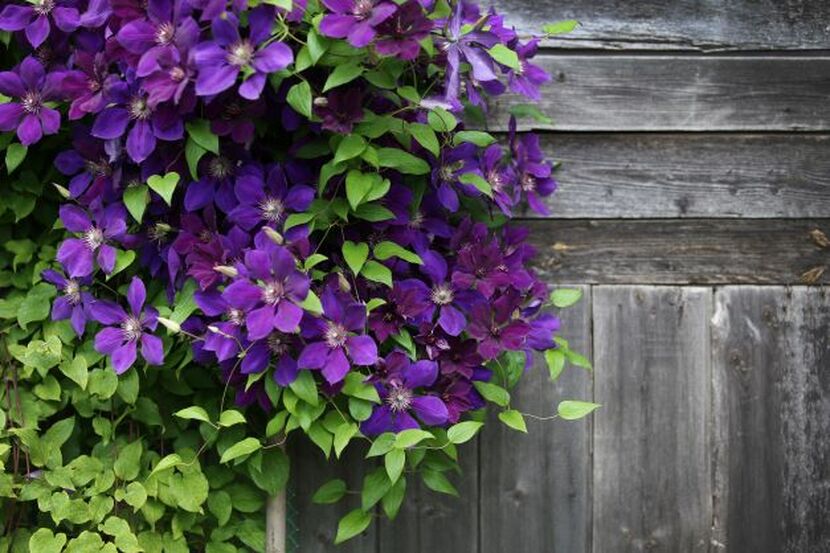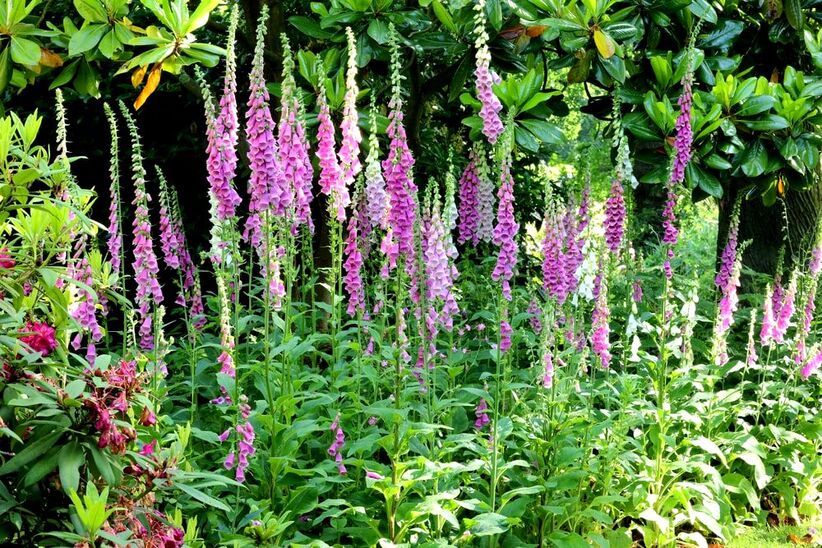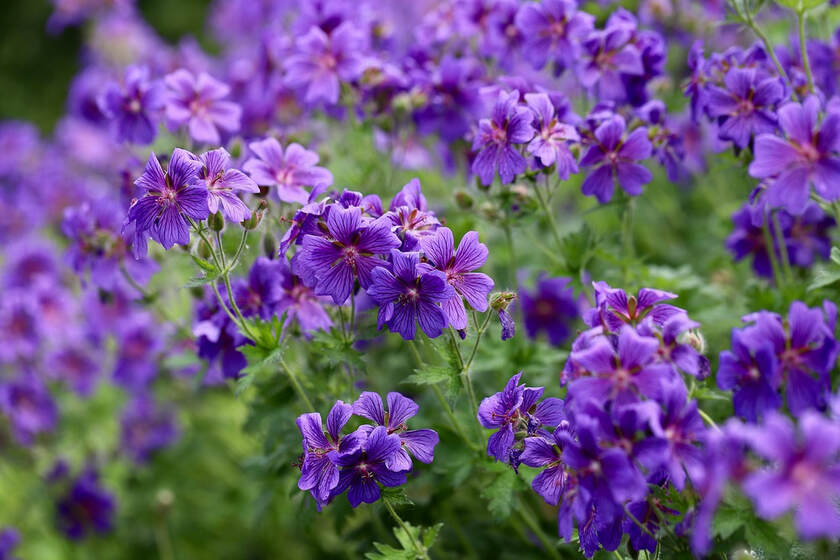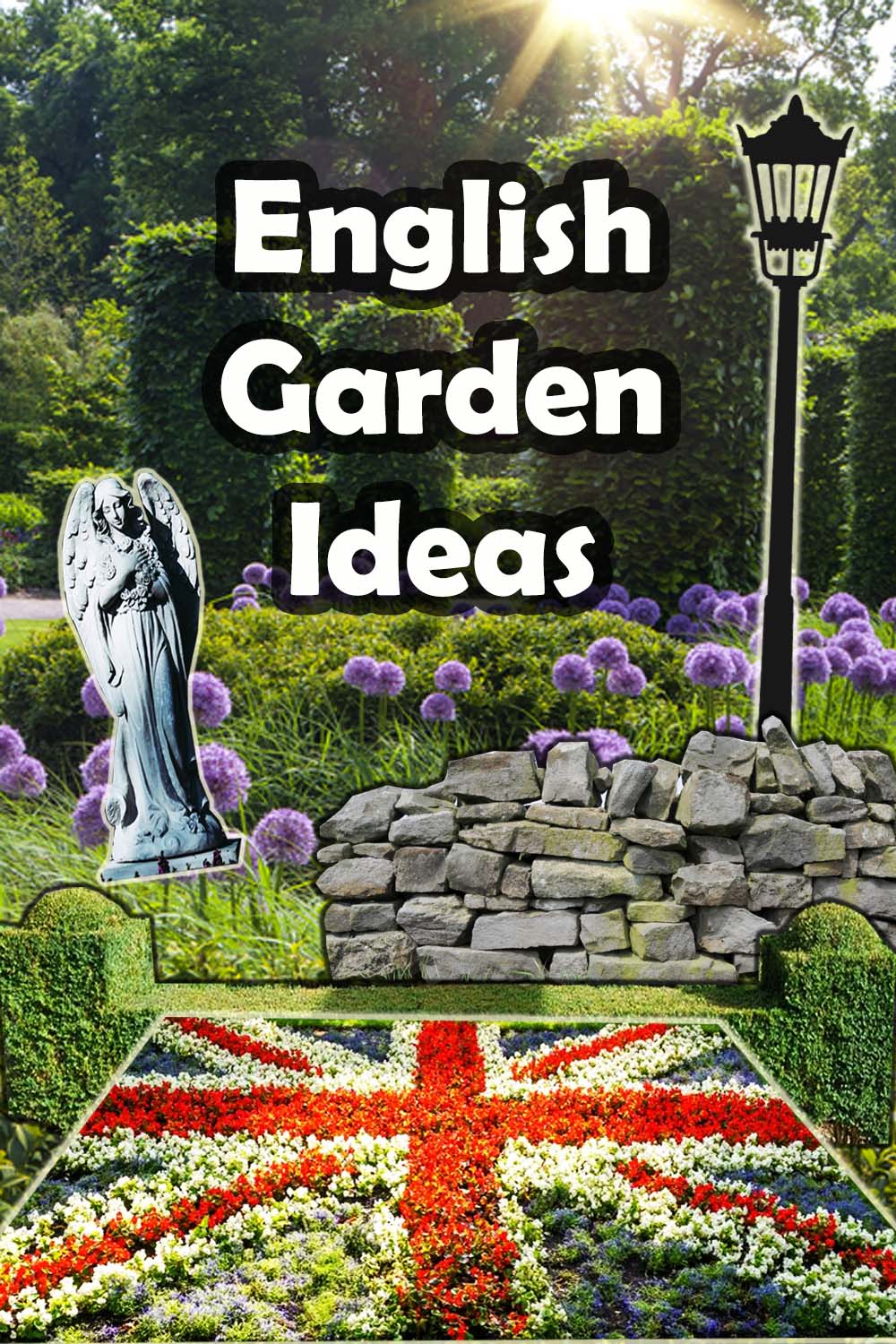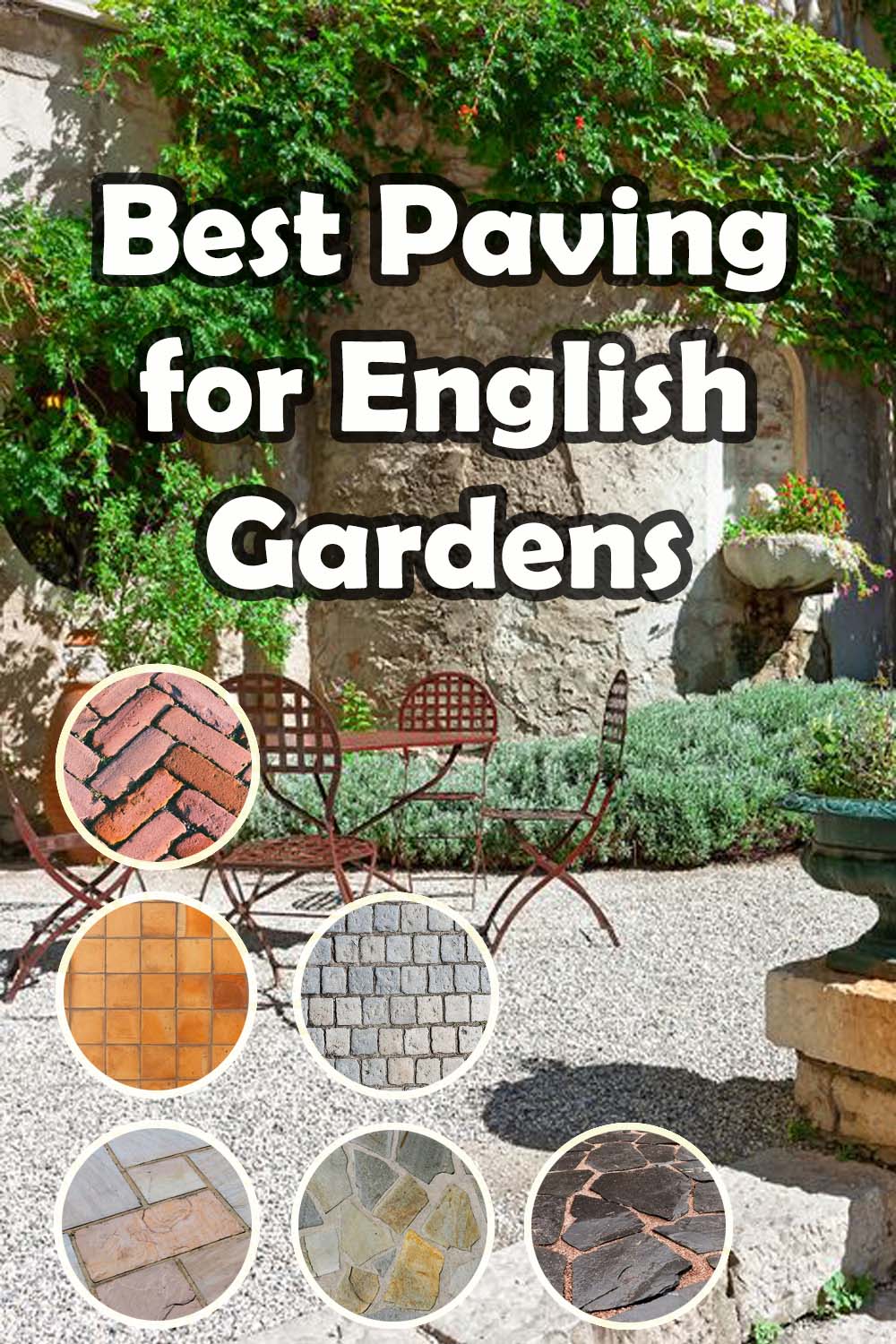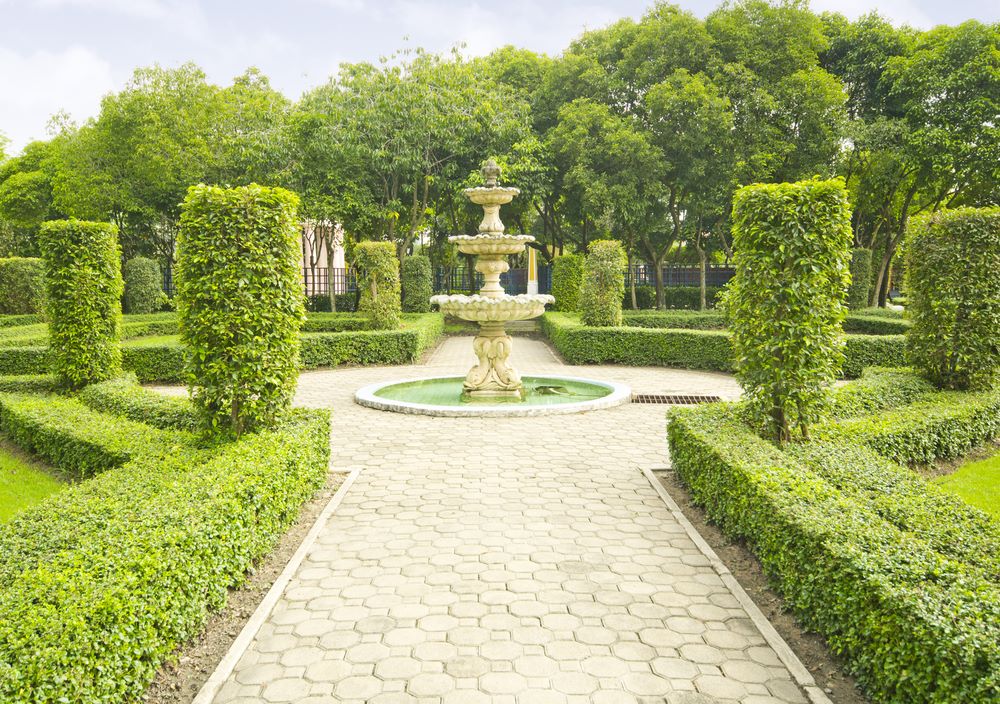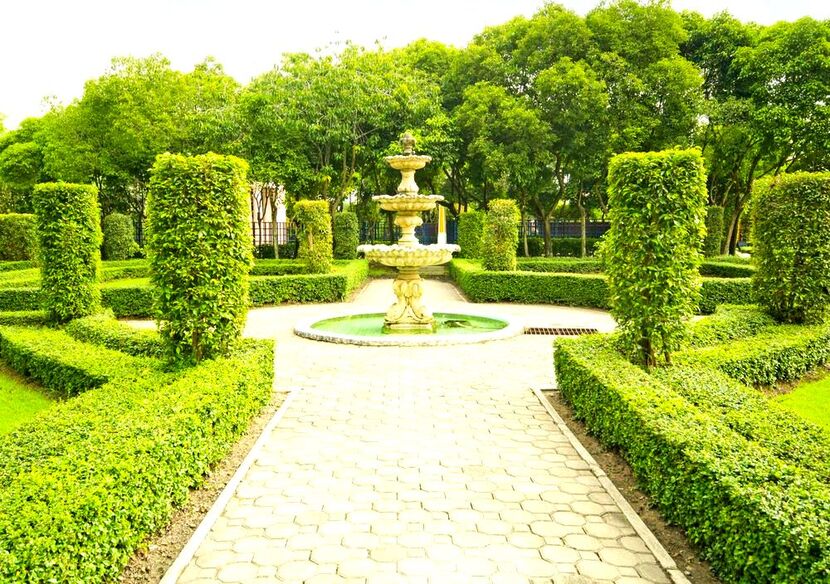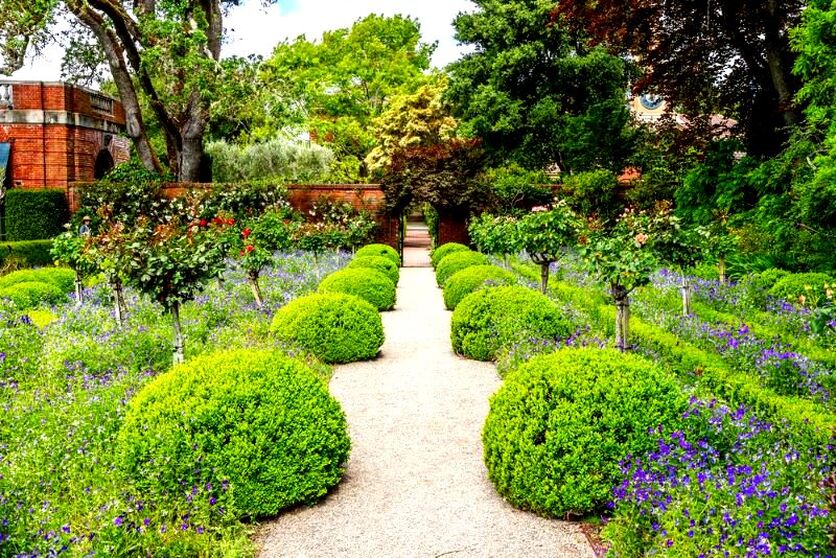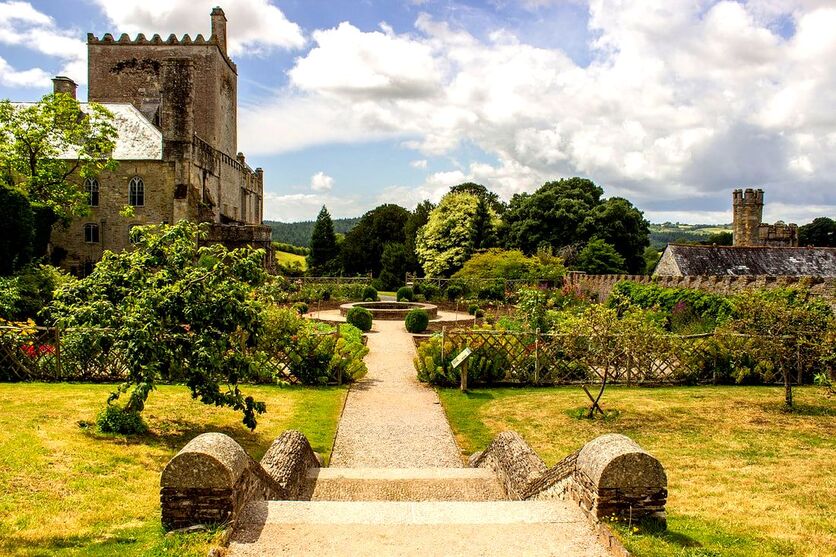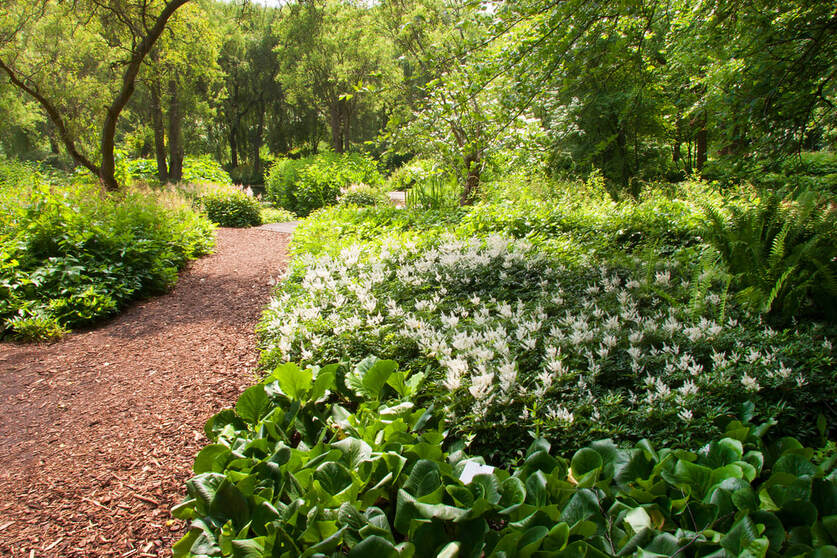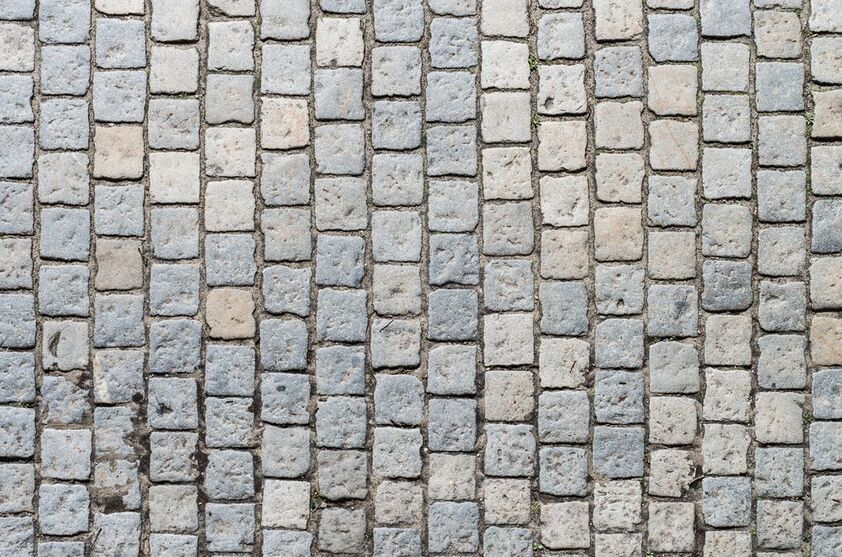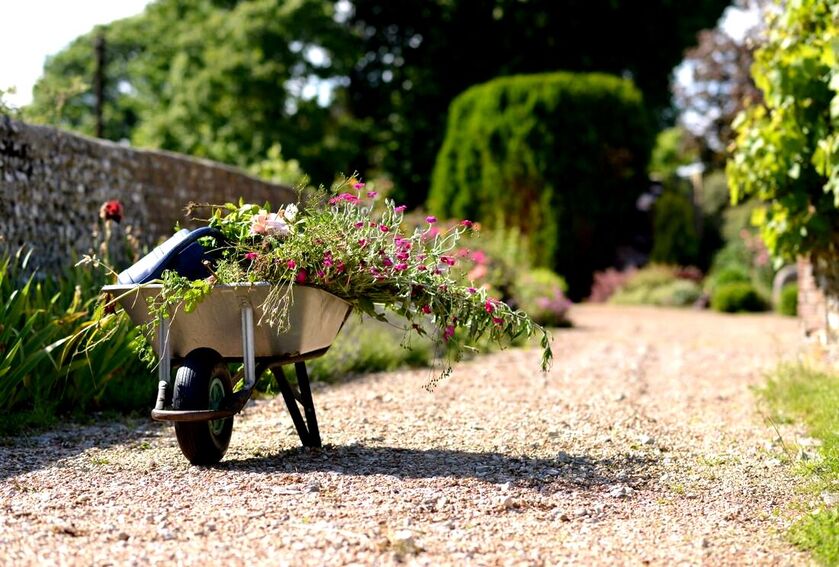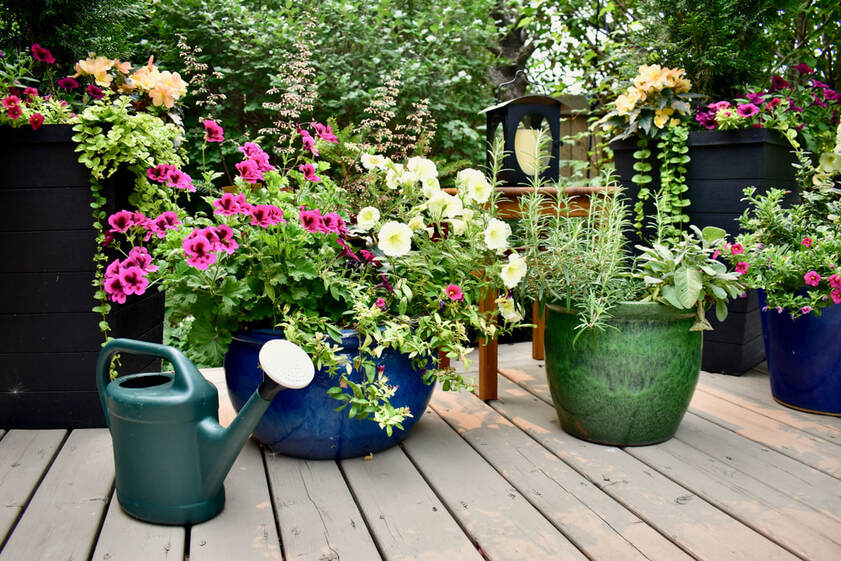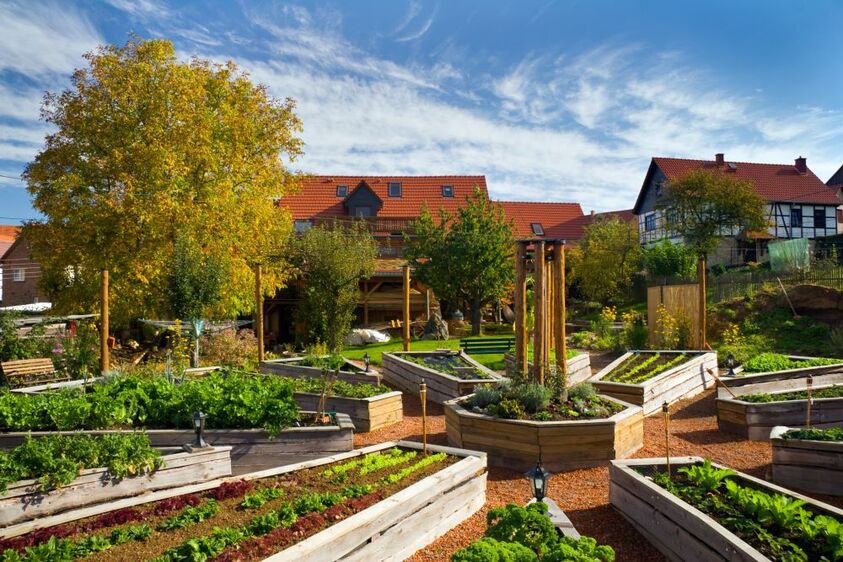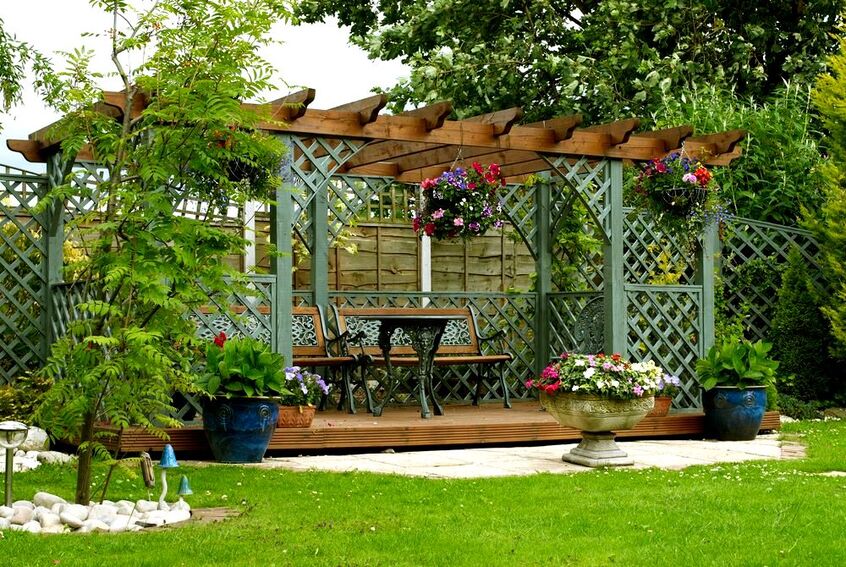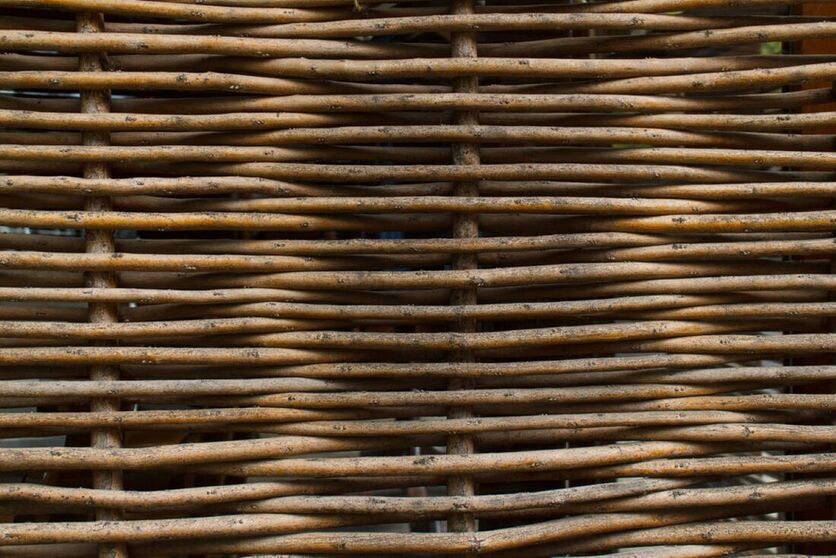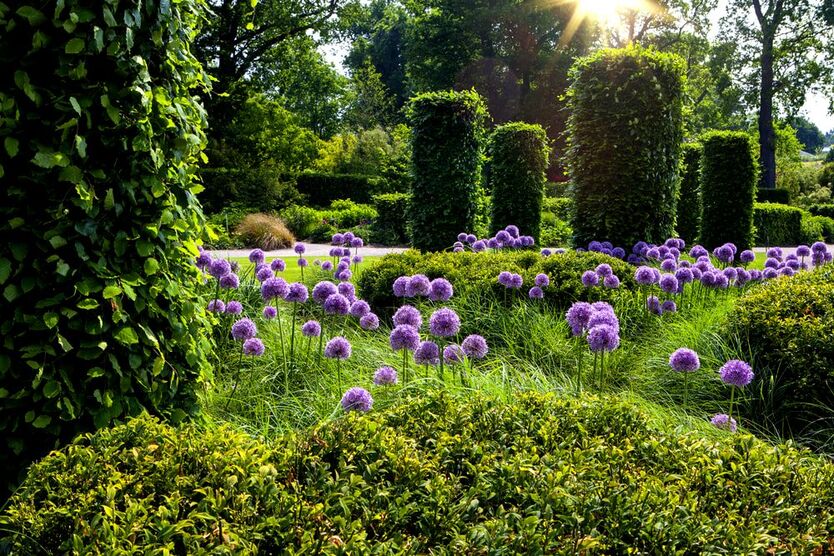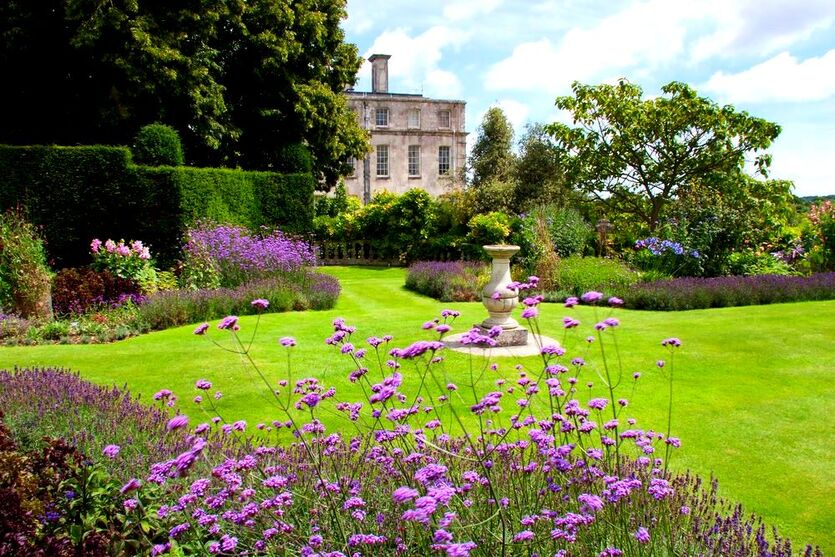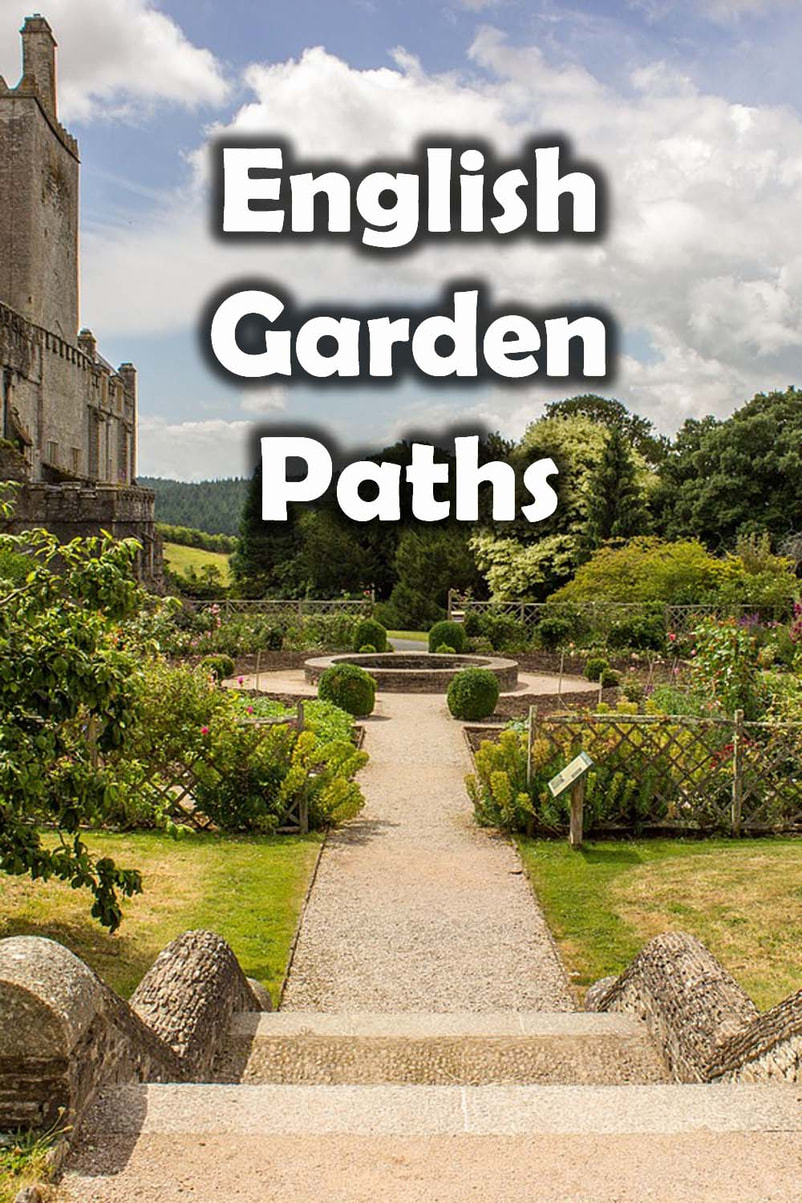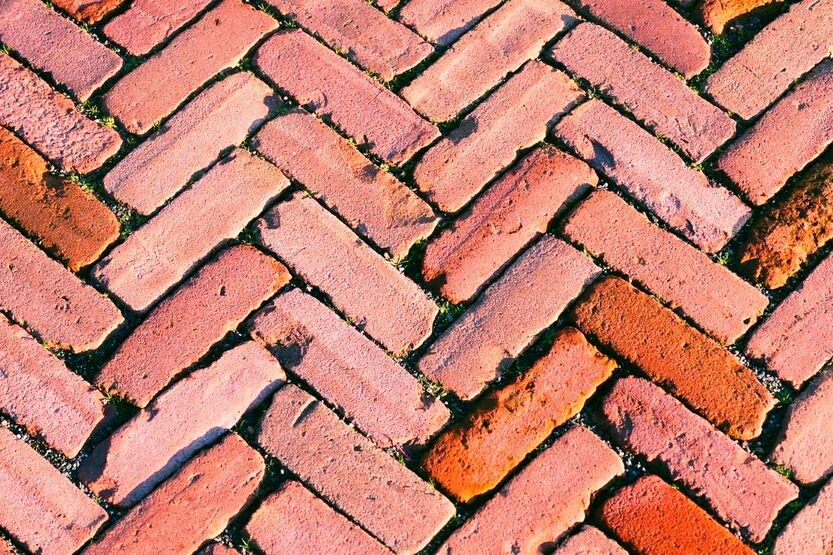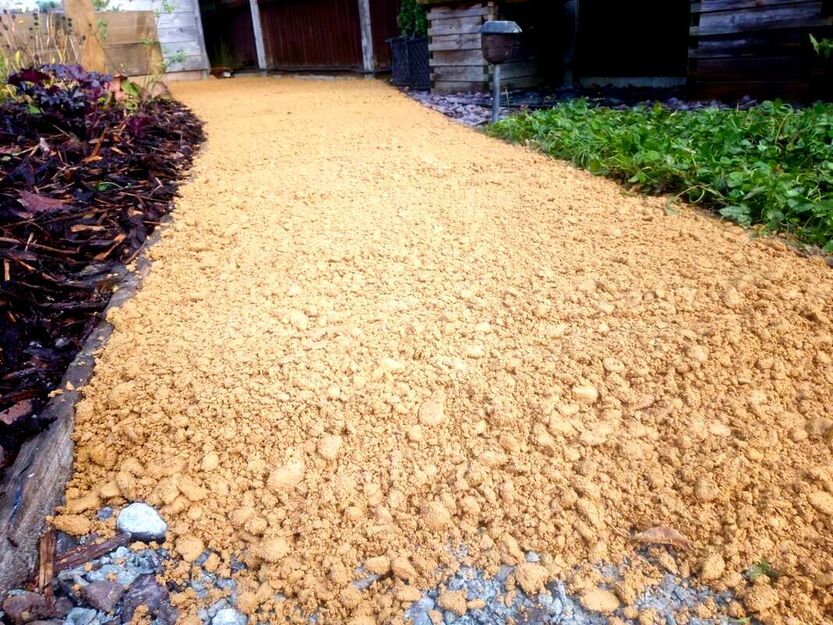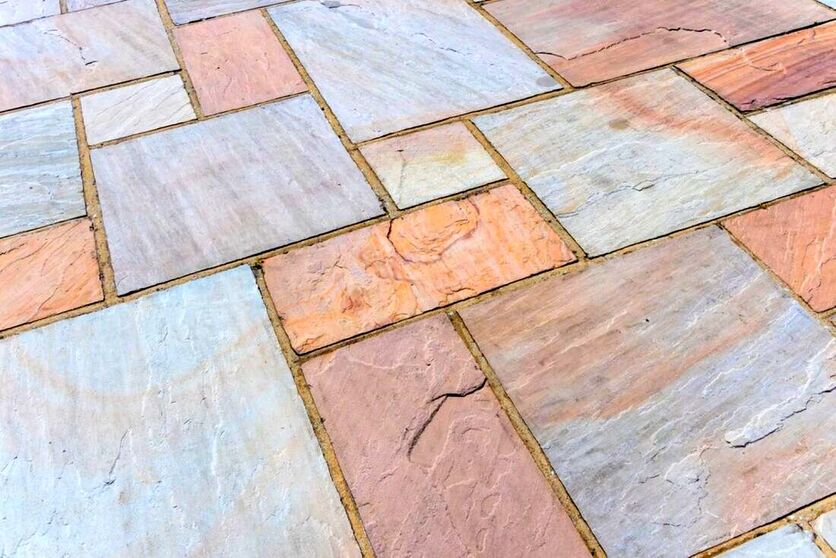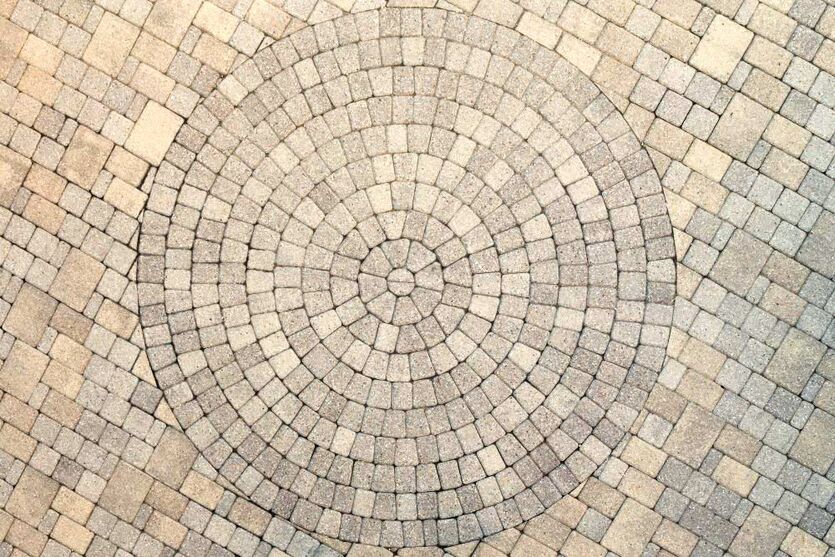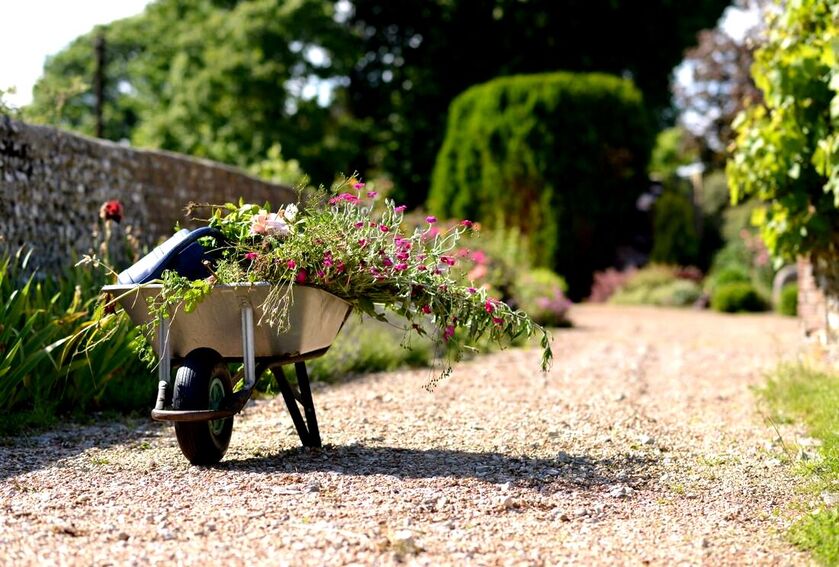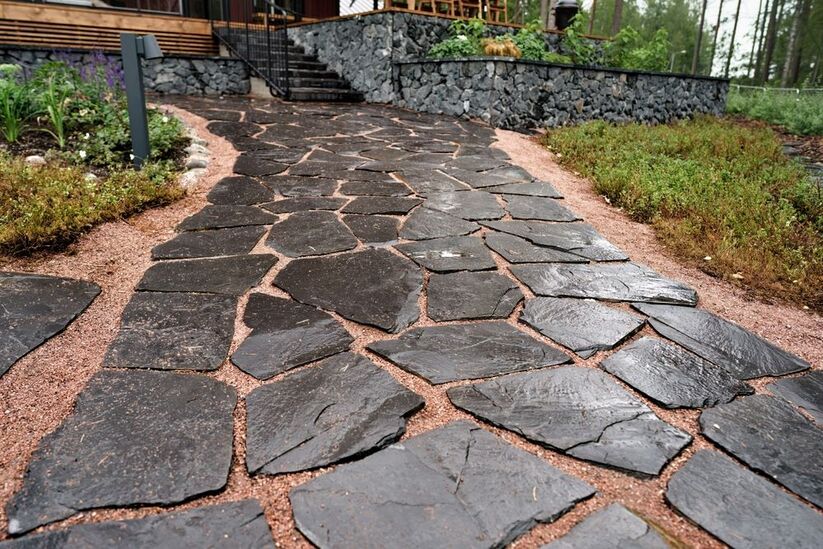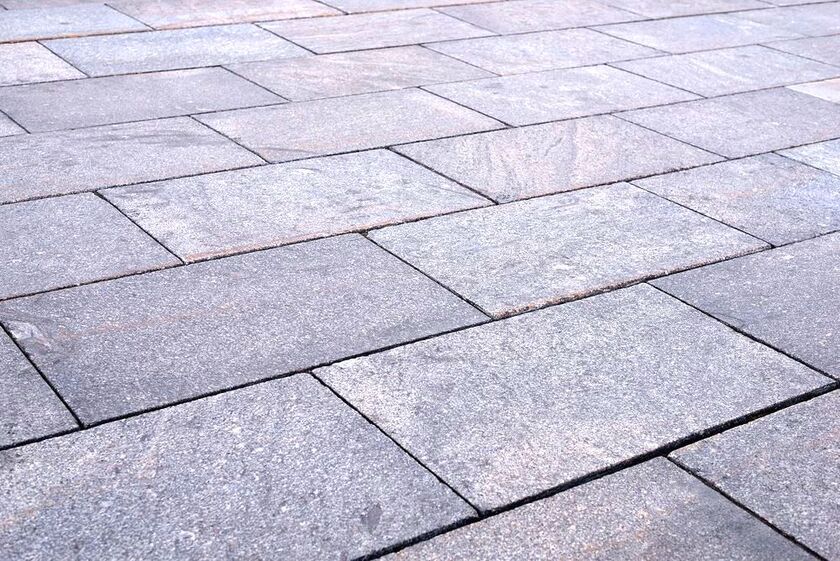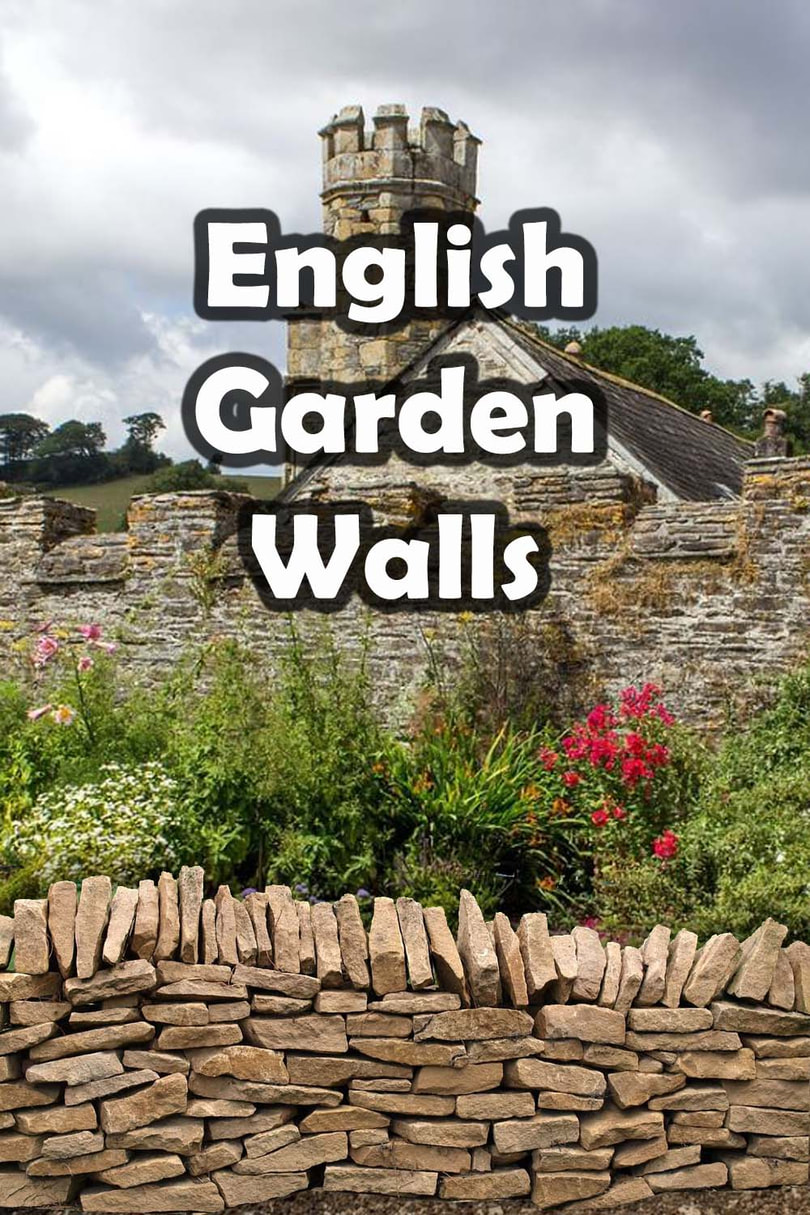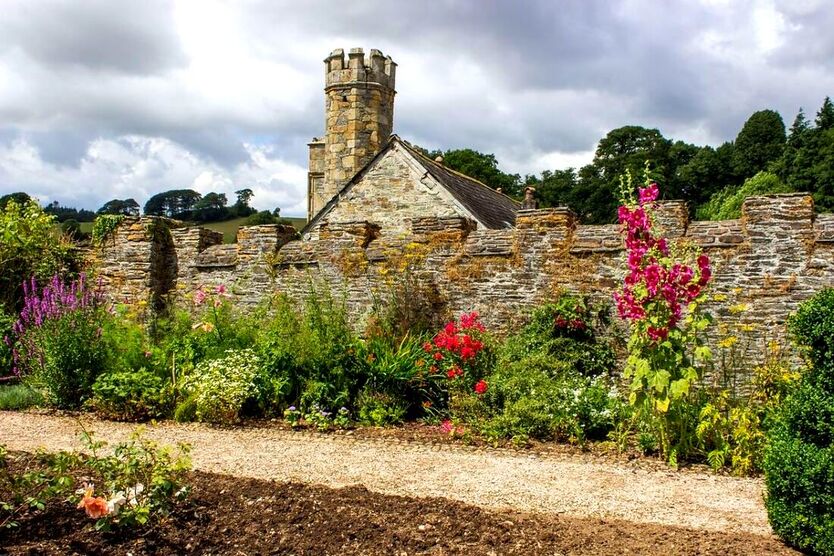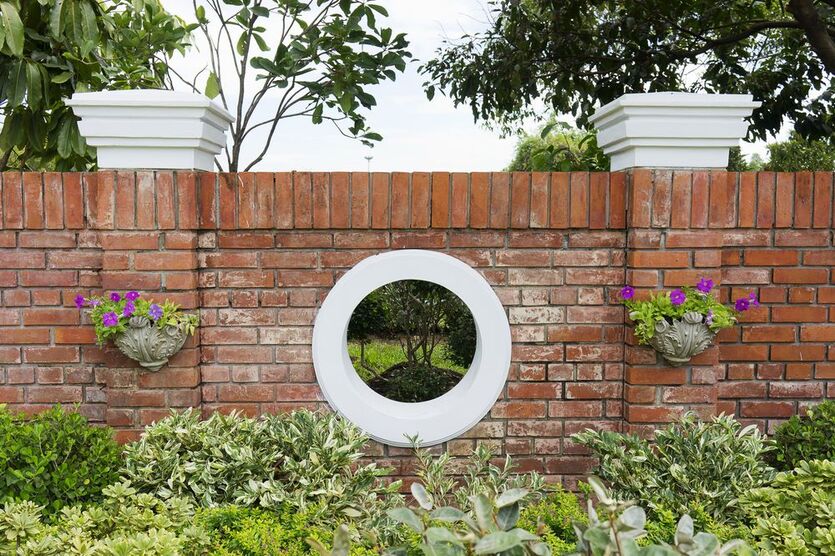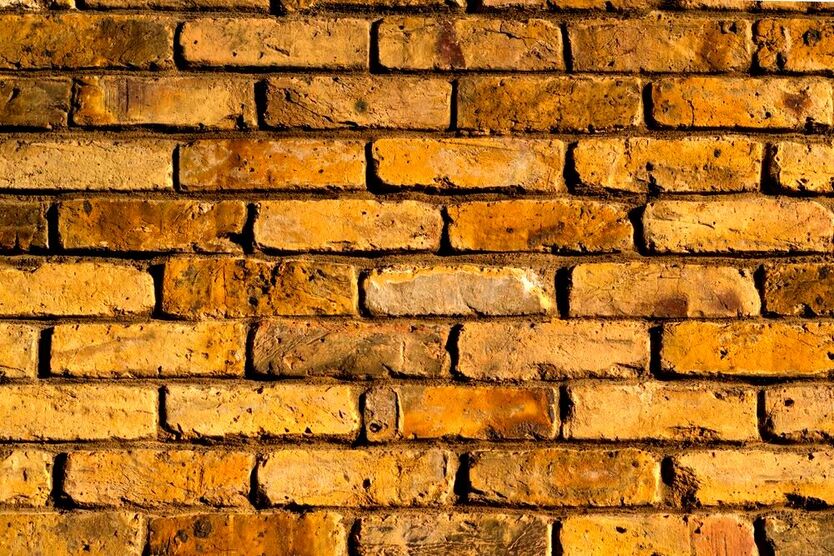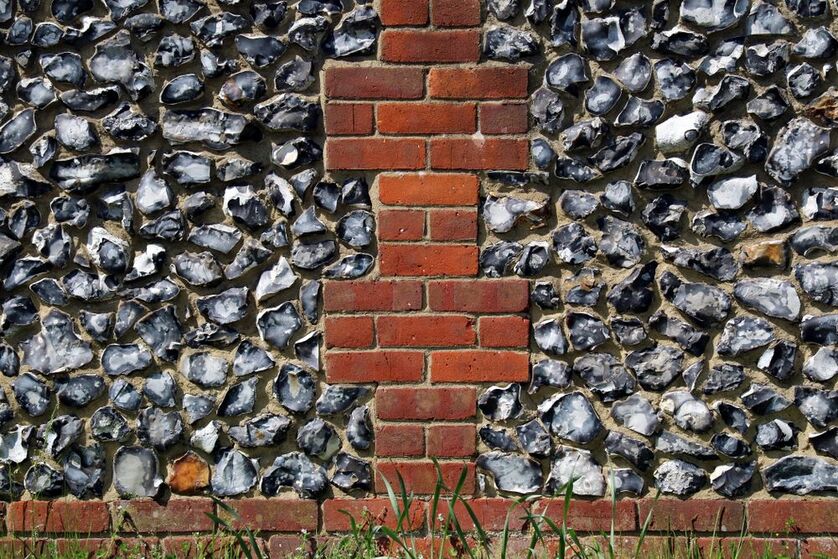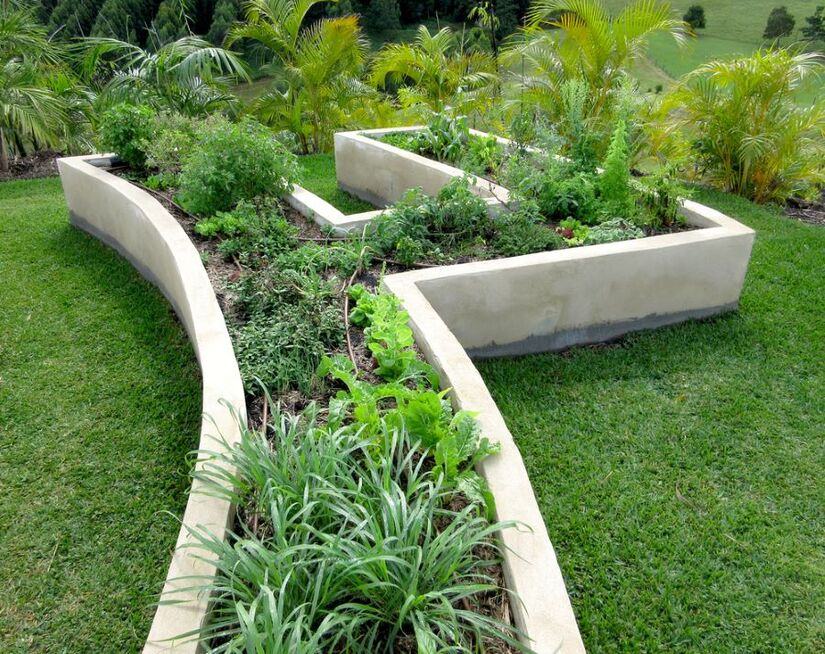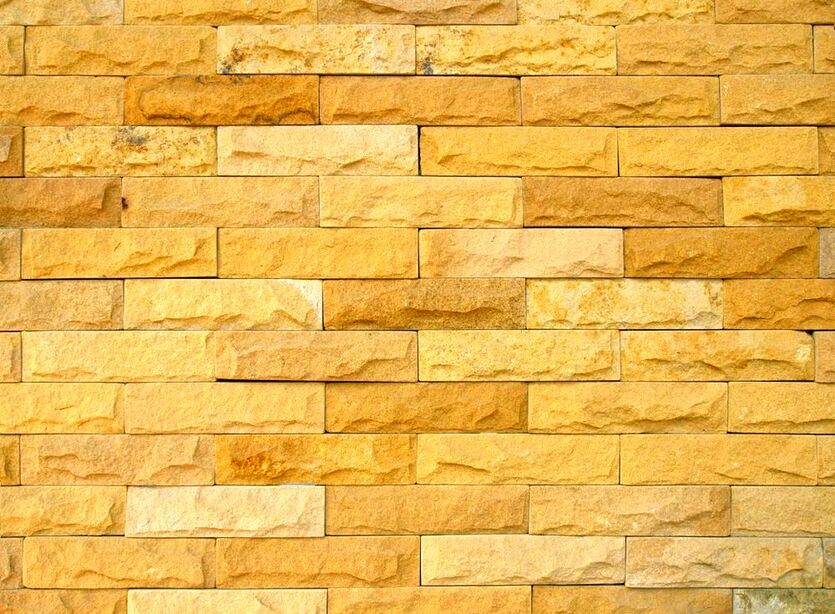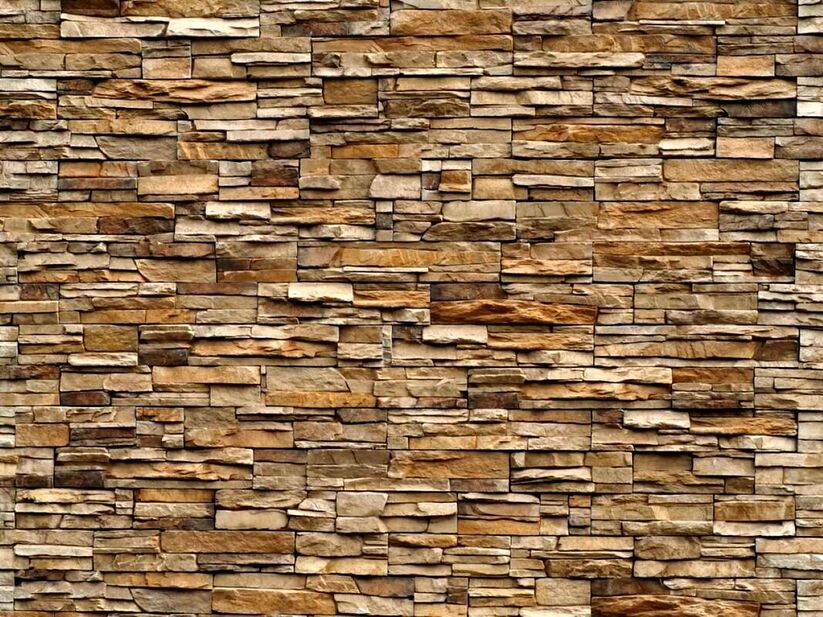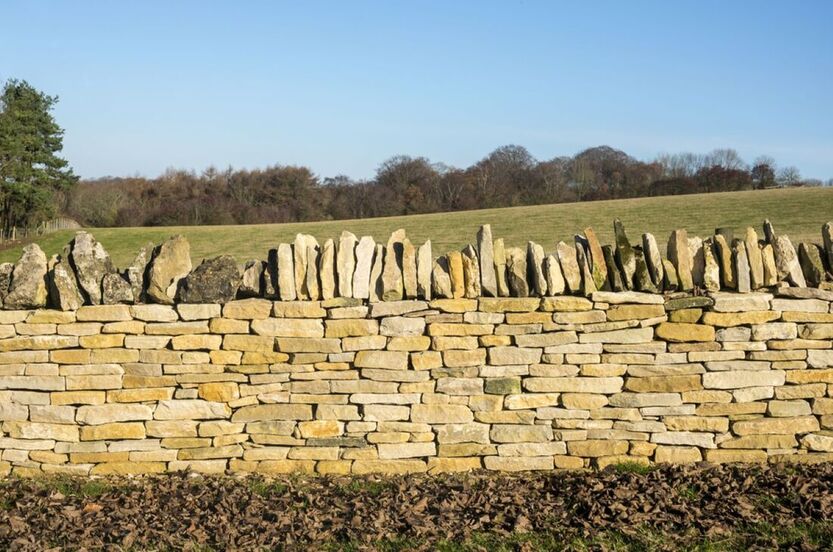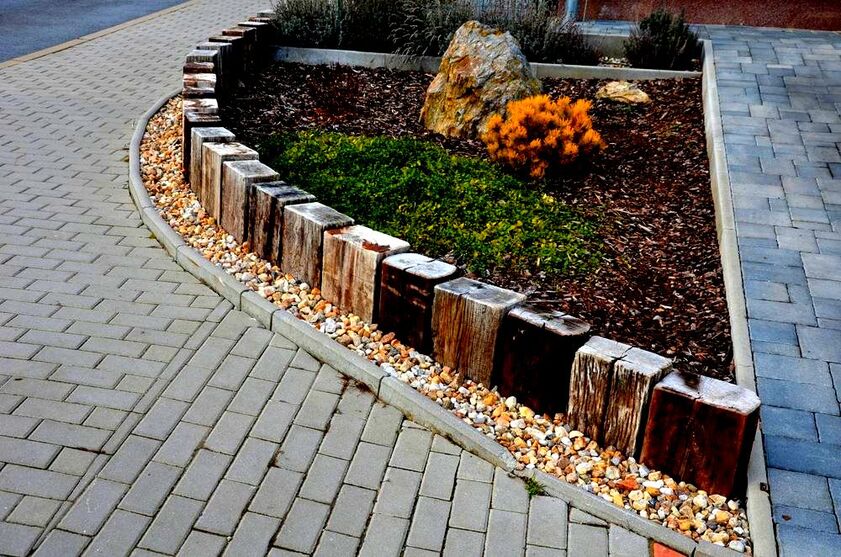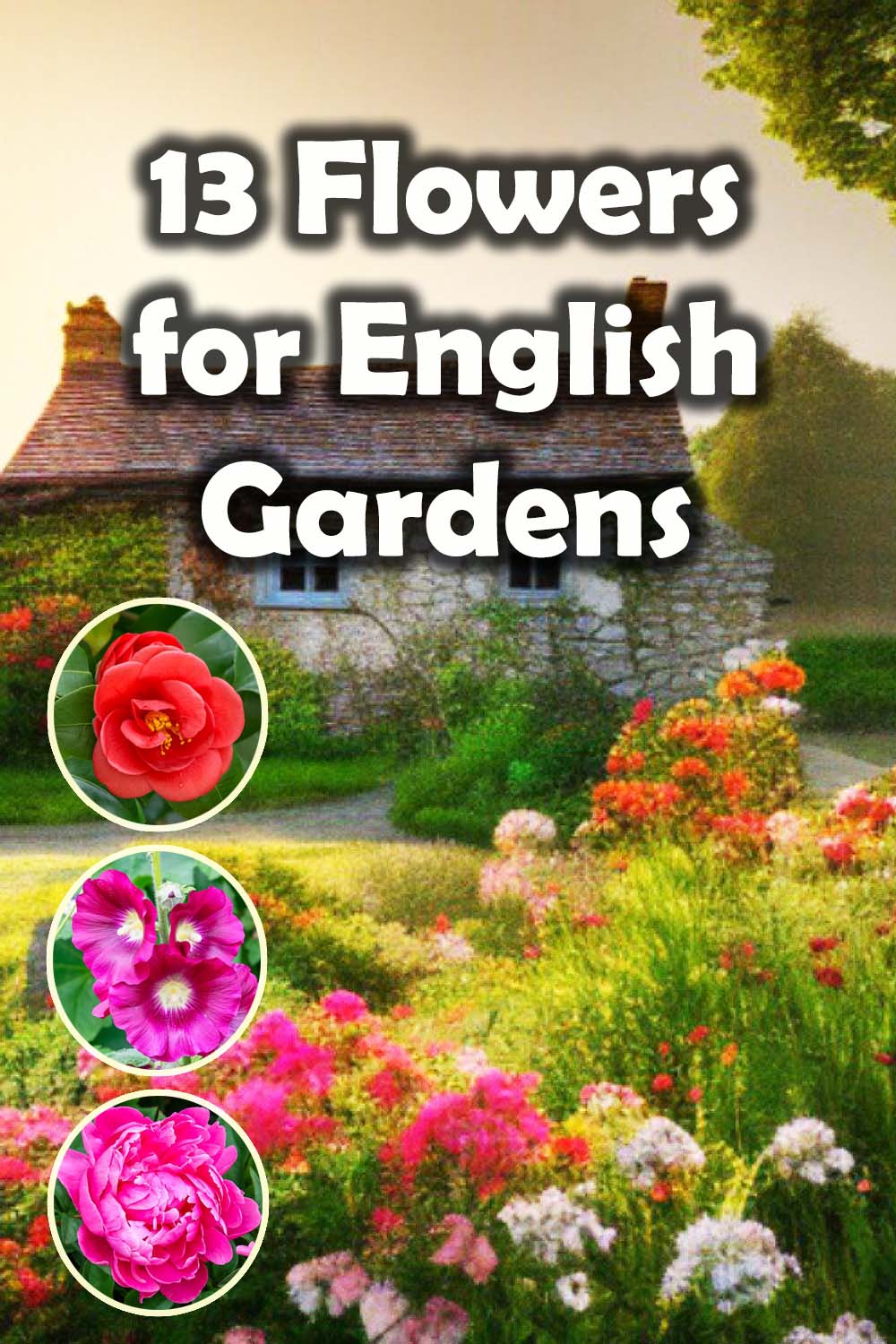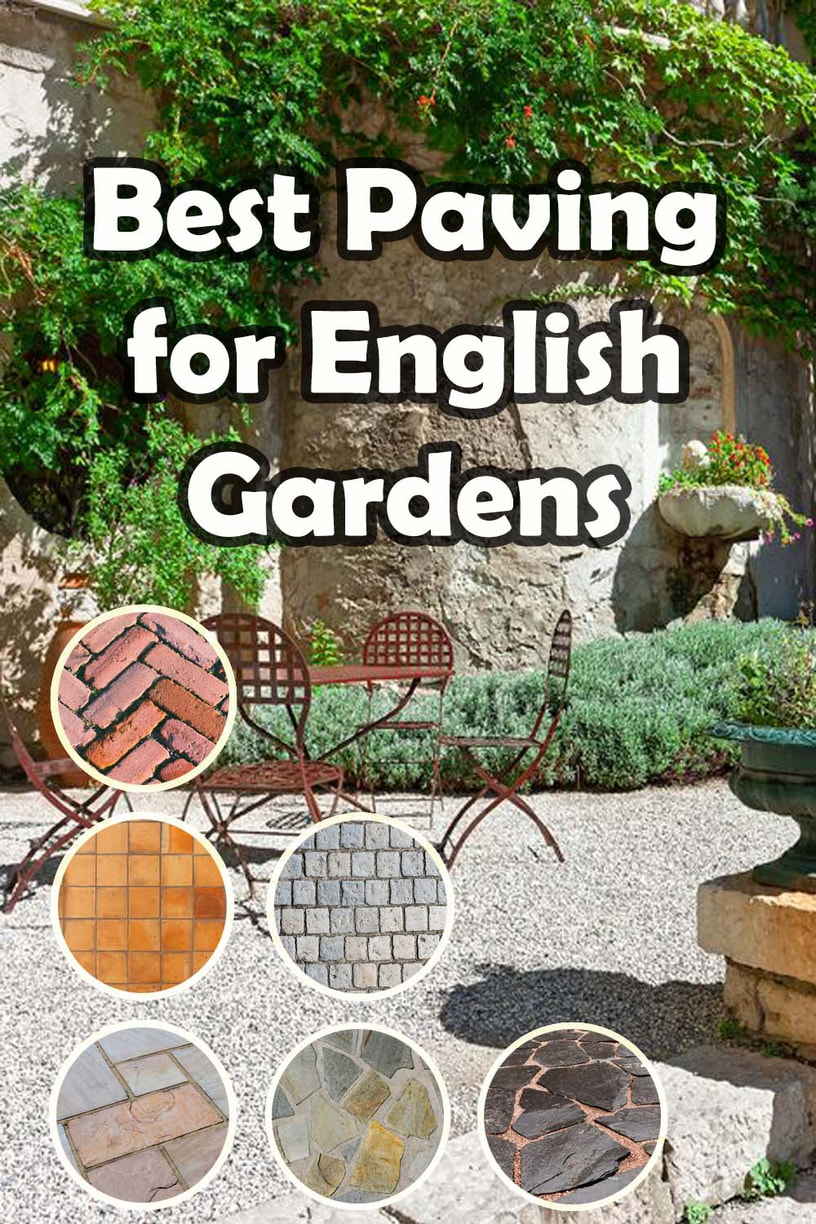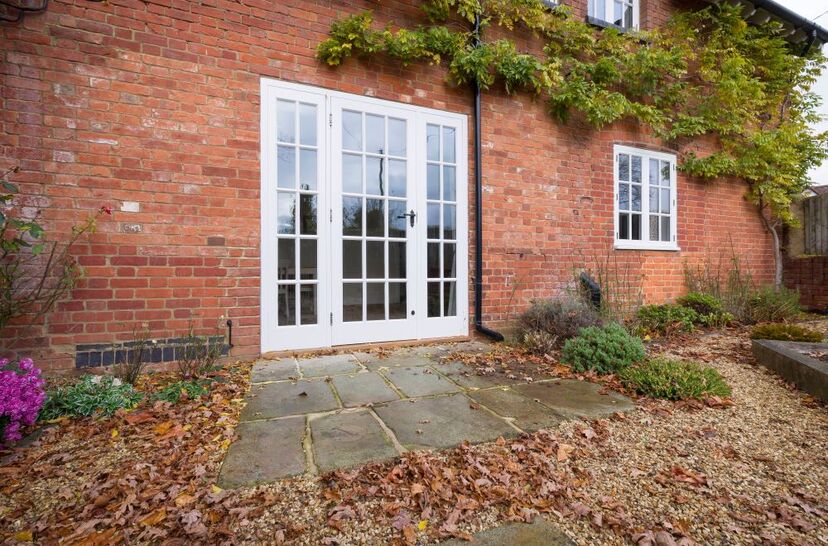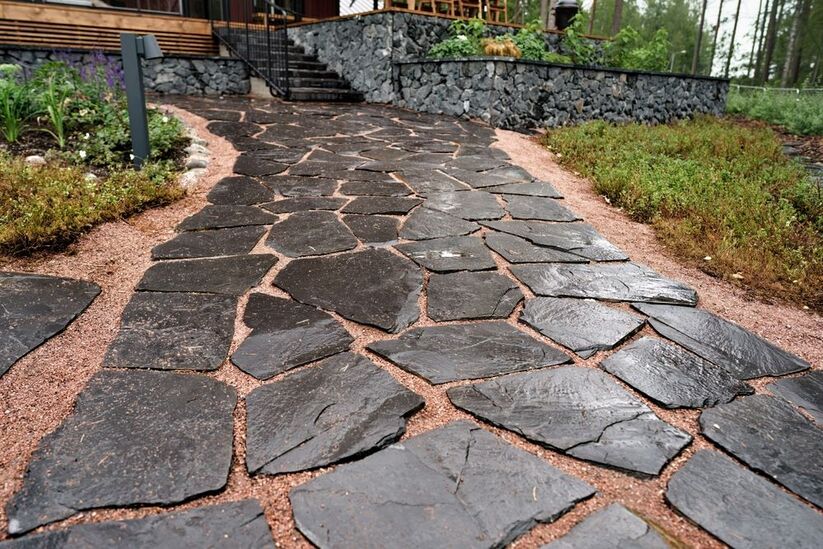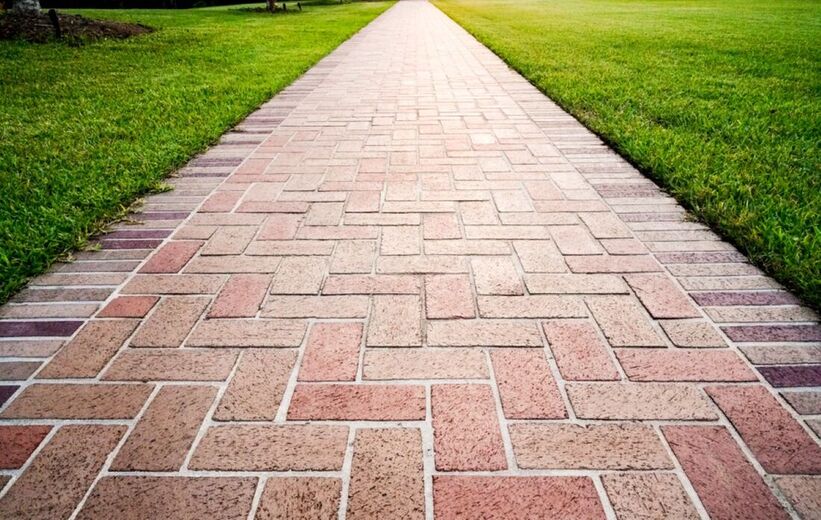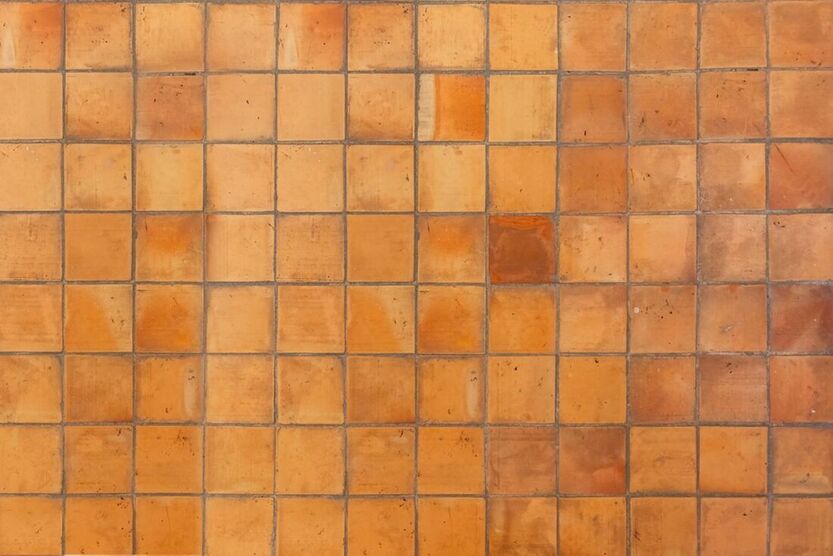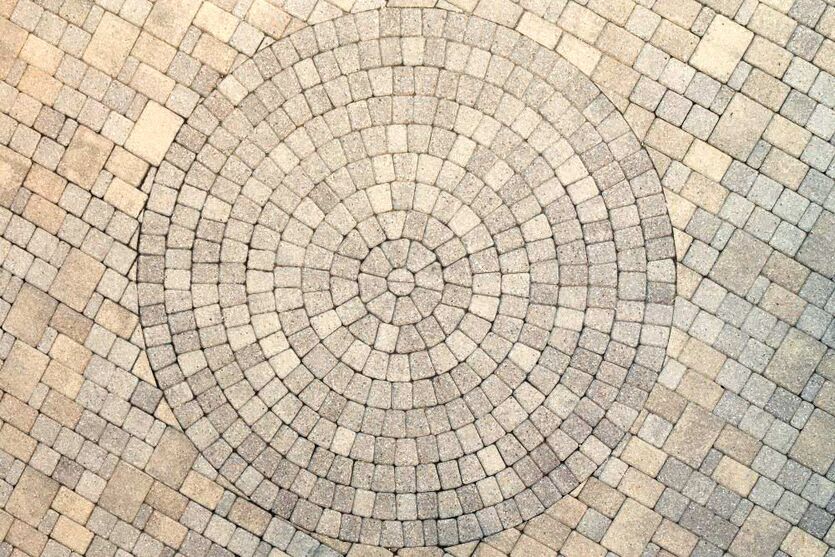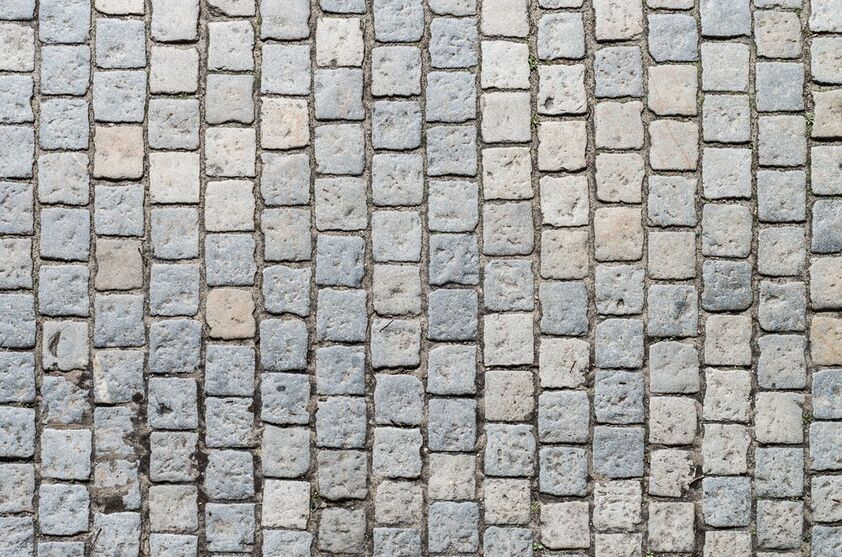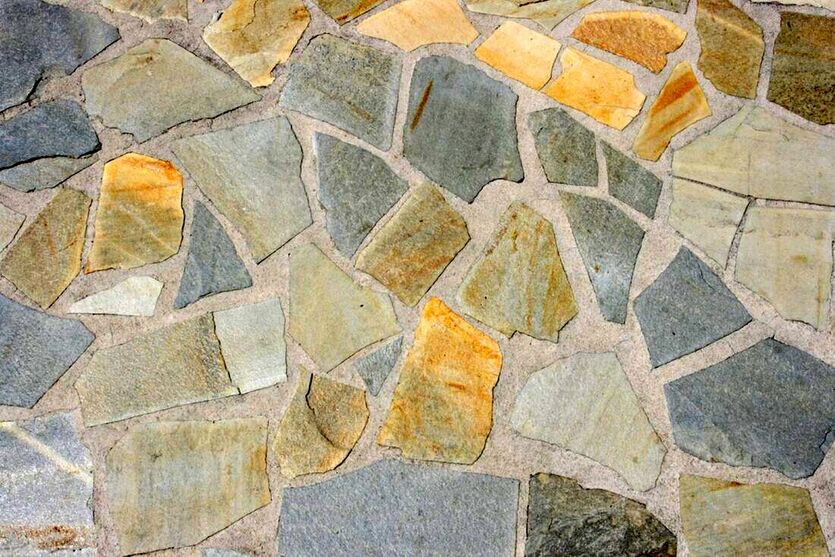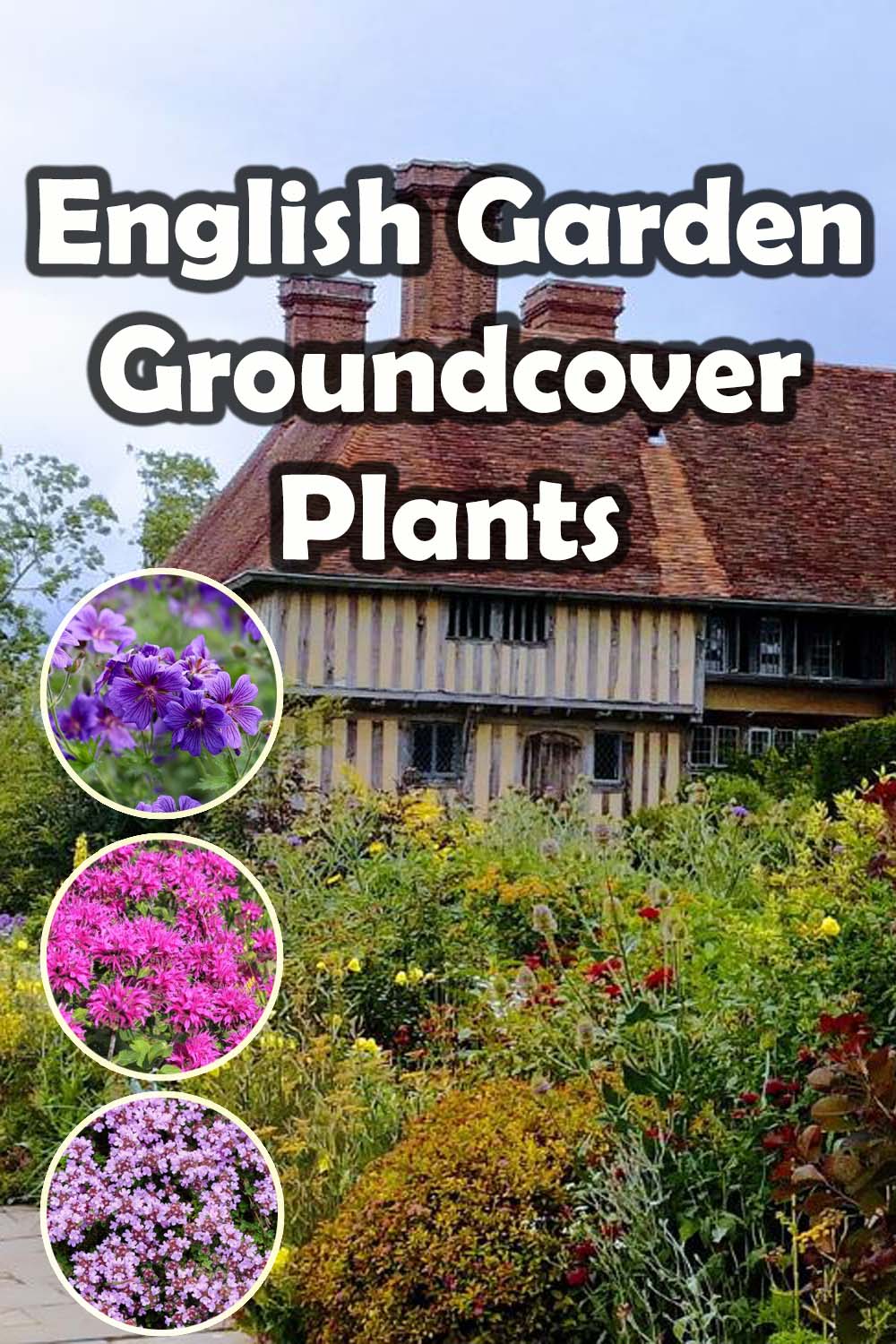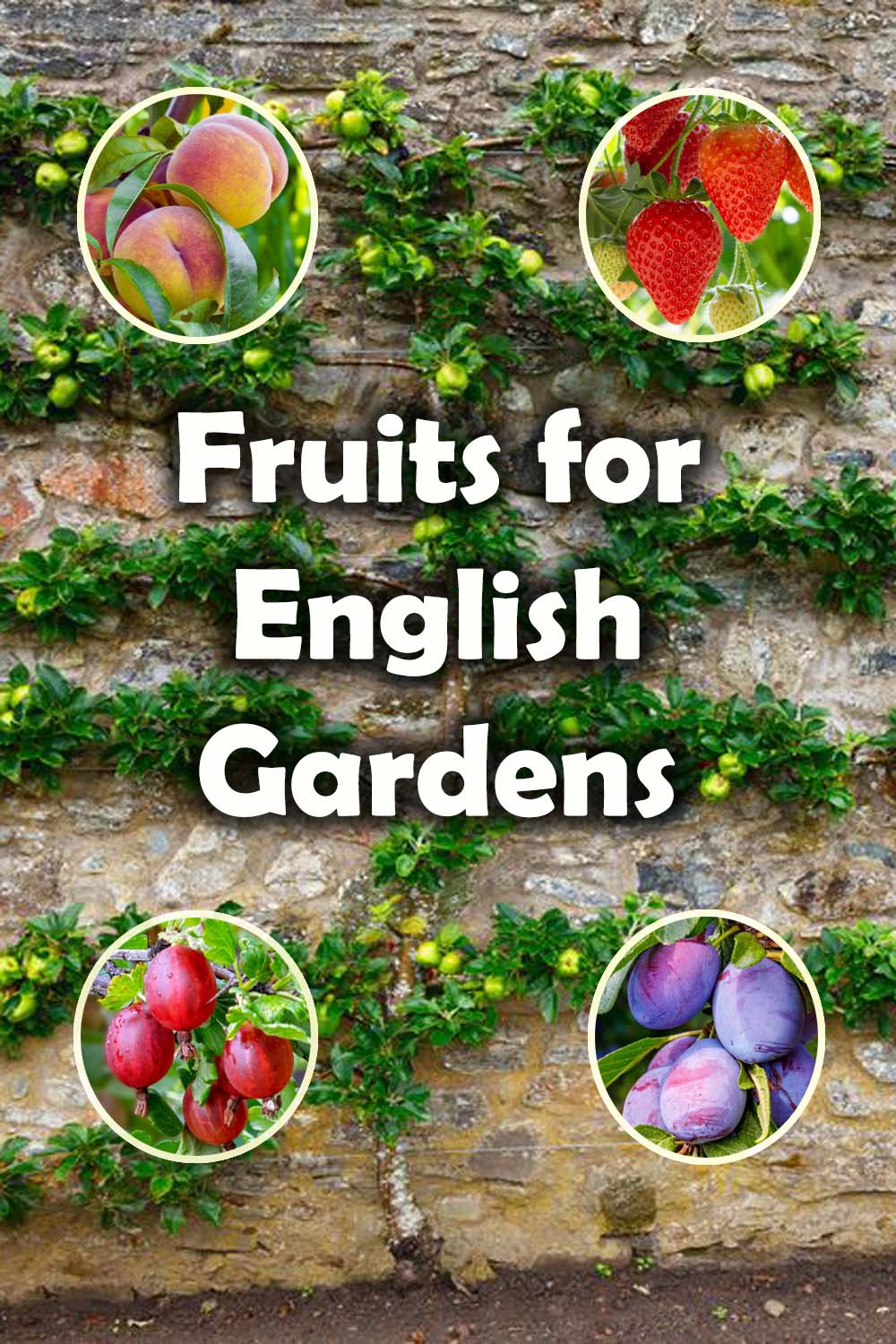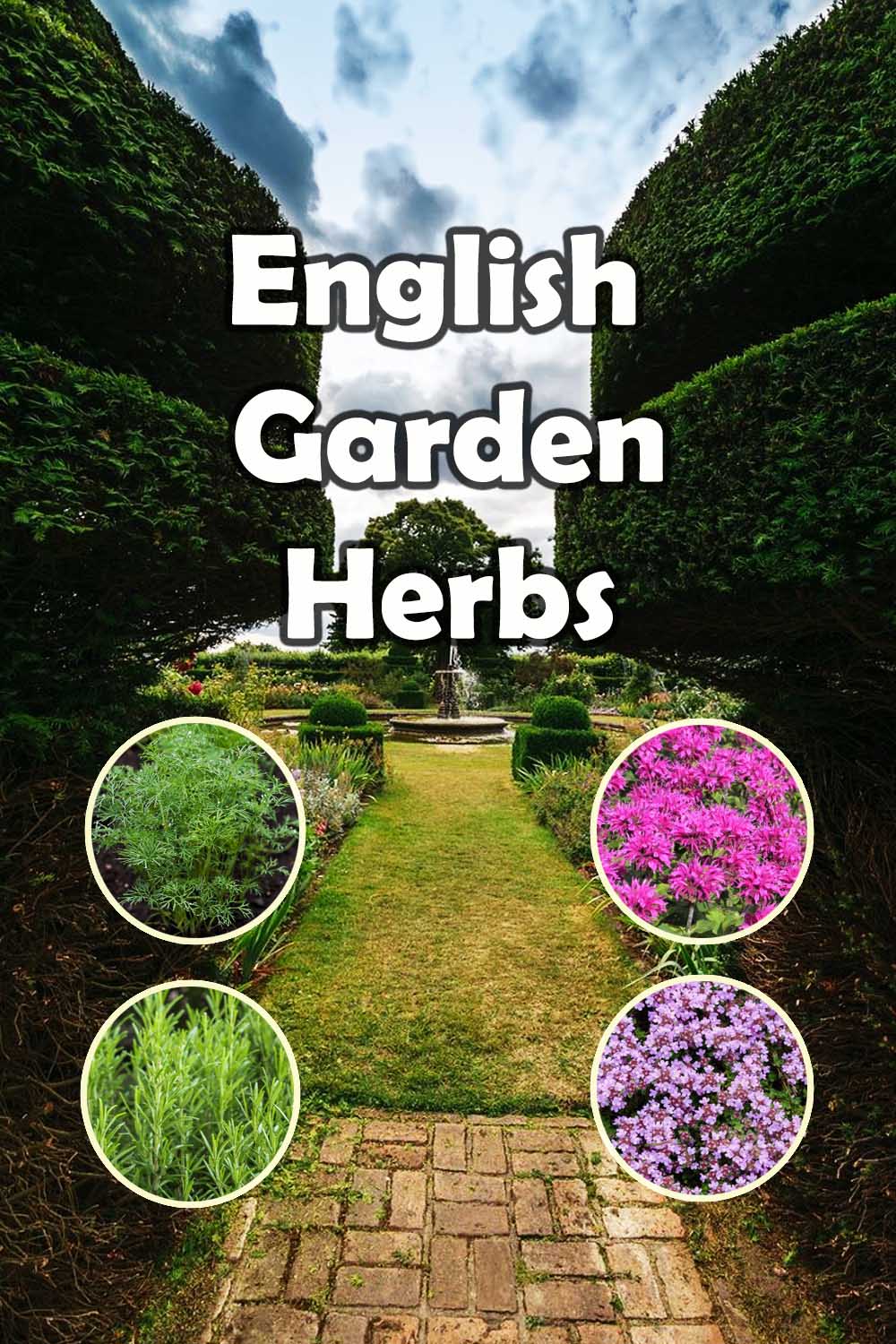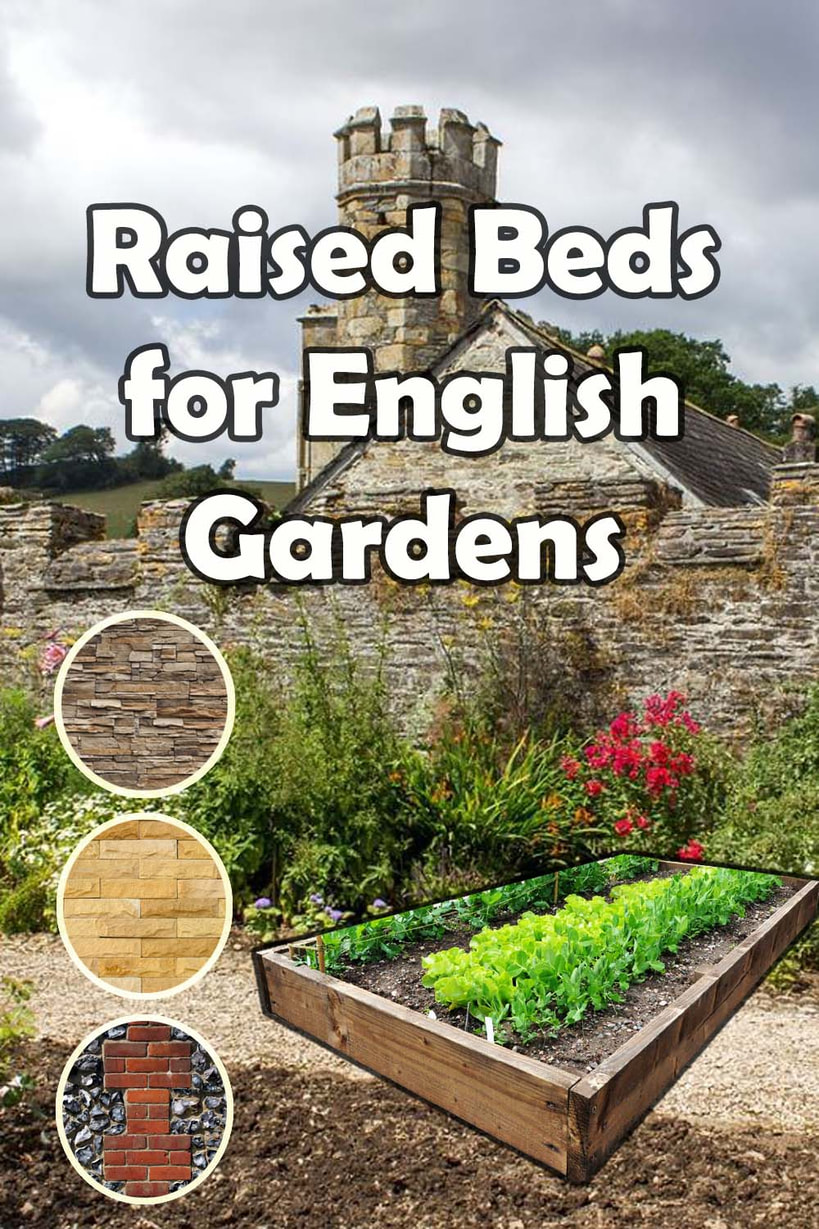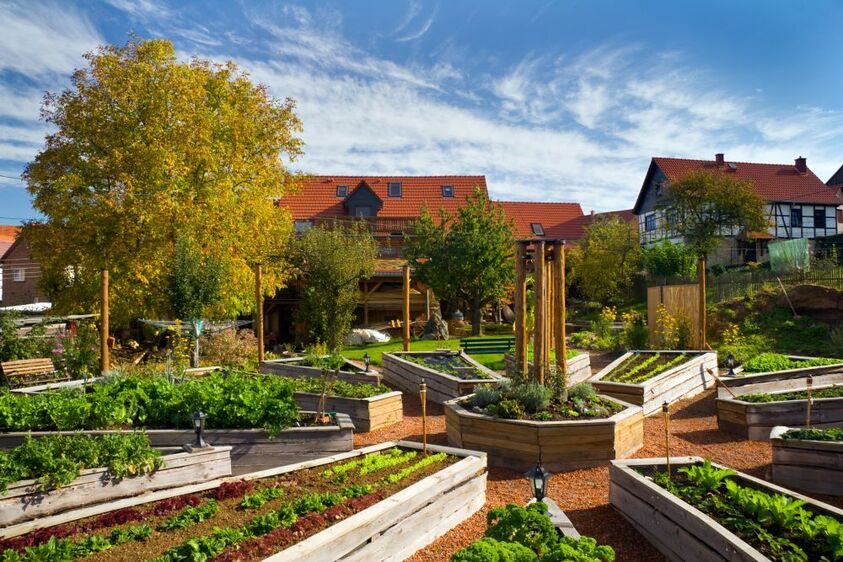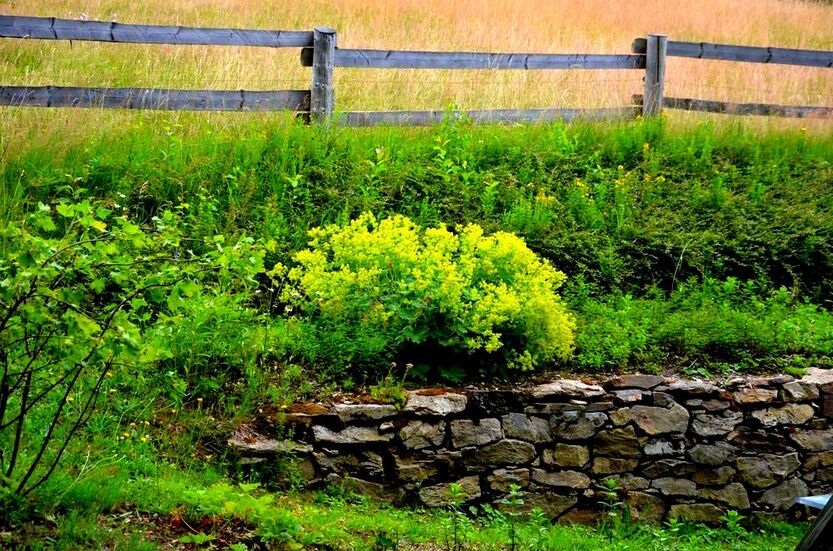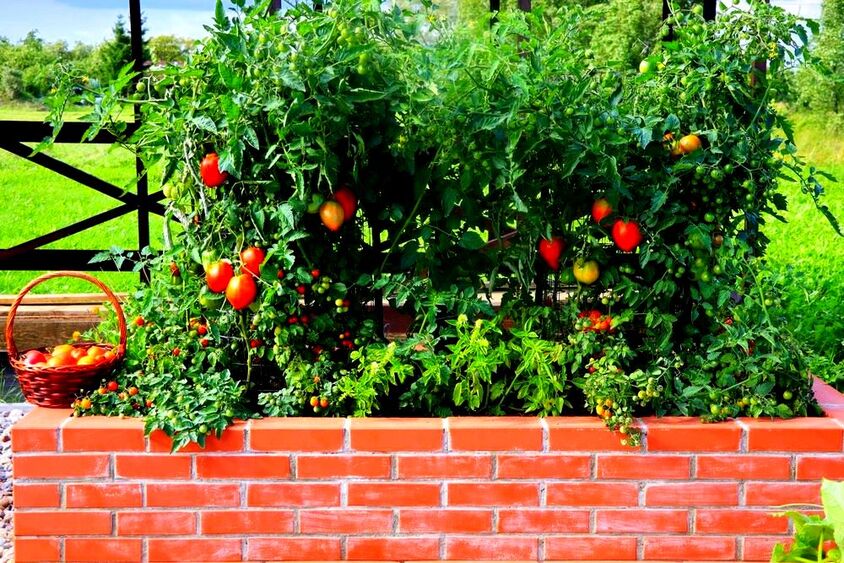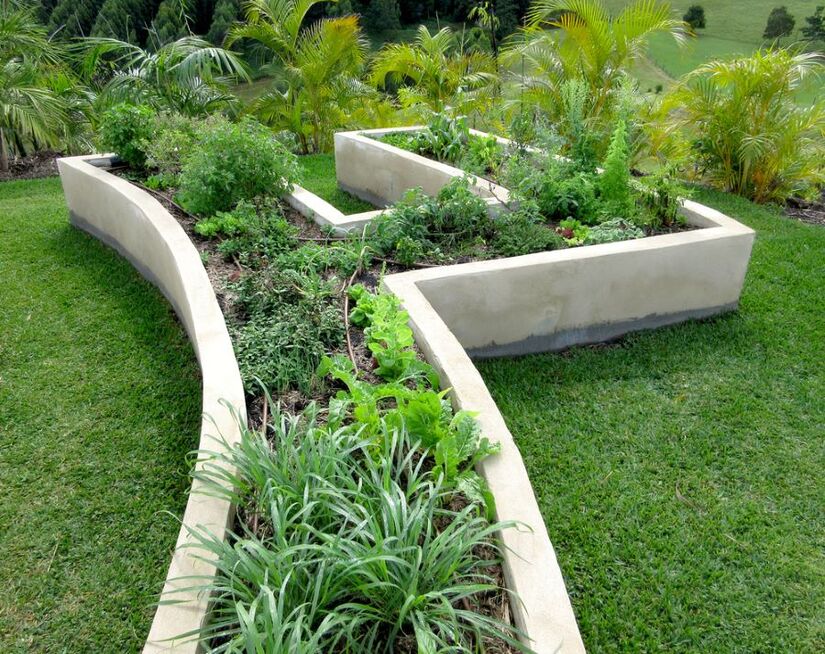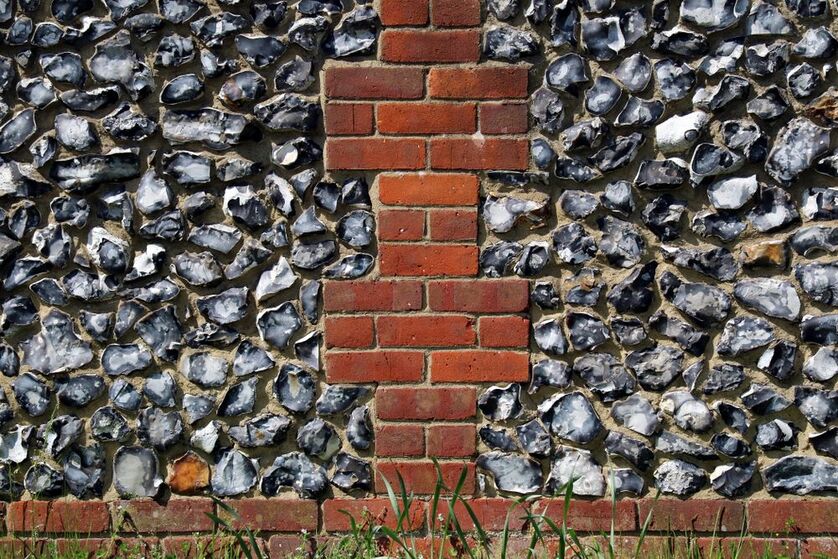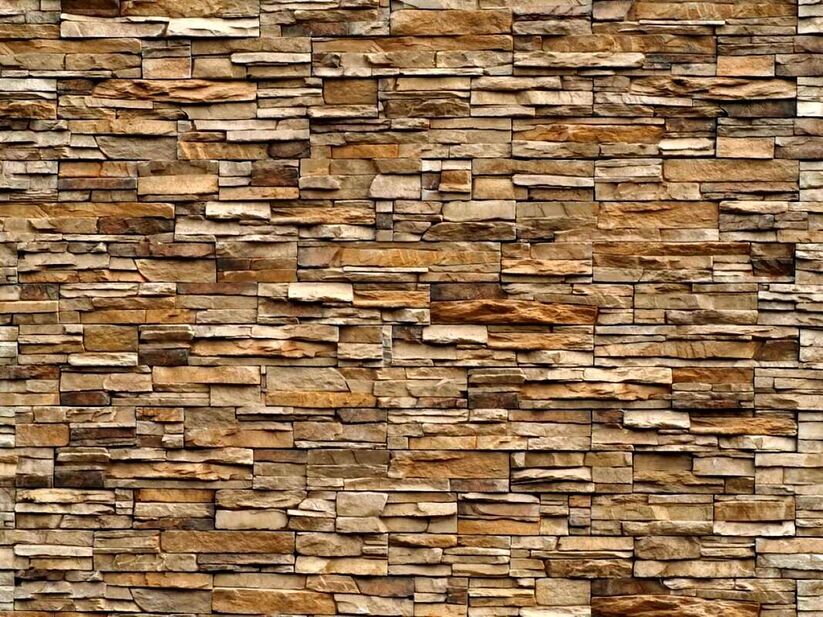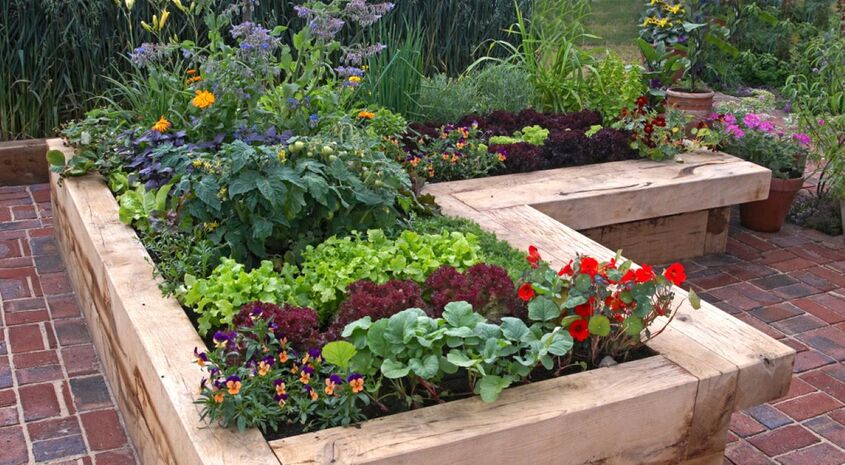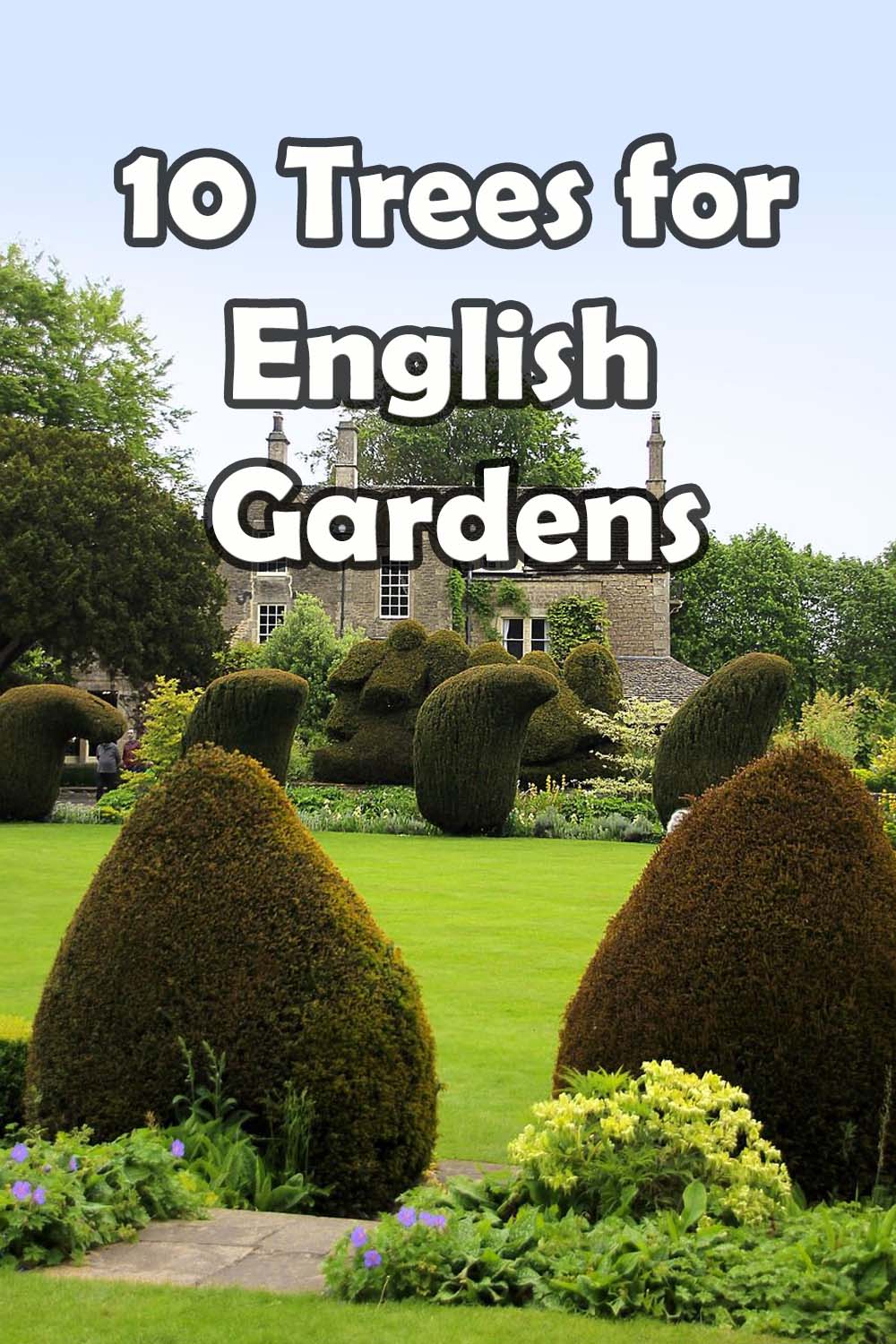|
This article contains affiliate links
When it comes to choosing the best shrubs for borders you need as much seasonal interest as possible.
Evergreen shrubs with white flowers provide the perfect contrast between vibrant white blooms and lush green foliage. Such a contrast has been a much loved garden display for centuries! As well as providing exciting contrast evergreen shrubs also give that year round appeal that deciduous varieties lack. White flowers have long been associated with purity and elegance which is perfect for various garden styles. Consequently, in this article I will list and summarise 10 evergreen shrubs with white flowers perfect for any garden theme. 1. Camellia japonicaCamellias are loved for their elegant look and big, stunning blooms. With over 3,000 kinds available, camellia japonicas provide a variety of shapes, sizes, and colours including snowwhite selections. They thrive in partial darkness or full sun, favouring acidic soil rich in organic material. Consistent watering guarantees perfect development, while pruning assists in maintaining shape and size. Plant these as specimen shrubs or integrate them into blended borders for extra aesthetic allure. 2. Viburnum tinus
Viburnum tinus is also called laurustinus. It has small white flowers together in groups, with the flowers containing shiny green leaves. Although it can thrive in varying soils and light levels, it does well in soil with good drainage and some cover from strong winds. When fully grown, viburnum tinus can reach 12 feet tall. It makes a very good hedge to provide privacy. 3. Sarcococca confusa
Sarcococca confusa, commonly called sweet box, is a shrub known for its delicate white flowers that emerge in abundance followed by attractive black berries. Its compact size and growth habit make it well-suited for smaller garden spaces, requiring minimal upkeep beyond occasional pruning following its blooming period. Thriving wonderfully in deep shade, sarcococca confusa proves itself an invaluable plant for areas beneath trees where other shrubs often struggle, unable to receive enough sunlight. Its highly fragrant blossoms release a delightful scent that can be enjoyed even during colder periods, lifting spirits with their perfume from afar. Sarcococca confusa serves as a low-maintenance option capable of adding beauty to shady spots. 4. Escallonia iveyiEscallonia iveyi produces large clusters of small, star-shaped white blossoms against its dark green leaves. This plant is well-suited for coastal gardens thanks to its tolerance of salty conditions, typically reaching heights between six to eight feet and spreading equally as wide. It's recommended to place escallonia shrubs near patios or outdoor seating areas so you can fully appreciate their lovely fragrance. Slightly trim the branches shortly after flowering to promote a fuller, bushier appearance. 5. Choisya ternataChoisya ternata, also known as the Mexican orange blossom, is a shrub that produces lovely clusters of fragrant white flowers several times throughout the year. Reaching heights between four to five feet with an equivalent spread, it makes an excellent choice for lining foundations or blending into borders with other plants. Adaptable to various soil types and locations receiving full sun or partial shade, choisya needs little attention once settled as long as it is supplied with water during dry periods. Its attractive blooms and adaptability make choisya a low-maintenance option that offers beauty to gardens over multiple seasons. 6. Daphne odora
Daphne odora, also known as Aromatica or winter daphne, features very fragrant pinkish-white flowers from late winter to early spring. This small shrub, reaching three feet tall, has a big impact visually and provides a strong and pleasant smell. It prefers locations with partial shade and moist but well-draining soil. Mulching helps daphnes retain moisture and shelter roots during colder periods. Take care not to let the soil become too dry, as this can cause leaf loss and weakened growth. 7. Leucothoe fontanesiana
Leucothoe fontanesiana, also known as the drooping leucothoe, is a shrub that produces lovely cascades of small, white, bell-shaped flowers along arching stems. It forms spreading mounds up to six feet wide and two feet tall, making it well-suited as a groundcover or to plant in large groups. This deer-resistant plant thrives in different light conditions, from partial shade to full sun. It prefers soil that is consistently moist and enriched with organic material. Leucothoe fontanesiana adds seasonal interest beyond just its delicate blooms, with vibrant fall foliage colors before its leaves drop for winter. This shrub is low maintenance once established and its cascading bell flowers provide beauty throughout the year. 8. RhododendronRhododendrons come in thousands of varieties and hybrids, with many bearing eye-catching white flowers surrounded by evergreen broad leaves. They range in size from tiny miniatures to substantial tree-like forms, so there is a rhododendron suited to every garden. Most prefer partial shade and soil with low pH; however, many modern cultivated varieties are exceptions to these requirements. Be sure to keep the soil consistently moist by mulching and watering adequately, especially during hot summer weather. Maintain moisture retention through mulching and supplying sufficient irrigation, notably when temperatures are very warm. 9. Viburnum davidiiViburnum davidii is quite unique due to its distinctive horizontal branching structure. Bold, veined leaves and pure white flowers adorn the branches. Later in the season, colorful fruiting bodies emerge, first displaying red colours which eventually transitions to blue-black. Known for being hardy and adaptable, viburnums can reach heights and widths of around six feet. They thrive in various soil types and areas with different levels of sunlight. With annual pruning to remove dead wood and encourage fresh new growth, these stunning shrubs provide structural form alongside floral displays. Their branching pattern, leaves, flowers, and fruits make them stand out from other landscape plants. 10. Pieris japonica
Pieris japonica, or Japanese pieris, adds a sophisticated look with its glossy leaves stacked in rows and flowers clusters of white bells. During spring the fresh new foliage has a pinkish tone making them look like flowers They can grow to be 12 feet tall and wide too if given enough space. They require an acidic soil and to be planted where there is some partial shade.
Thank you for reading our article on 10 evergreen shrubs with white flowers! Below I will link to some other articles you may find useful.
'As an Amazon associate I earn from qualifying purchases'
0 Comments
This article contains affiliate links
Shrubs can form the perfect backdrop to flower borders providing both height and structure. However shrubs also have many other attributes including a broad variety of foliage and flowers. Some of the very best shrubs have distinctive visual attributes which add interest throughout the seasons. This is particularly the case with evergreen shrubs with flowers! Not only do you get to admire their seasonal blooms but foliage which lasts around the calendar. These evergreen shrubs with flowers are particularly valuable for any gardens planting design. In this article, I identify and summarise 15 fantastic evergreen shrubs with flowers. From radiant reds to stunning whites these shrubs are sure to inject some seasonal splendour into your garden paradise. 1. RhododendronRhododendrons are a very popular shrub loved for their attractive form and dazzling display of colourful flowers. These flower colourations include; red, pink, purple, yellow and white. The flowers appear in spring or summer depending upon the variety. Originally from regions across Eurasia and North America they are often evergreen but also sometimes deciduous. Preferring a more acidic soil, they are a great choice woodland gardens or for adding evergreen backdrops to borders. 2. AzaleaAzaleas are deciduous or evergreen shrubs loved for their colourful flowers and decorative foliage. A close relative of Rhododendron Azaleas are similar and much more compact. This makes them much more suitable for smaller garden borders. Originating from Asia and North America these shrubs can tolerate both acidic soil and partial shade. Their carpets of colourful flowers can add real seasonal drama to shady beds and borders. 3. CamelliaCamellias are highly valued for their glossy foliage and stunning flowers. Originally from East Asia these evergreen shrubs prefer well drained, acidic soil and partial shade. The flowers come in a variety of forms including single, semi double and double blooms. These rose like flowers come in a range of colours including; red, pink and white. The late winter and early spring blooms provide much needed early season interest. 4. GardeniaGardenias are an extremely attractive evergreen shrub with waxy foliage and fragrant flowers. The blooms typically white or yellow give off a very pleasant scent and exotic appeal. Originally from sub-tropical parts of Asia and Africa they are perfect for tropical style gardens. Despite its exotic appearance this shrub is quite hardy and able to tolerate numerous growing conditions. 5. Viburnum
Viburnums are a broad genus of flowering shrubs native to North America, Europe and Asia. Although some Viburnum are deciduous many are evergreen with attractive flower clusters. Flowers typically range from white through to cream, pink, yellow and very often sweetly scented. As these shrubs come in a diverse range there is generally a variety perfect for most gardens. Viburnum generally flowers during spring and summer and many are followed by attractive berries. 6. DaphneDaphne is a small to medium sized shrub highly valued for their delicate but attractive flowers. The white, pink or yellow four petaled flowers are much adored for their sweet fragrance. These shrubs are evergreen although some varieties will lose their leaves in winter. Most Daphne’s flower in winter, this provides much needed interest during the colder months. Preferring a well drained soil and sheltered position it is perfect for borders around the home. 7. PierisCommonly referred to by its full scientific name (Pieris Japonica) this shrub is both elegant and compact. During spring it produces clusters of small bell shaped flowers which resemble Lilly of the Valley. The foliage is small, pointed but also glossy giving it a coarse but visual texture. Its branches have a slightly arching form making it extremely decorative. Peris also has very striking autumn colour making it a good all-rounder. This flowering evergreen requires a well drained soil and partial shade. 8. EscalloniaEscallonias are ornamental evergreen flowering shrubs with glossy, oval leaves and small but vibrant flowers. The flowers typically come in shades of white, pink and red with contrasting stamens. Originating from South America and particularly the Andean region they are reasonably hardy and tolerant. To do their best they require a fertile and well drained soil. 9. Ilex (Holly)More commonly known as Holy, Ilex is an evergreen, large, shrub or small tree favoured for its foliage, flowers and fruits. Many ornamental specimens have variegated leaves which have bold and contrasting shades of green. In spring this shrub produces multiple and delicate white flowers which are followed by bright red fruits in autumn. Native and widespread throughout the northern hemisphere it is extremely robust and hardy. 10. Sarcococca (Sweet box)Commonly known as (Sweet Box) Sarcoccoca is an evergreen shrub with pointed glossy leaves originally native to Asia. They are particularly valued for the dark green leaves which look almost artificial. During late winter the plant produces small white flowers which have a very pleasant fragrance. The flowers scent has an ability to perfume the surrounding air and are replaced by decorative black shiny berries. 11. Mahonia (Oregon grape)Commonly known as Oregon grape and scientifically known as (Mahonia aquifolium) this evergreen shrub is a much loved ornamental. Originally from North America and Asia it has glossy, holy like, leaves and a vertical posture. This shrub has the ability to tolerate damp soils and can thrive within partial shade. In spring it process decorative yellow flower clusters which are a welcome sign of spring. The flowers are flowed by small purple, grape like berries which add to its ornamental value. 12. SkimmiaSkimmia japonica is a decorative, evergreen shrub loved for its glossy leaves and showy flowers. Originally from China and Japan this plant is extremely popular for its resilience and ornamental value. During spring it produces clusters of small white or pink flowers which have a very pleasant fragrance. The flowers are also followed by vibrant red berries which add to its appeal. This shrub has the added benefit of being able to tolerate shady conditions. 13. LeucothoeAlso known as Doghobble, Leucothoe are evergreen shrubs much loved for their decorative foliage and bell like flowers. Depending upon the particular cultivar, the leaves can display shades of orange, red or purple. During spring and early summer they produce small clusters of white bell shapes flowers. This shrub is the perfect plant for providing all year round interest to garden borders. They like a moist but well drained soil and can tolerate partial shade. 14. Erica (Heath)Perhaps more commonly known as ‘Heath’ or ‘Heather’ these small shrubs are highly prized for their radiant foliage. Typically native to Asia, South Africa and Europe these plants are tough and resilient. Traditionally found within exposed landscapes they can tolerate poor soil conditions. Their evergreen foliage comes in a range of colours including pink, purple, yellow, orange, red and green. They produce small, delicate, white flowers during the late winter and spring. 15. Kalmia (Mountain Laurel)Commonly known as the Mountain Laurel this evergreen shrub is a popular garden and landscaping specimen. Originally from Eastern North America it has small glossy green foliage which provides a good visual texture. Although slow growing, it can be clipped into shapes and hedges once established. During early summer it produces clusters of striking cup shaped white, pink or red flowers. Kalmia prefers a well drained soil and will tolerate partial shade.
Thank you for visiting our article on 15 evergreen shrubs with flowers! Below I will link to some other articles you may find useful.
'As an Amazon associate I earn from qualifying purchases'
This article contains affiliate links
The importance of garden edging can most often be underestimated. Edging borders and retaining edgings form the very structure and connectivity throughout a landscape design.
As well as structural elements, edging also needs to adhere to common design factors such as colour and texture. This can be no less the case with black garden edgings. Black is a colour tone much favoured within modern and traditional garden schemes. It can form bold contrasts as well as match in with natural stone and planting schemes. Here I will list and describe some of the best products and materials for installing black garden edging. Brazilian black slate
Brazilian black slate has become a favourite paving material for paths and patios. Although this slate is more of a charcoal grey it turns jet black when it is wet.
This gives it some extra interest during seasonal weather changes. Brazilian black slate now comes in a wide range of edging materials including copings and setts. These can make exceptional garden edging and borders to various landscaping installations. Brazillian black slate paving can also be cut into edging strips and installed for a variety of purposes. Black limestone
Like Brazilian black slate, black limestone has become a favoured paving material for modern style patios. Unlike lighter paving, black limestone can offset day to day dark staining from bird poop, dead vegetation and drink spills.
There are now many black limestone products including setts and cobble stones for garden edging. These can be very effective at contrasting green lawns and make amazing lawn or flower border edging. There is also black limestone walling available which can make extremely effective black retaining edging. Flexible black plastic garden edging
There are many flexible plastic black garden edgings currently on the market. These are marketed as lawn edging installations which reduce the need for manual cutting and edging
Although many of these edgings are effective, some cheaper products are not very robust. If going for plastic edgings make sure you go for robust and high quality products. As a general rule I think plastic should be kept to a minimum within landscaping installations. However flexible plastic edgings do have their place for smaller garden projects. Blue engineering bricks
Blue engineering bricks are robust and impermeable bricks used for a wide range of construction applications. These bricks are fired at extremely high temperatures to give them a glazed and impermeable surface.
This gives them a smooth look and strong colour tones. Although named ‘blue engineering bricks’ they actually are very dark navy blue making them look almost black. This makes them quite effective to be used as black landscape edging around patios and lawns. Engineering bricks have an impervious nature making them extremely weather resistant and durable. Core edge Flexible black edging
Core edge is a well known brand of flexible steel landscape edging perfect for contemporary projects. This metal edging comes in a wide range of colours including weathered steel, brown and green.
The black edging is perfect for edging loose aggregates and edging lawns. These powder coated edgings slot together to form a continuous flexible edging perfect for curves. These edgings have a reinforced ground spike which can be tapped into the ground or hunched with concrete. Charcoal block paving
Block paving has long been associated as a paver for surfacing only driveways. Often however these pavers have proved themselves as very versatile garden edging. Block paving is extremely hardwearing with a high load bearing capacity. This makes them perfect for edging gravel areas as well as creating mowing edges to lawns. Most block paving products and ranges come in a range of colours including charcoal. Charcoal block paving makes a very effective black edging for many landscape applications. Black porcelain
Porcelain paving has now become one of the most popular paving products on the market. These pavers are effectively a large, robust tile, specifically manufactured for outdoor paving. Generally it is lighter coloured porcelain which has become the most popular application. There are however many charcoal and black porcelain pavers and edging products. Some of these include black porcelain planks and cobble stones. Black porcelain slabs can also be cut into strips, setts and blocks to make black landscape edging.
Thank you for reading our article on the best black garden edging! Below I will link to some other articles you may find informative below.
'As an Amazon associate I earn from qualifying purchases'
This article contains affiliate links
With the onset of winter brings a bleak and bare time in the garden. Deciduous trees and shrubs have shed their leaves and most plants have reclined into dormancy.
There is never a more important time to enjoy any life or colour the garden has to offer. This is especially so for bare walls, fences, and other vertical surfaces. But there is hope! Some climbing plants do provide some seasonal interest during the winter months. Delicate, scented, blooms as well as vibrant, evergreen; foliage are just some of the delights on offer. In this article I list and summarise 8 climbing plants that look great in winter. These plants can be the perfect way to brighten up walls, trellises and other structures during the leaner months! 1. Winter Jasmine
Commonly also known by its Latin name ‘Jasminum nudiflorum’ is a deciduous climber originally native to China. This plant is particularly sought after for its bright yellow blooms during the depths of winter. The flowers appear before the leaves giving this Jasmine a striking appearance. The Jasmine is perfect for providing some winter cheer adding colour to walls and fences.
2. Clematis Armandii
Clematis Armandii is a strikingly beautiful vine which produces clusters of large white flowers in late winter. The flowers are extremely fragrant filling the air particularly in sheltered gardens and courtyards. This Clematis has the added benefit of being evergreen making perfect for screening bad views. Originally from China and Tibet it can tolerate cold and is extremely adaptable.
3. Winter sweet
Winter sweet is a deciduous shrub and originally a native to China. This shrub is loved for its late winter flowers which are yellow and highly fragrant. Although technically a shrub it can easily be pruned and trained up trellises and other vertical structures. Preferring well drained soil and partial shade in can do well in most planting positions.
4. Star Jasmine
The star Jasmine is a particularly beautiful climbing plant which has an exotic look and feel. It has a typical jasmine flower which emits a very pleasant summer fragrance around July time. As it is evergreen it is the perfect way to screen boring surfaces or bad views around the home. During winter the leaves can turn radiant shades of orange and red adding seasonal drama. This climber prefers well drained soil and a sheltered sunny site.
5. Persian Ivy
Persian ivy is a vigorous vine originally from the Caucasus region of Western Europe. Also known by its scientific name (Hedera Colchica) it has large, decorative, leaves which are often also variegated. As an evergreen vine it provides the perfect opportunity for screening bad views and covering bare surfaces. Persian ivy is generally not fussy growing in partial shade and preferring a well drained soil.
6. Winter flowering honeysuckle
Native to china the Winter Flowering Honeysuckle is a deciduous shrub loved for its early spring blooms. The flowers are creamy white and have the typical honeysuckle shape. The flowers emit a citrusy fragrance which is extremely pleasant on sunny winter days. This shrub can be trained and pruned to fill vertical walls and structures. It likes a well drained soil and sunny position but will tolerate partial shade.
7. Winter clematis
Also known by its Latin name 'Clematis cirrhosa' this climber is loved for its beautiful winter flowers. Originally from the Mediterranean region it has dark and delicate foliage and white, bell shaped flowers. It has a long winter flowering season which attracts and feeds hungry pollinators during the colder months. Being from the Mediterranean it prefers a well drained soil and sheltered spot.
8. Japanese quince
Japanese quince is a deciduous shrub native to Korea, China and Japan. Although not technically a climber it naturally lends itself as a climbing shrub with some pruning. This shrub is loved for its brightly coloured winter flowers which appear on bare stems. The flower colours include; white, pink, orange, and red. The Japanese quince is tolerant of most soil types and aspects making it a resilient choice.
Thank you for reading my article on the best climbers for winter! If you require planting services do not hesitate to contact us. I will leave some more of our planting articles you may find useful below.
'As an Amazon associate I earn from qualifying purchases'
This article contains affiliate links
If there is one thing that defines the very essence of English gardens it is the ore striking beauty of their borders.
English garden borders are generous with complex combinations of colours, textures, foliage and forms. Such intricate planting design historically evolved from passionate horticulturists and endless hours of experimentation. During England’s time as a global empire explorers and plant enthusiasts scoured the globe for rare and exciting plants. This led to a national obsession of dazzling planting displays and horticultural excellence.
Such excellence can be seen today in English gardens such as the world famous Kew, Sissinghurst andGreat Dixter.
From centuries of horticultural tradition to the latest gardening techniques English garden borders are the envy of the world. Here I will summarise the fundamental elements of English garden borders for a greater understanding of their success. If you want to create your very own English garden border keep reading for our comprehensive guide! English garden border design
English garden border design is a process of forming stunning plant displays which capture and celebrate the beauty of plants. English garden borders are normally are a response to a landscape design concept or specific theme. They are idolised for their dramatic display of seasonal colour and flowering displays. Some fundamental elements which make English borders so alluring is their use of; structure, colour, texture, contrast and seasonal interest. We will look at these fundamental planting design elements more closely below. Structure
Structure has always been a key element within English garden borders creating spatial hierarchy and a feast for the eye. It is very common for English borders to be backed by finely clipped hedges such as yew. This fine texture provides the perfect background to appreciate a borders planting display. Occasionally the front of borders will have finely clipped low hedging which creates a formal border. This border framing is a common feature which originated from historical, classical influences of the 1700’s. English garden borders are also commonly organised into distinct layers or tiers. Low planting and groundcovers are placed at the front and gently rise towards the rear of borders.
This allows the eye to follow the planting level up towards the rear of the border. It is also common for English planting to form pyramids of interest within borders. This packs more visual stimulation within a compact space.
Such a well worked structure within English gardens is a testament to their popularity. This planting hierarchy creates more visual interest within a limited amount of space. Such structured planting design requires a good knowledge of individual plant species and holistic planting palettes. Colour
English garden borders have always been well known for their vibrant use of colour. Any planting designer will know not every plant will look good all year round! Therefore a holistic and seasonal approach must be implemented to make borders interesting throughout the seasons. One of the largest contributors of colour within English garden gardens is the summer flowering season. English borders are famous for their use of colour combinations which work well and compliment the surrounding landscape. For example, a combination of blues, pinks and whites creates an atmosphere of tranquillity and serenity. Reds and yellows can create a more dramatic and exciting mood!
It is common for English garden designers to arrange plants according to specific colour palettes. This enables the designer to conform to specific design styles or themes.
Attention is also given to other seasons where flowers may make more of a localised impact. The use of colour within English gardens is not only restricted to the summer months! English gardeners also implement plants which have decorative stems, bark, fruits and seasonal colour. During winter coppiced Salix and Cornus can light up borders with their vibrantly coloured stems. Many shrubs are also grown specifically for their brightly coloured foliage tones. Texture
Visual textures are fundamental elements within English garden planting displays. Texture is not only admired from foliage of specific plants but at various distances from the border itself. Well clipped hedges may present themselves as smooth blocks within the landscape. Well positioned shrub plantings may manifest as coarse textures which contrast perfectly with lawns and hedges. Most English garden borders typically incorporate random novelties within planting displays. Do not be surprised if a block sunflowers or corn on the cob features abruptly. This is because English borders like to draw upon the excitement of supprise within their schemes. Varying textures cause a level of visual satisfaction and always evoke an emotional response.
Provoking a response can also be seen in the English love for more exotic plants within an their borders. Plants like Caster oil plant with their serrated leaves can cause dramatic textures and movement. Bamboos and tall ornamental grasses are also utilised to celebrate vertical walls of texture.
Hard landscaping elements can also help to create textures within English borders. Gravel mulches can be used around planting beds especially those with a Mediterranean feel. Screens such as woven hazel panels can be erected to the rear of borders to form textured backdrops. Trellis can also act as supports for various climbers which can provide walls of texture to borders. Contrast
Contrast is more of an important element within English gardens than some may expect. Contrast can add variation and excitement into a planting scheme as well as visual diversity. Some of the most impactful contrasts are colour contradictions within the planting design. There are many ways this can be achieved by leveraging the effect of flowers, foliage and the seasons. For example, the white bark of silver birch looks spectacular against a backdrop of red foliage. Contrast is also celebrated by the juxtaposition of planting with varying foliage tones. This can be exacerbated by growing specific coloured foliage within larger blocks creating even more dramatic contrasts.
Contrast can also achieved by adding novelty specimens and surprise plant combinations. This could be a species which has exceptional size or height than surrounding planting.
Or perhaps something more novelty or exotic compared to the surrounding plants. Bold contrasts can also be celebrated by leveraging the seasons. Bulbs can be planted on mass to create seas of colour when not much else is growing. Plants with multiple seasonal attributes can help to boost contrast throughout the gardening calendar. For example Crab apples will have exceptional spring blossom followed by lush foliage, autumn colour and then ornamental winter fruits. Seasonal interest
Seasonal interest and change is a key element of the English garden border. England has always had exceptionally changeable weather with cold winters and warm summers. However England also has a maritime climate which means it never gets as cold as the European continent. During early spring English gardens have the opportunity to benefit from a great diversity of bulbs. Snowdrops are followed by crocus and daffodils, then followed by tulips and late spring perennials such as Lupins.
Early summer becomes a vibrant display of emerging foliage and flowers. Various shrubs, climbers, perennials and summer bulbs come together to create amazing colour displays.
Autumn offers the opportunity to benefit from seasonal foliage displays and late flowering plants. This time of year is full of fruits and berries which signal the arrival of winter. Winter time is a period when English garden borders do not have to be empty! This season is a time to leverage the beauty of colourful bark and stems. Some trees and shrubs are evergreen or hold their golden leaves like beech.
Ornamental grasses turn attractive hues of golden yellow giving a drama to winter borders. There are also many winter flowering climbers and shrubs that will create excitement during this time of the calendar.
To make an English border exceptional at any time of year you will need to harness seasonal change! This will need to become a fundamental part of your planting design strategy and planting pallet. However, if you are not a professional garden designer this is easier said than done! A good strategy is to visit show gardens local to you at different times of year. This will give you an idea of what seasonal novelties grow well in your area. Alternatively a good book on planting design with seasonal change is a great alternative! Designing with precedent
One of the best ways to start designing your very own English garden border is with precedent. By visiting well known English gardens such as Sissinghurst and Wisley you can get plenty of inspiration. However, if you do not live in England or cannot travel, precedent images are just as Effective! These can be found by simply doing an online images search. Searching images of English garden borders will give you lots of design inspiration! Marking out your bordersOne of the first steps of creating an English garden border is by marking out its shape. Before you do this you may want to think about how your border will work with the rest of your garden. This can be investigated by sketching ideas onto a scaled plan or over printed images of your garden. Mark out your borders with pegs or line marker spray so you can start preparing your soil. Soil preparation
If your existing bed is currently lawn you will have to remove the top layer of grass. This can be achieved by chipping off the top inch of lawn with a sharp spade. The underlying soil will normally be compacted and nutrient poor so it will require amelioration. Turn the soil over in spade sized clods and break it up as much as possible! You will need to add as much organic matter as you can, well rotted manure or shrub compost works very well. If your soil is very heavy and sticky like clay you also may benefit from adding some sand or grit. Wait for a warm, dry day and break up the soil clods further with a tiller machine. Why not visit our article on how to improve garden soil here. Planting English garden borders
When selecting your plants for your border younger plants will be more affordable and establish faster. However, you will have to have a rough idea of how large each plant will become. Getting a plants spacing correct will enable them to mature and realise their natural form. This may require some research and preparation before you plant into the soil.
Set out all your plants into position with their appropriate spacing. You should be able to fill the beds surface area you have planned for, if not you can space them out more. Plant each plant into a planting pit twice the size of their root ball.
Consolidate the soil around the root ball well at the surrounding soil level. When you have finished planting make sure you water each, individual plant in well. Establishment
Once planted, your young plants will take some time to become established. It is very common for newly planted plants to not grow very much for the first few months. This is because they are putting down roots and building up strength. When planted in autumn your plants will not grow significantly until next spring. If you have planted during the growing season you will have to keep plants well watered as they establish. It is important that and weeds that establish between the plants are removed to stop them competing for nutrients. It is always advised to mulch new planting beds with either organic mulch or bark chippings. Mulching
Mulching is one of the most effective things you can do to for a new establishing border. A generous layer of organic mulch will suppress weeds and also help to retain moisture and improve soil quality. There are many different organic types of mulch you can use including ornamental bark much and wood chippings. Some of the most decorative options include products such as pine bark. For the best results spread a generous layer around establishing plants of around 50mm. This may sound a lot but mulch will slowly degrade over time! English garden maintenance
As your English border becomes established you will need to conduct some seasonal maintenance. Weeds will need to be removed by the roots before they become too large and composted. During hot, dry weather beds will need to be watered to keep the soil moisture content consistent. Dead or dying vegetation should be removed and light pruning applied to fast growing shrubs. Dead and dying material should be pruned away from perennials annually during autumn. There is also the opportunity to lift and divide bulbs and other spreading species to create extra plants. 10 Plants for English garden borders
When planting English borders there is never a set planting palette or species guide to stick to. English gardens are notoriously flexible and adaptable to other influences and styles. However, when it comes to typical plant choices for English borders I thought I would list some classics. Below I have listed 10 plants which are famous for featuring within traditional English borders. Roses
Roses are one of the most recognisable and classically utilised plants within English gardens. They have a timeless beauty, long flowering season and blooms that look and smell enchanting. Traditionally English gardens would dedicate whole borders to these beautiful shrubs. Mass plantings of roses would create a decorative and sweet smelling environment. Climbing roses were also extremely popular clambering up walls and over pergolas structures. Box
Also known by its Latin name 'Buxus sempervivums' is an evergreen shrub with small glossy leaves. Its small foliage and fine texture has led it to become very popular for formal hedging within English gardens. Box was typically used for building structure around borders and pathways within a more classical English border design. Low clipped box hedging would create formal corridors and frame focal points. They were also clipped into formal shapes and even animal forms using the art of topiary. Hollyhock
Hollyhocks are tall perennial flowering plants well known for their use within English and cottage garden borders. These plants are a part of the Mallow family and have tall flower spikes with brightly coloured flowers. In the English border they provide plenty of vertical interest and seasonal change. They have a formal elegance which makes them very suited to the English border style. Hollyhocks are also very attractive to bees and other pollinators and will self sow freely. PeoniesPeonies are a beautiful flowering plant with large, radiant, flowers that signal the start of summer. The flowers have multiple dense layers of petals with give them a rose looking flower. The way these plants quickly shoot up during spring mean they provide much seasonal drama. Due to their low growing nature they are perfect for adding early season colour to the front of borders. Peonies have an exceptional elegance which makes them perfectly suited to both traditional and modern English gardens. Lavender
English gardens have long had an obsession with this Mediterranean herb with a history going back centuries. This small shrub was grown for its exceptional fragrance and both culinary and medicinal uses. In English beds it is often used to along the front of borders and especially either side of pathways. As people brush past and disturb the foliage its adorable scent releases into the surrounding air. This plant also has the most elegant and hypnotic blue and purple flowers which dance on the breeze. Hydrangea
Hydrangeas are a very popular shrub within English gardens due to their versatility and large showy flowers. These shrubs have large and lush foliage which creates a dome like form within the border. This makes them perfect for filling generous English garden planting designs. This shrub also has a high shade tolerance and able to cope with multiple soil types. Hydrangeas have a long flowering season making them great value in English garden borders. Lilies
Lillies are probably one of the most dramatic plants in English borders packing a real punch. These plants have stunning exotic looking flowers with a powerful and intoxicating fragrance. During spring, these perennials shoot up on tall stems to produce an amazing early summer display. Lilies are particularly great around doorways or seating areas where they perfume the surrounding air. The fragrance can most be enjoyed during still summer evenings just before dusk. These plants, once established, are also extremely low maintenance but may need an early spring feed. Clematis
Clematis are an extremely varied genus of climbing plants very popular within English garden borders. They are highly valued for their amazing flowers which are decorative complex and striking. In English gardens these are often found climbing over archways and pergolas along pathways or seating areas. These climbers are also particularly useful for covering fences and trellises. Evergreen varieties such asArmandii can also be particularly useful for screening bad views. Many Clematis also have long flowering periods and are often sweetly scented. Foxglove
Foxglove is a woodland wildflower that has long been celebrated within English garden borders. They have tall flower spikes with hanging tubular flowers which are extremely popular with bees. In English borders Foxgloves have the natural ability to self seed and put up with shady competition. This means they can add even more colour and seasonal interest to already established borders. These biennial flowers are particularly favourable for more naturalistic English or traditional cottage garden borders. Geranium
Geraniums have always had a place within the English border due to their versatility and long flowering season. Once established, these plants can form extensive groundcovers requiring very little maintenance. They are perfect for the front of borders and between taller flowering specimens. Geranium flowers are also extremely beneficial to numerous pollinators and beneficial insects. These low growing plants are suitable for both traditional and more modern English garden borders.
If you require English cottage garden creation or garden landscaping services do not hesitate to contact us. Based in Amersham we undertake a wide range of garden landscape projects. Our landscaping services include; brickwork, paving, pathways, edging installation, fencing, drainage systems, landscape design, garden clearances, new lawns garden re-levelling, ponds, wildlife gardens and gravel installation. We cover most of Buckinghamshire including: Hertfordshire, Oxfordshire and the local regions of Amersham, Aylesbury, Beaconsfield, Chesham, Chalfont Great Missenden, Gerrards cross, High Wycombe & Tring
'As an Amazon associate I earn from qualifying purchases'
This article contains affiliate links
English gardens have become one of the most idealised and romantic garden styles. Their notion conjures up images of rural homes, historical buildings and generous borders.
English garden landscaping has evolved over many centuries with numerous global and historical influences. From the Roman Empire to the Victorians English gardens are a rich tapestry gardening traditions and historical styles. English garden landscaping is a combination of horticultural expertise, skilled tradesman-ship and local materials. In this article I will break down English garden landscaping into its individual elements. I will summarise each element and how they can work within English garden landscape design. English garden design
The classical, English garden style we see today is the result of layering differing themes throughout the ages. Many times during the centuries philosophies around landscape design have evolved and changed. This has led to a combination of styles and design philosophies being applied. The two main contradictions within English gardens are the use of both formal and informal elements. Historically English philosophy has battled between taming nature and celebrating more naturalistic landscapes. This can be seen at both small and larger scales. Consequently English garden landscaping is full of bold contrasts and exciting textures. Structure
The structure of English garden landscaping is often defined by bold symmetrical elements dissected by more naturalistic shapes. Bold geometric lines are a typical feature and a remnant influence from the classical era. Meanwhile circulation routes can be less formal, meandering through woodland glades and naturalistic meadows. An English gardens structure is typically defined by its layout, edgings, pathways, borders, hedges, walls, architectural elements and focal points. All of which are fundamental elements which make up English garden landscaping. Edging
Edging has a crucial role within English garden landscaping retaining edges and defining borders. As English gardens are a very adaptable garden theme there is no one material best suited for English garden edging. Many materials and products work well including brick, natural stone, sets, timber and metal edging. Why not visitour article guide on garden edging here. Paths
Pathways have always been a crucial element of English garden structure and landscaping. One of the main purposes of pathways is circulation which is how a visitor moves through the space. English gardens are well known for creating a series of journeys and experiences. Paths are normally either paved of gravelled; why not visit our English garden path guide here. Paving
Paving is one of the most premium surfaces within English gardens. Historically only the largest and wealthiest households could afford the luxury of natural stone. Sandstone paving of varying sizes has often been the most popular paving of choice for English gardens. Why not visit our full article on the best paving materials and types for English gardens here. Gravel
Gravel has long been an effective surfacing material within English gardens for a range of applications. Gravel is often spread to pathways, patios and even used as mulch to some borders. England is naturally blessed with extensive, coastal gravel deposits perfect for landscaping. One of the most popular is pea gravel which has a pleasant light colour and speckled visual texture. Decking
Decking is not a traditional element within English gardens but often features within contemporary designs. Historically however, simple deck bridges and timber walkways would travel over wetlands and watercourses. As England experiences low light in winter and high rainfall decks can become slippery. However for modern and urban English gardens decks are very effective. Raised beds
Raised beds have been implemented into English gardens for centuries. These raised growing areas can be built with numerous materials and positioned to enhance a landscapes design structure. The increased growing volume allows for ample amounts of soil drainage and fertility. This is perfect for growing generous planting displays or kitchen garden schemes. Why not visitour guide to English garden raised beds here. Pergolas
Pergolas can provide both functional and aesthetic contributions to English gardens. Firstly Pergolas can add some vertical interest to pathways, focal points and seating areas. In English gardens they are traditionally covered with climbing plants with scented flowers. Typically built out of timber these structures provide defined spaces with architectural interest to landscapes. Screening
As with many gardens there is always a benefit to having some screening. Screening can help to create privacy and also guide the eye towards specific locations or focal points. Living screening such as hedges can become effective wind breaks and acoustic barriers. In English gardens screens can be created out of natural weaved materials such as hazel or willow. Planting
Planting is a crucial part of any English gardens design and landscaping strategy. Not only can planting be a dazzling display of colourful blooms it can many other functions. Planting can frame focal points, provide screening and enhance the structure of a garden design. English garden borders and planting are well known for their attractive displays and seasonal colour. Lawns
There are very few English gardens that do not have a lush green lawn. Lawns provide well manicured and multifunctional surfaces perfect for games, sports and recreation. In English garden landscaping they can also act as pathways along borders and planting displays. The fine texture of their mown surface also provides contrast to other elements such as flower borders.
Thank you for reading our article on English garden landscaping! Below I will link to some of my other English garden articles which may be of interest.
'As an Amazon Associate I earn from qualifying purchases'
This article contains affiliate links
When it comes to English gardens, pathways are not just circulatory routes but vital elements within a space.
Historically, geometric pathways would help to define the structure of a garden design. Even within less formal English gardens pathways can be meandering routes which travel through naturalistic landscaping. English gardens are famous for steering visitors through a series of transitional spaces and experiences. From rustic cobbles to loose and free binding gravels English garden pathways can be rustic or refined. In this article I identify 9 materials perfect for building effective English garden pathways. 1. Brick
Many regions of England are blessed with the perfect clay soil for firing bricks. This has led to a historical use of this natural and durable building material. When laid in paths bricks have a good visual texture and rustic appeal. Bricks are perfect for laying both formal and informal pathways including straight or meandering designs.
2. Self binding gravel
Self binding gravel is a type of gravel which binds tightly together when compacted with water. It is perfect for a range of applications including long and extensive pathways. Self binding gravel comes in a range of natural tones including, silver beige and red. It is often used to surface pathways within English gardens and country estates.
3. Sandstone paving
Sandstone is an extremely popular paving material due to its fine textured surface and attractive colour tones. English gardens traditionally have a preference for sandstone paving as it mimics their native York stone paving slabs. Indian sandstone can be substituted as a more economical way to lay sandstone pathways along borders and around focal points.
4. Traditional block paving
Block paving is a relatively new paving product being only around 50 years old. Primarily this paving’s intended use is to surface driveways and car ports. However its popularity has led to many new block paving styles and products. One of these is the traditional looking 3 sizes block paving such as Tegula. Its ‘cobble effect’ aesthetic makes it the perfect surface for English garden paths.
5. Gravel paths
Gravel has been used within English gardens and landscapes for centuries. In fact, it was the use of gravels upon carriage roads in Britain which led to the development of modern roads. England has a rich supply of costal gravels especially pea gravel which led to it being utilised as a surfacing material. Gravel is a cost effective and traditional way to surface English garden paths.
6. Slate
Slate is a type of metamorphic rock formed over millions of years by extreme geological compressive forces. Slate was quarried from Britain’s mountainous regions for many centuries as roofing and paving material. This makes slate a good choice for English garden paths whether in paving form or by using slate chippings.
7. Granite
Granite is an extremely durable and hard wearing stone with a clean and decorative appeal. Granite has been quarried in England for many centuries in the western counties of Devon and Cornwall. Traditionally granite has featured as a paving material in the form of setts. However, there are many granite paving materials now on the market perfect for English garden paths.
8. Setts
Setts have long been used as a traditional surfacing material around English towns and villages. These durable cubes of stone are perfect for creating robust surfaces which last the test of time. The multiple joints between these blocks give sett surfaces and unique texture. Their traditional usage and timeless appeal make very suitable for English garden pathways.
9. Woodland bark
English gardens are well known for their informal landscaping as well as their formal elements. For more naturalistic pathways woodland bark can be the perfect material for informal areas. Bark can be a great way to create low impact pathways through woodland borders or ecological planting. This is a great pathway material for less formal English garden designs.
Thank you for reading our article on 9 English garden path ideas and materials! Below I will link to some of our other English garden articles you may find relevant.
'As an Amazon associate I earn from qualifying purchases'
This article contains affiliate links
The English have a long history of building walls into their gardens and landscapes. From walled gardens of the Middle Ages, to the historical stone walls of traditional villages, it is no wonder walls have become a key element within English gardens.
Garden walls help to define a garden spaces, provide security, shelter as well as connecting buildings and landscape. Garden walls are often the first part of a property visitor’s will experience. Consequently, English garden walls have traditionally been an element of decoration and splendour. In this article I identify and summarise 8 English garden wall materials and styles. Traditional English garden wallsTraditionally garden walls in England have been built to create privacy and shelter. This idea goes back to the middle ages where settlements were fortified and gardens were for food production. It was often the case higher status would mean more walls providing greater privacy and increased security. Garden walls became a gesture of social status and grandeur. This is why even today In England many houses have large perimeter walls to their frontage.
Traditionally English garden walls were contextual, using local materials and construction techniques.
However English gardens do have an ability to blend with other garden styles or modern more themes. Therefore today, English garden walls can take different forms using a range of different materials. 8 materials & idea for English garden walls1. Rustic red bricks
Rustic red bricks have been used to build garden walls in England for centuries. Produced locally from many of England’s clay quarries these bricks are decorative and versatile. The warm and radiant hues of rustic red bricks harmonise well with lawns, planting and other garden landscaping. It is no surprise rustic red bricks have been a primary choice for building English gardens walls.
2. Reclaimed stocks
One of the most well known traditional English bricks is the old stock. This clay brick was used to build the modern capital city of London during the Georgian and Victorian era. These bricks were hand made using presses often by child labour in poor conditions. This led to many imperfections which give the bricks a unique feel. Their vibrant yellow tones and historical value make them a great brick for English garden walls.
3. Flint
Flint is a naturally occurring stone deposit which is common in some parts of southern England. It is particularly common in East Anglia and the Chilterns where it can be found in abundance at ground level. Its abundance led to it becoming a contextual building material for historical buildings and walls. Flint is a great choice for English garden walls especially in a location where it is abundant.
4. Rendered Concrete block
Concrete block is by no means a traditional English building material. However their high compressive strength and general durability makes them perfectly suitable for garden walls. Concrete block is even more optimum for English garden walls when rendered. Painted render is a traditional finish of walls and buildings throughout coastal regions of England. Painted, rendered concrete block walls are also very suitable for contemporary English gardens.
5. Natural stone wall blocks
Natural stone walls are very characteristic of the English countryside. This is especially so in the rural west and north of the country. In such regions ornate natural stone walls create boundaries to agricultural fields and front garden walls. Natural stone blocks are now available for outdoor walling projects. They are perfect for building robust garden walls with a traditional natural stone feel.
6. Concrete block with cladding
The English garden style is one that has become popular for its elegant charm and use of traditional materials. However English gardens have an ability to incorporate many different design themes and more modern materials. Garden walls built with concrete block can be tiled or clad in any material you choose. This makes concrete blocks with cladding a viable option for English garden walls with a difference.
7. Dry stone walls
Dry stone walls are found throughout rural Britain and are the product of skilled workmanship. These walls have been laid for centuries helping to contain livestock and defining boundaries to property. Dry stone walls are often constructed from randomly sized, loose rocks found locally. These walls use no mortar and are a very effective method of building traditional English style garden walls.
8. Timber sleepers
Timber sleepers are large sections of timber traditionally produced to base railway lines. In recent times however their potential as a landscaping and building product has flourished. Sleepers are loved for their natural tones and rustic feel which work well within gardens. They are fast to fix together and require no heavy concrete foundation like masonry materials. This has made sleepers a popular building material for English garden walls, especially with a more contemporary theme.
Thank you for reading our article on English garden walls.! I will link to some of my other articles on English gardens below you may find relevant.
'As an Amazon associate I earn from qualifying purchases'
This article contains affiliate links
English gardens are famous for their rustic charm and combination of both formal and informal landscaping.
English garden paving can be as varied as the gardens themselves with many suitable choices available. From traditional flagstones to quaint cobblestones your paving choice can greatly affect the character of your project. Whether your English garden is a classical and formal design or a more modern interpretation there is something for all tastes. In this article I list and summarise 10 great paving materials suitable for English garden designs. 1. Yorkstone
York stone has been used as a paving material within English gardens for centuries. This natural sandstone has a beige colour and was used extensively across Britain as a paving material. Quarried in Yorkshire, this paving is still produced today. Although with much cheaper foreign imports the use of traditional York stone has significantly declined. This versatile stone was often laid around large country houses and stately homes.
2. Indian sandstone
Indian sandstone has grown in popularity to now become one of the most popular natural stone pavers. Some of the reasons for its popularity is the radiant colour combinations and reasonable price. Indian sandstone looks similar to York stone making it a suitable alternative for English gardens. Like York stone it often comes in four sizes which when laid together has a pleasant visual texture
3. Slate
Slate is a natural stone found within the mountains of western and northern Britain. Its presence within the geology of the country has led to its use for both roofing and paving. Slate can be used both as a more contemporary of traditional garden style. In country cottages slate is often laid as random crazy paving. Whereas in contemporary schemes calibrated slate pavers are more popular.
4. Brick paving
Bricks have been a popular building material in English gardens due to the countries brick making traditions. With abundant clay subsoil’s, a whole range of different bricks have been produced over the decades. Many English gardens lay bricks as a paving material in various arrangements and patterns. Although very labour intensive brick paving provides a rustic feel and great visual texture.
5. Terracotta tiles
Terracotta has always been popular within English gardens especially in more classical garden styles. Large terracotta pots are often seen either side of pathways and doorways. Terracotta has also been an extremely popular paving material is such gardens. Terracotta tiles and pavers are used to surface pathways, patios and courtyards.
6. Traditional block paving
Block paving is a pre-cast concrete block used to pave driveways and other landscape surfaces. This paving is relatively modern with no real historical use within English gardens. However more traditional block paving such as tegula and Alpha trio have a more traditional ‘cobble effect’ this makes them very suitable for English garden pathways and patios.
7. Setts & Cobbles
Setts and cobbles have been a traditional feature within English towns and villages for centuries. Natural stone setts such as granite setts can be found surfacing traditional paths and roadways across the country. In English gardens cobbles and setts are great for creating paths and seating areas. The setts can be laid in multiple, decorative patterns and arrangements.
8. Limestone
Limestone paving is a very refined paving product favoured for its light tones and smooth texture. Historically in England limestone paving was quarried from the county of Lincolnshire. The limestone was formed millions of years ago from the shells and skeletons of dead sea creatures. It is very common for paving slabs to display small fossils and shells within their grain.
9. Porcelain
Porcelain paving has grown to become one of the most popular paving products available. Far from being a traditional English garden paver they are particularly effective within contemporary English gardens. Porcelain is extremely hard wearing and water resistant making it an all-round effective paving solution. This paving comes in a range of different colours and styles.
10. Crazy Paving for English gardens
Crazy paving is a method of paving which lays down multiple broken or jagged pieces of paving. In England, crazy paving was extremely popular during the 1970s where old broken paving slabs were used for paving. In English gardens crazy paving can be created using a whole host of different paving materials. Broken York or Indian sandstone is particularly effective laid as crazy paving.
Thank you for reading our article on the best paving for English gardens! Below I will link to some other articles you may find useful.
'As a Amazon associate I earn from qualifying purchases'
This article contains affiliate links
The English have always been known for their horticultural prowess and reputation for building exceptional gardens. Raised beds have featured within English gardens for many centuries providing both elevation and visual interest.
As English gardens place an emphasis upon spectacular planting design, raised beds have always had multiple benefits. Raised borders have allowed English gardeners to fill beds with good quality topsoil and organic matter. This means richer growing conditions and improved soil drainage! In this article I will list 7 main building materials for creating raised beds within English gardens. From traditional to contemporary there is a raised bed type for every English garden theme here! English Garden Raised bed layout
Historically English gardens would lay out raised beds in a specific way to allow easy access to planting areas. Pathways would dissect raised beds so gardeners could easily stretch in and maintain plantings. Such raised bed layouts were common place within traditional English walled gardens. These gardens were where many food crops and vegetables were grown.
When it comes to English garden raised bed layout design the biggest influence was the 1600’s. During this time gardens were influenced by more classical styles of geometric shapes and symmetry. Raised beds would make up intricate landscape patterns and walkways. For modern English gardens however it is more practical for raised beds to line fences as well as garden perimeters and boundaries.
7 materials for raised beds in English gardens
1. Dry stone walls
Dry stone walling is an ancient art and one which has been practiced in Britain for centuries. Traditional dry stone walls are built from loose rock and stone found locally within specific regions. These walls are typical of western and northern England where they are used to partition fields. Dry stone walls can be an authentic and stylish way to build English raised beds.
2. Rustic red brick
Bricks have been utilised within English gardens for centuries. Traditionally bricks are used to build steps, retaining walls and of course raised beds. Rustic red bricks can provide the perfect building material to create robust and durable borders. England has a long history of brick production with many regions having the perfect clay for making bricks.
3. Rendered concrete block
Concrete blocks are a robust and sturdy building material for building any type of raised bed. When rendered and painted concrete blocks can provide a more contemporary feel to English gardens. Raised beds built in this way can be capped with copings that match surrounding paving. This can bring a consistency and fluidity to the garden design.
4. Flint
Flint is a type of rock which is extremely common throughout the English countryside. In areas where it is common such as the Chilterns it has been used as a contextual building material. Flint has been traditionally used to build historical buildings such as cottages, churches and garden walls. Very often wall piers are built with brick and the centre filled with flint.
5. Clad Concrete block
The great thing about building raised beds with concrete block is they can be clad in any material. This is particularly useful if you want to emphasise a specific aesthetic to your English garden. If you want to create a traditional look you can use a dry stone wall cladding like in the image below. Alternatively if you want a contemporary English garden you may prefer a modern stack cladding.
6. Natural stone walling
Natural stone walling is similar to dry stone walling with the stone cut into blocks for easy laying. Instead of laying random stones in a dry wall these blocks are laid with mortar like bricks. These natural stone blocks are now widely available and typically cut from sandstones. The stone walling below is cut from sandstone which has radiant tones and colours.
7. Timber sleepers
Timber sleepers are large and robust sections of timber originally produced to support railway lines. Being extremely durable, weather resistant and slightly flexible they are perfect for outdoor construction. With a natural aesthetic and fast to put together they are perfect for creating raised beds within English gardens.
Thank you for reading our article on English garden raised beds! Below I will link some other English garden articles you may find informative.
'As an Amazon associate I earn from qualifying purchases'
|
The Author
|
Serving the landscapes of Buckinghamshire, Amersham, Aylesbury & High Wycombe
Hyde Heath, Amersham, Buckinghamshire |
|
